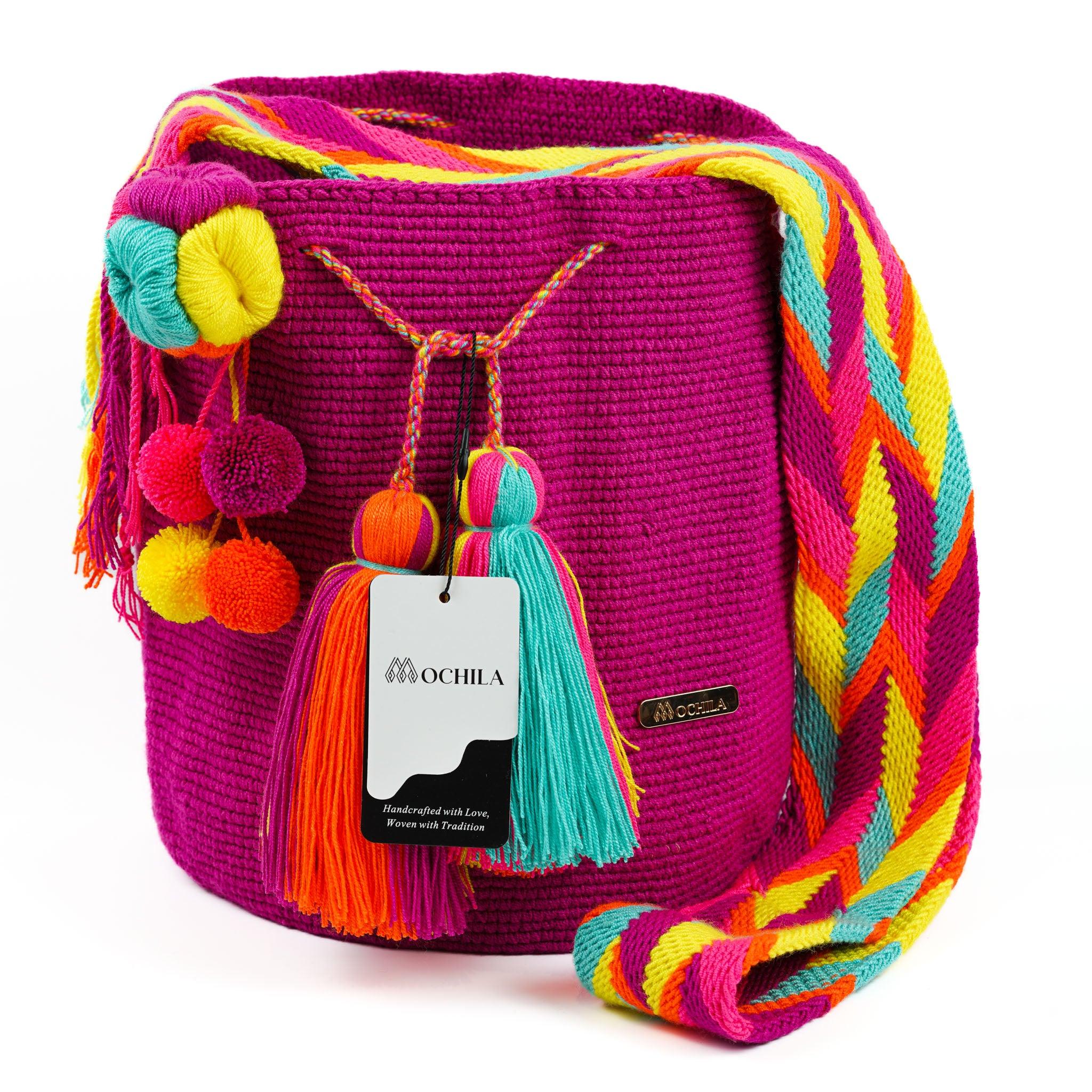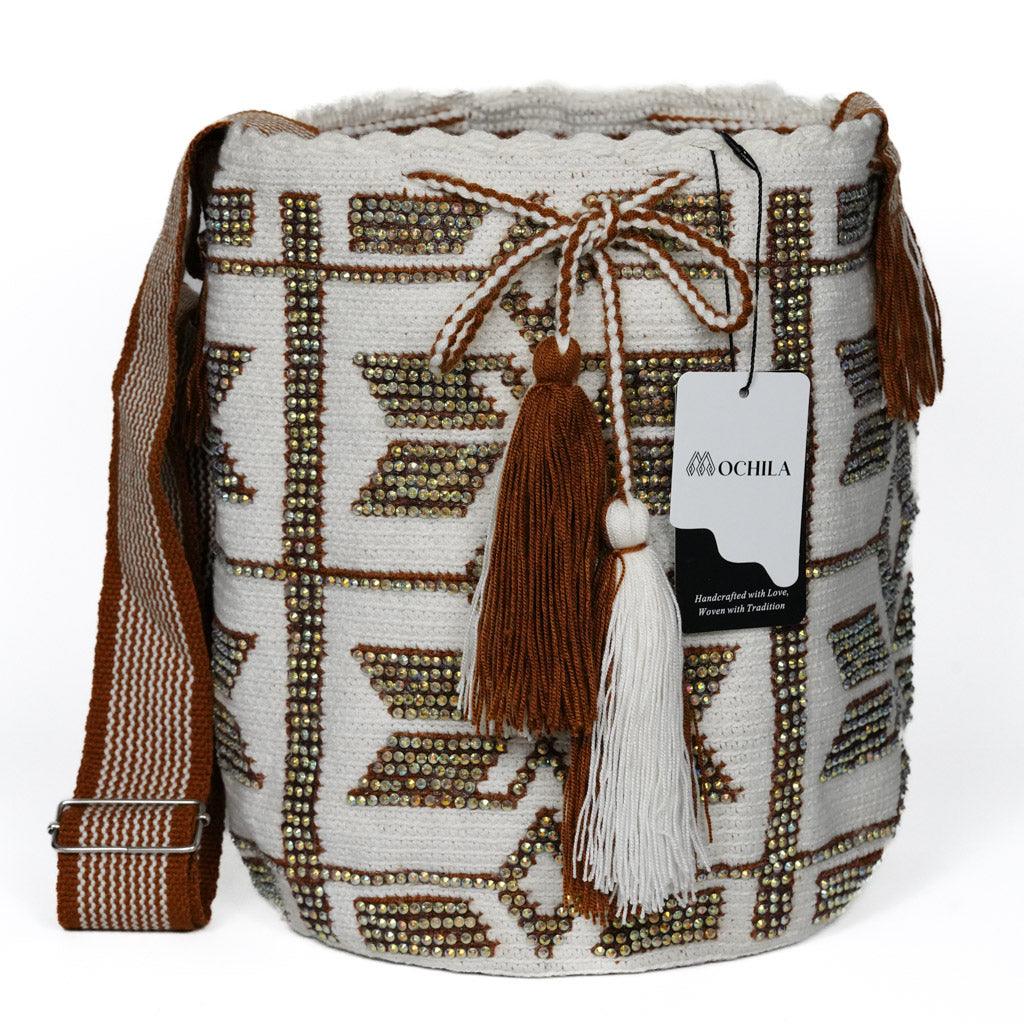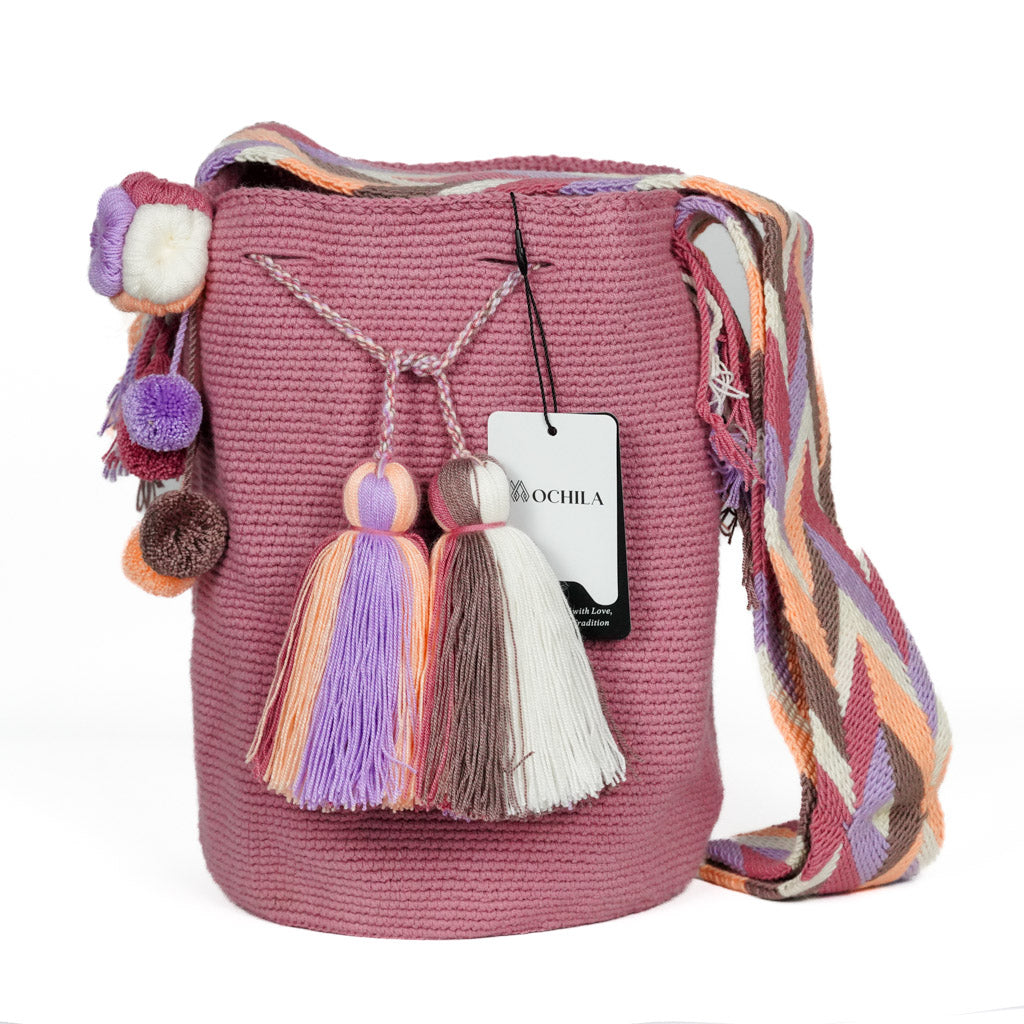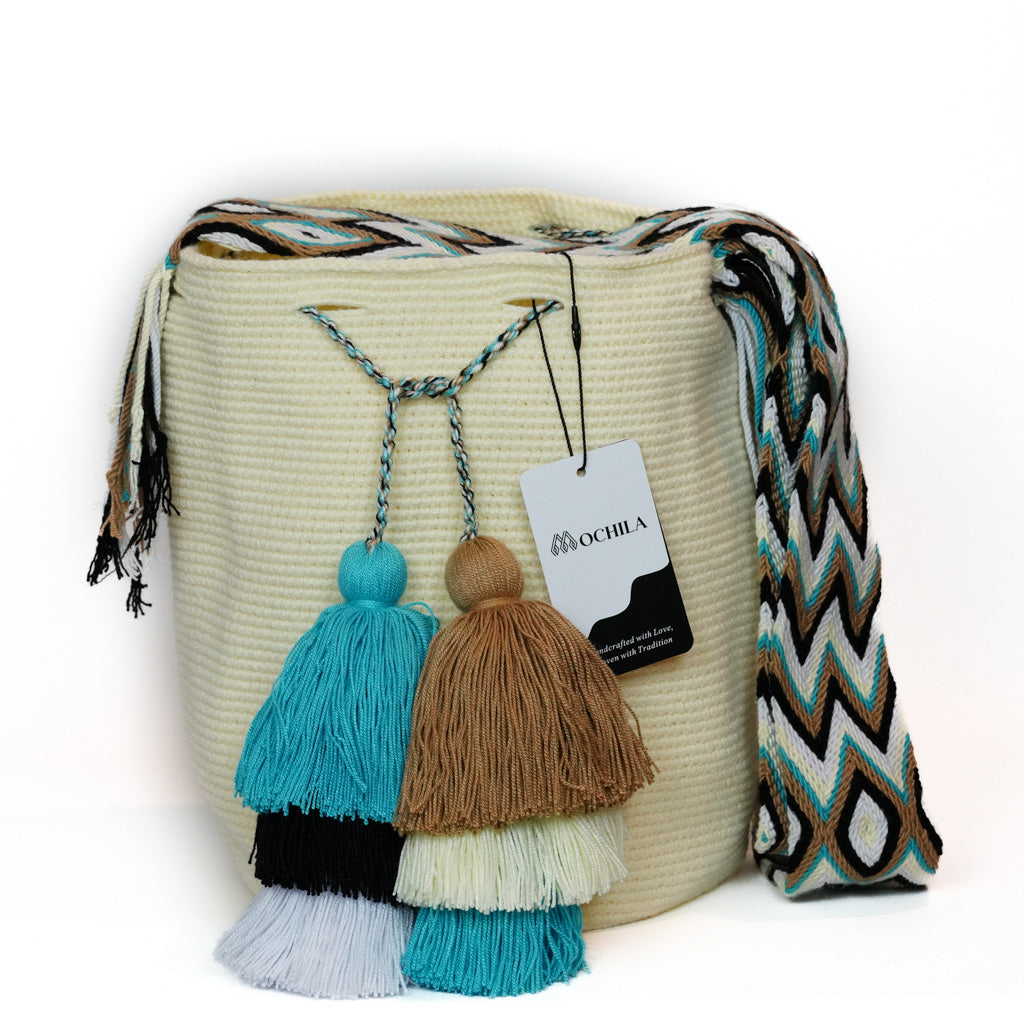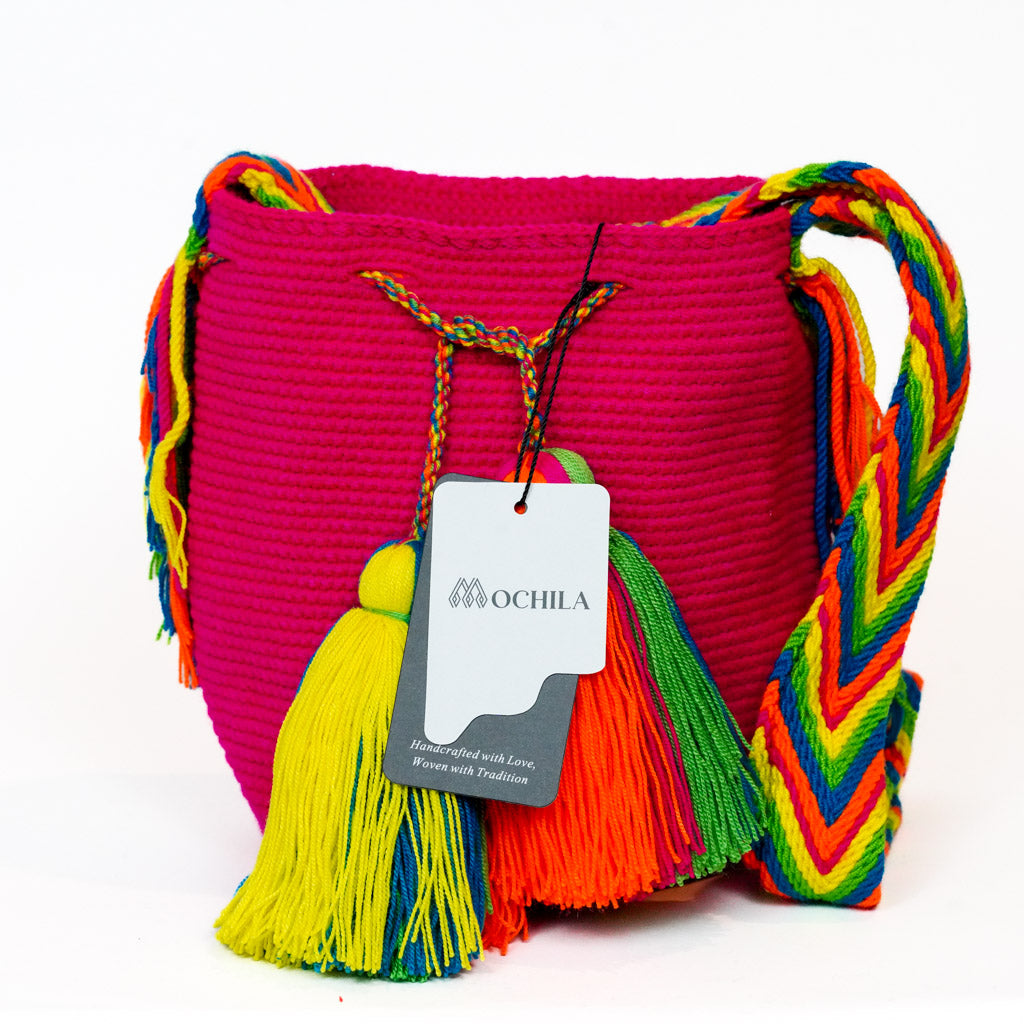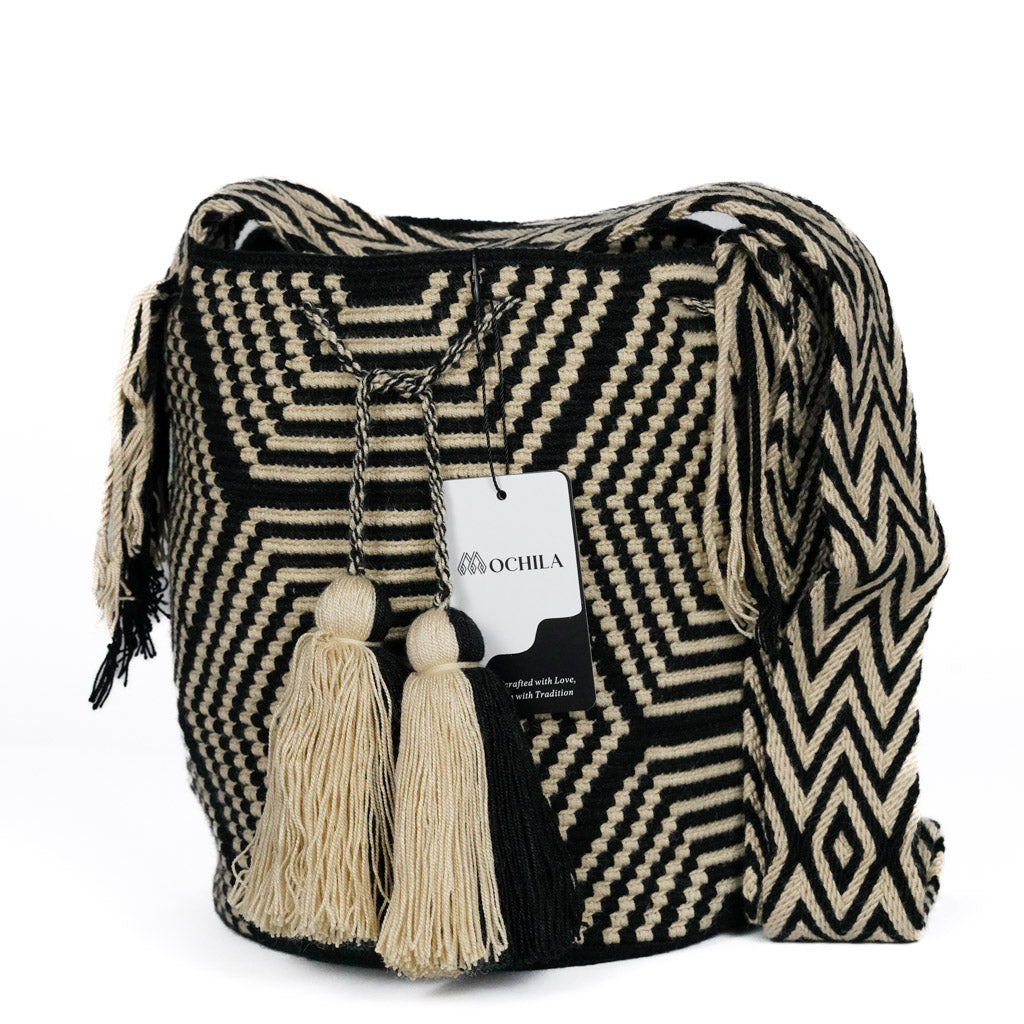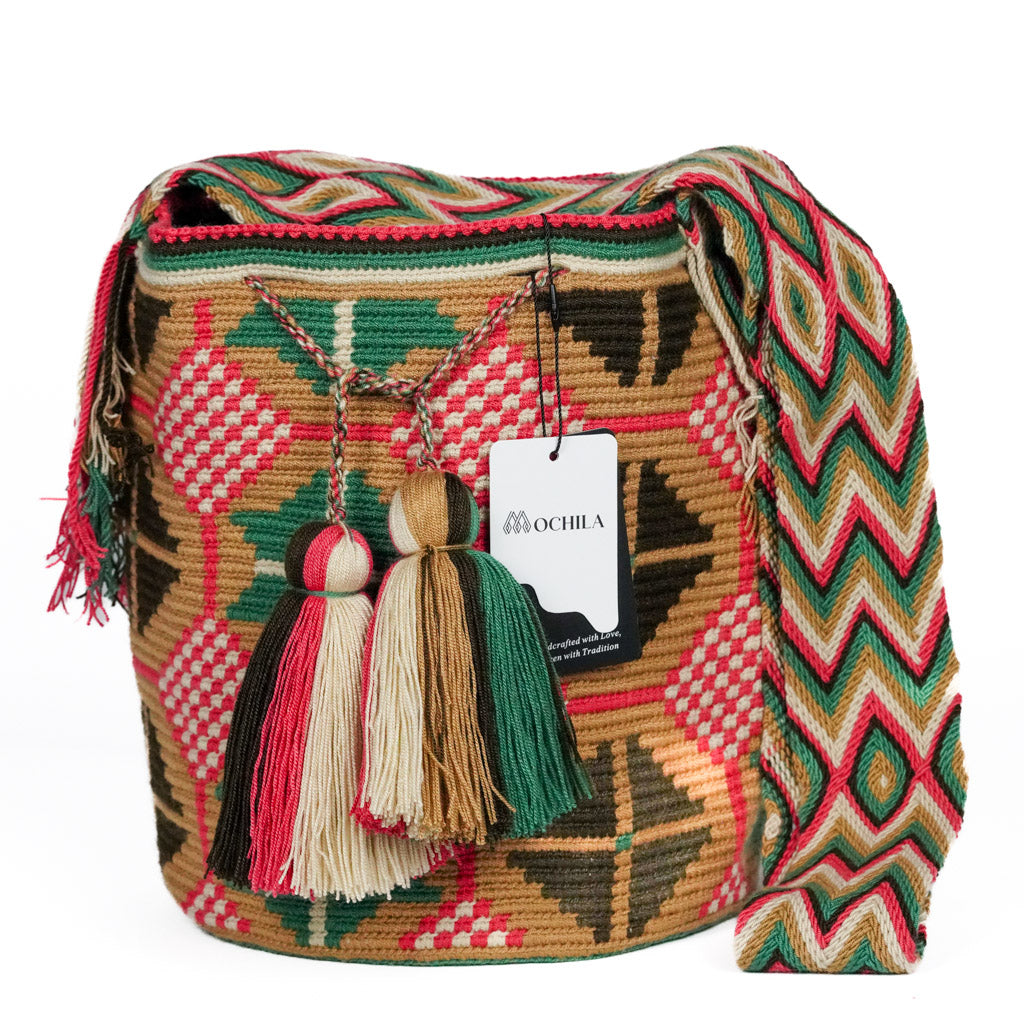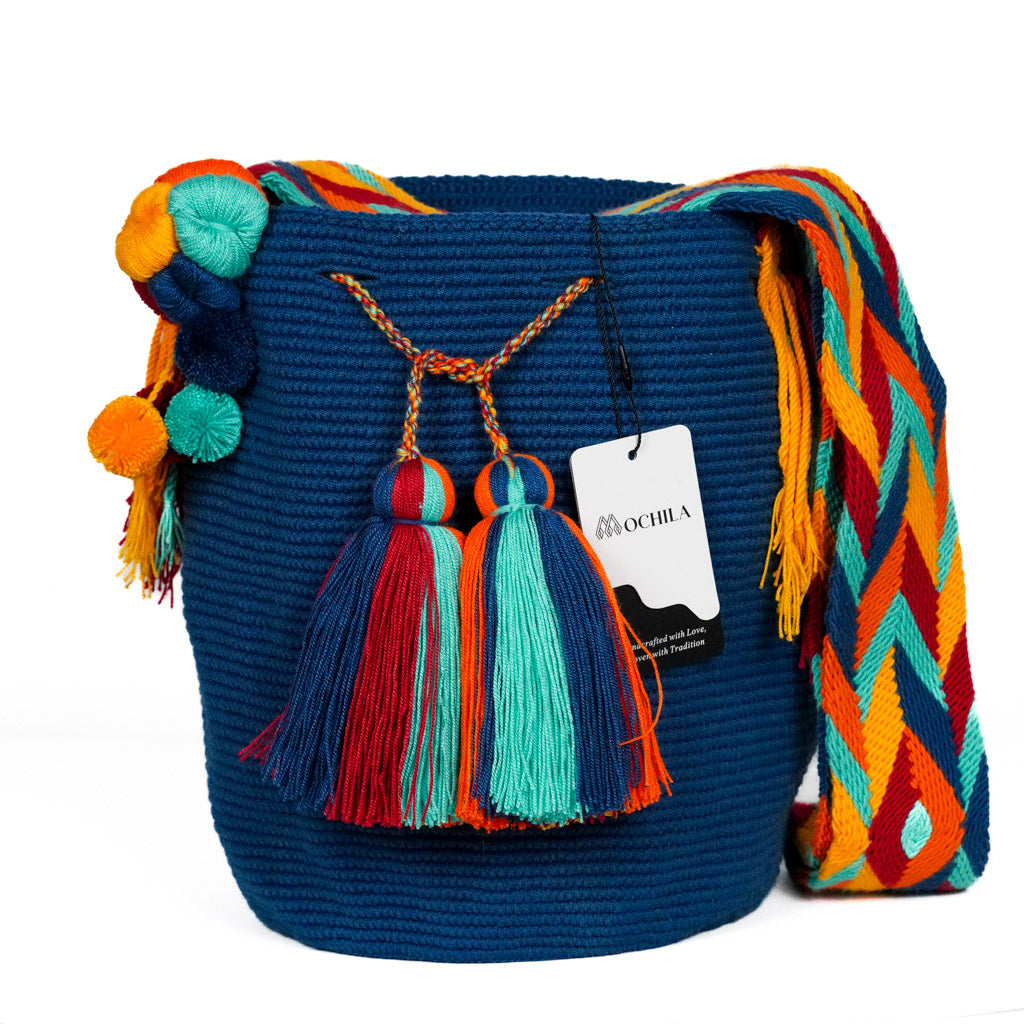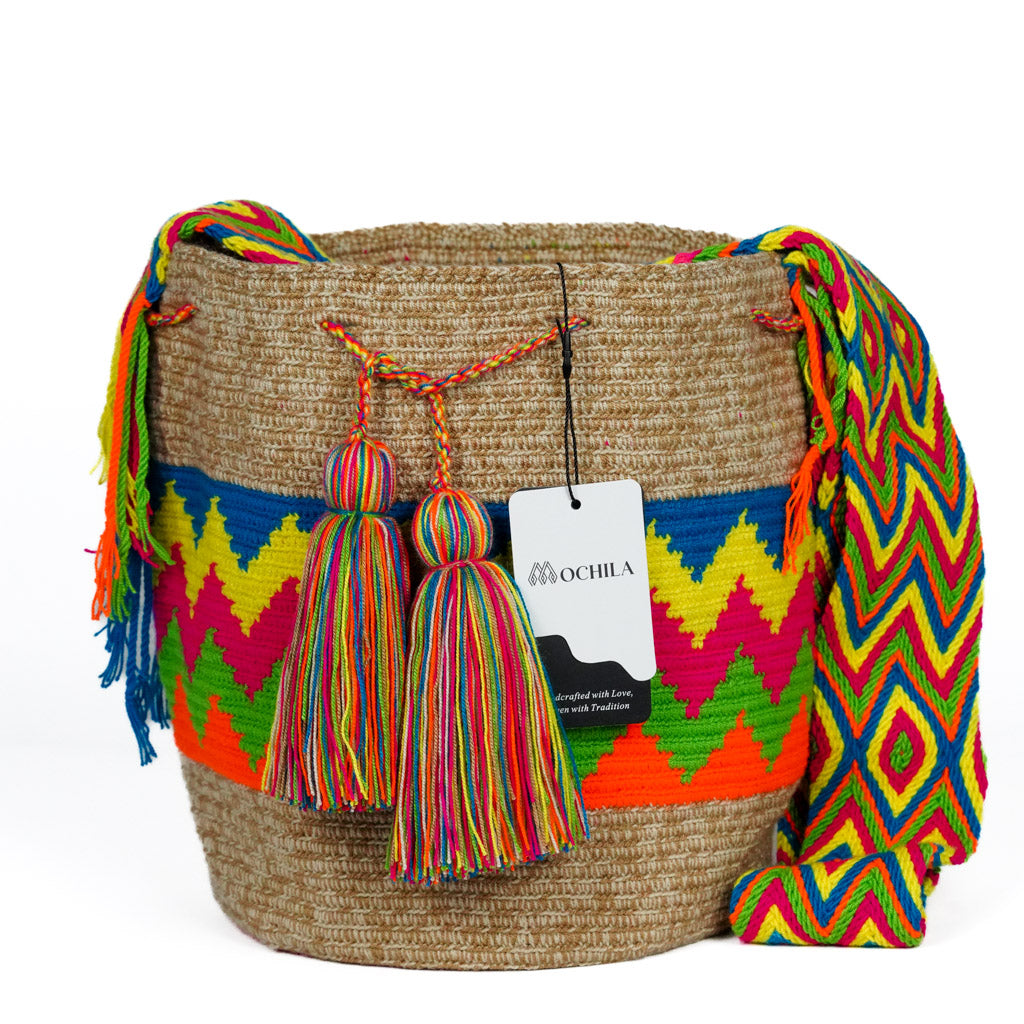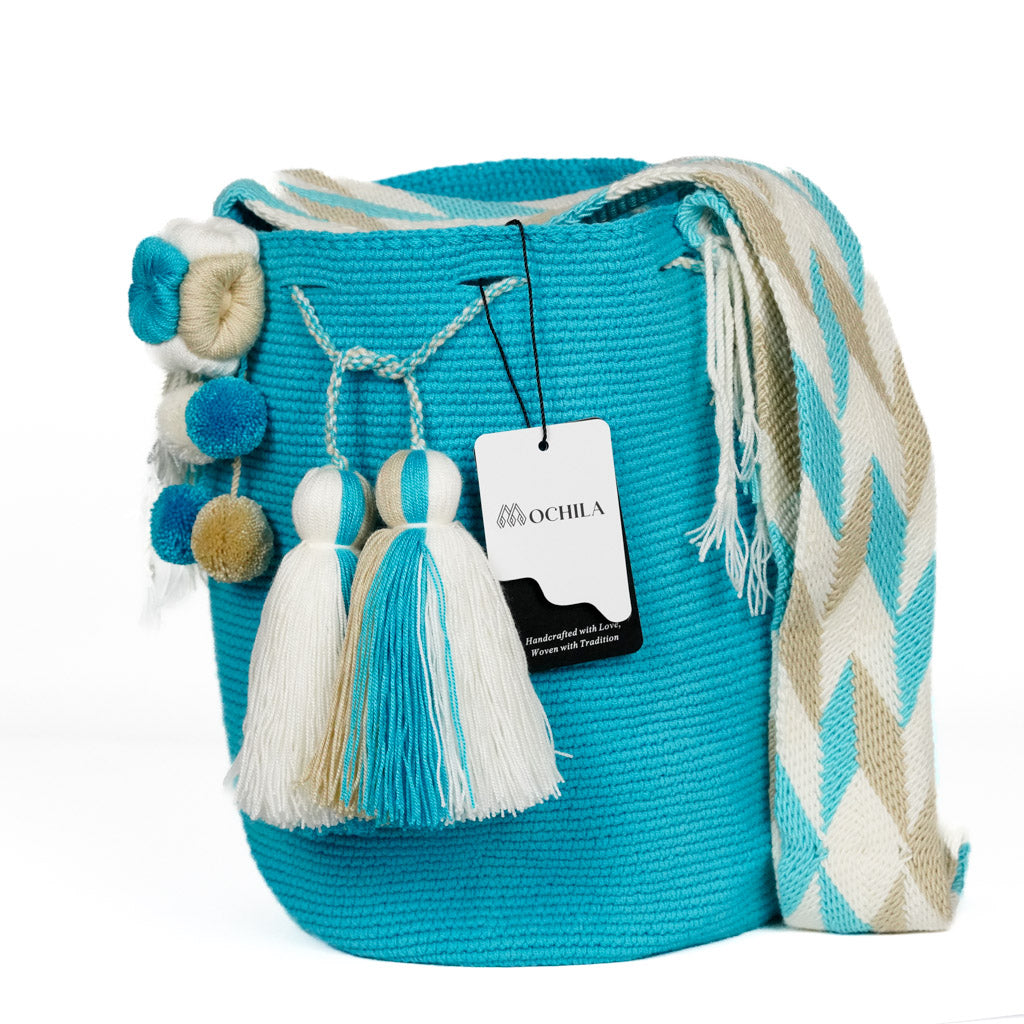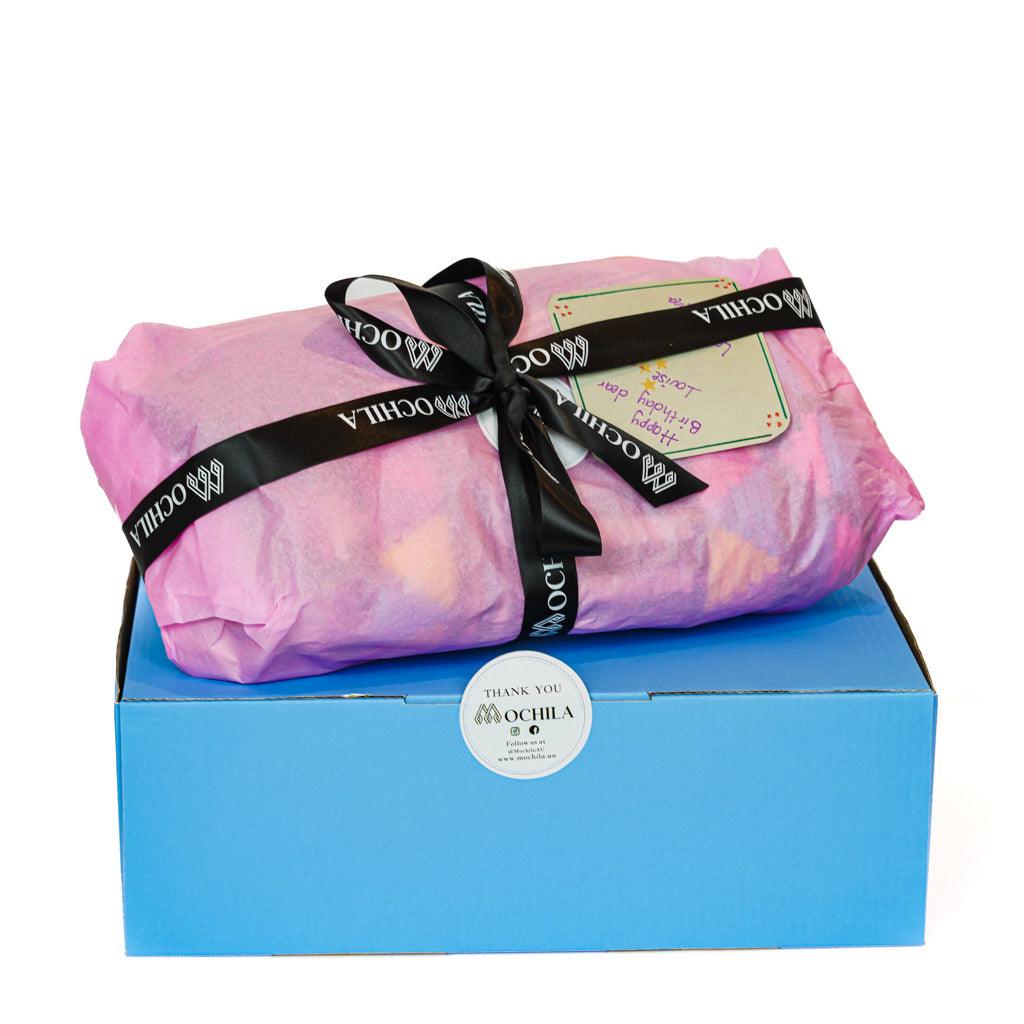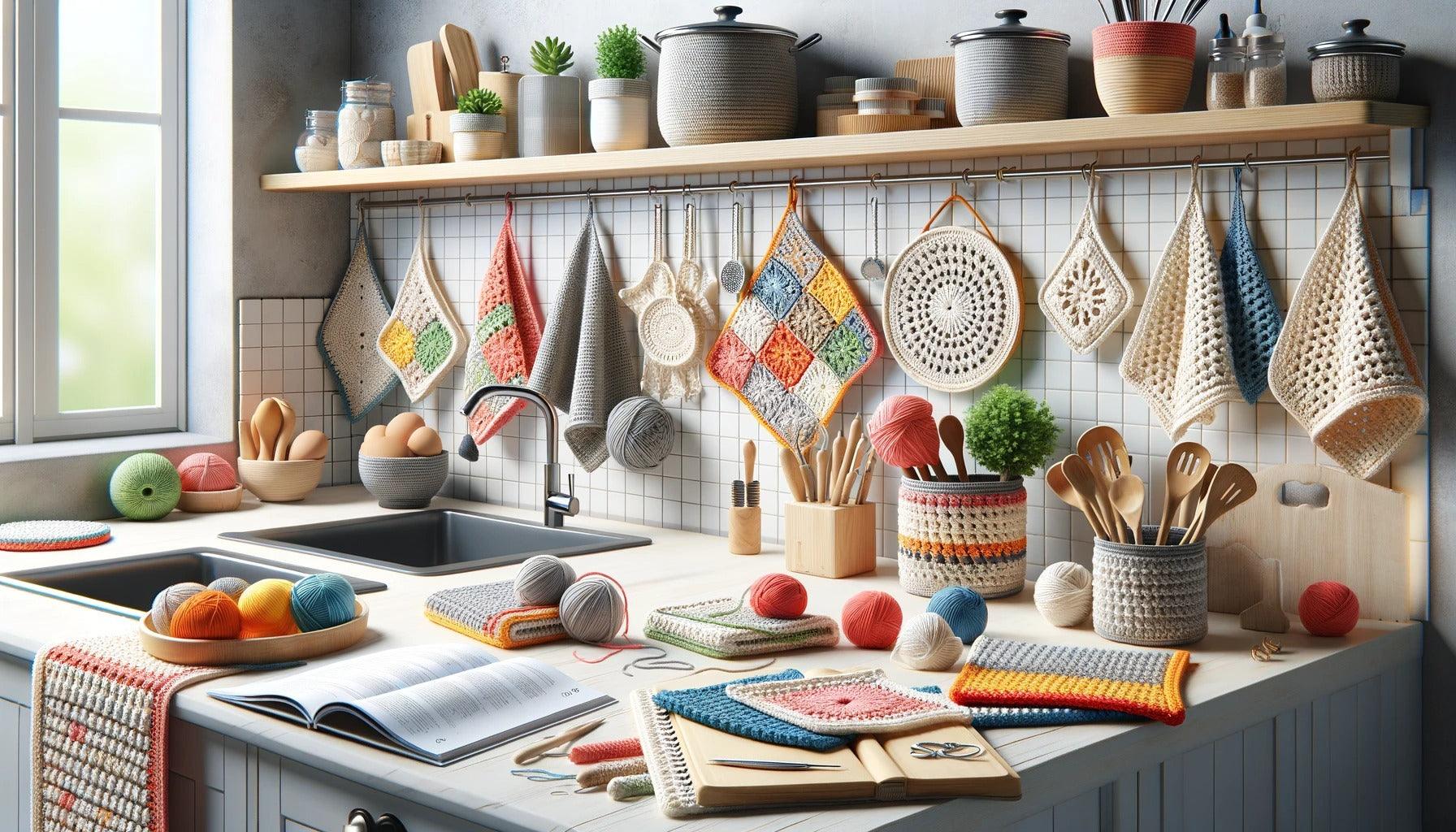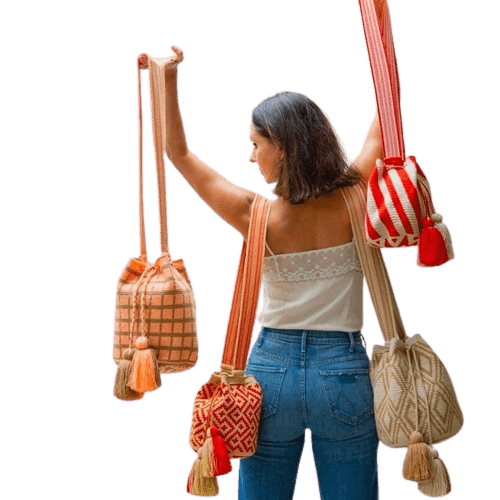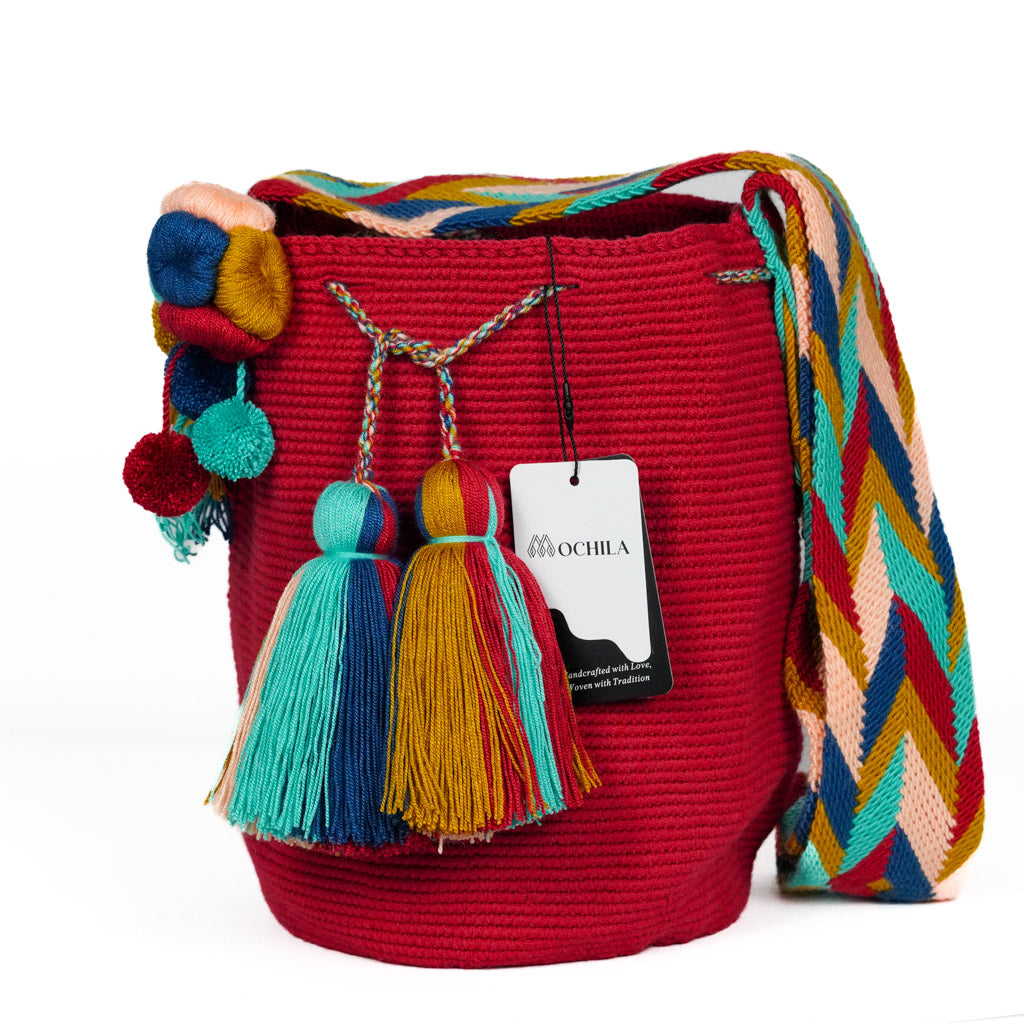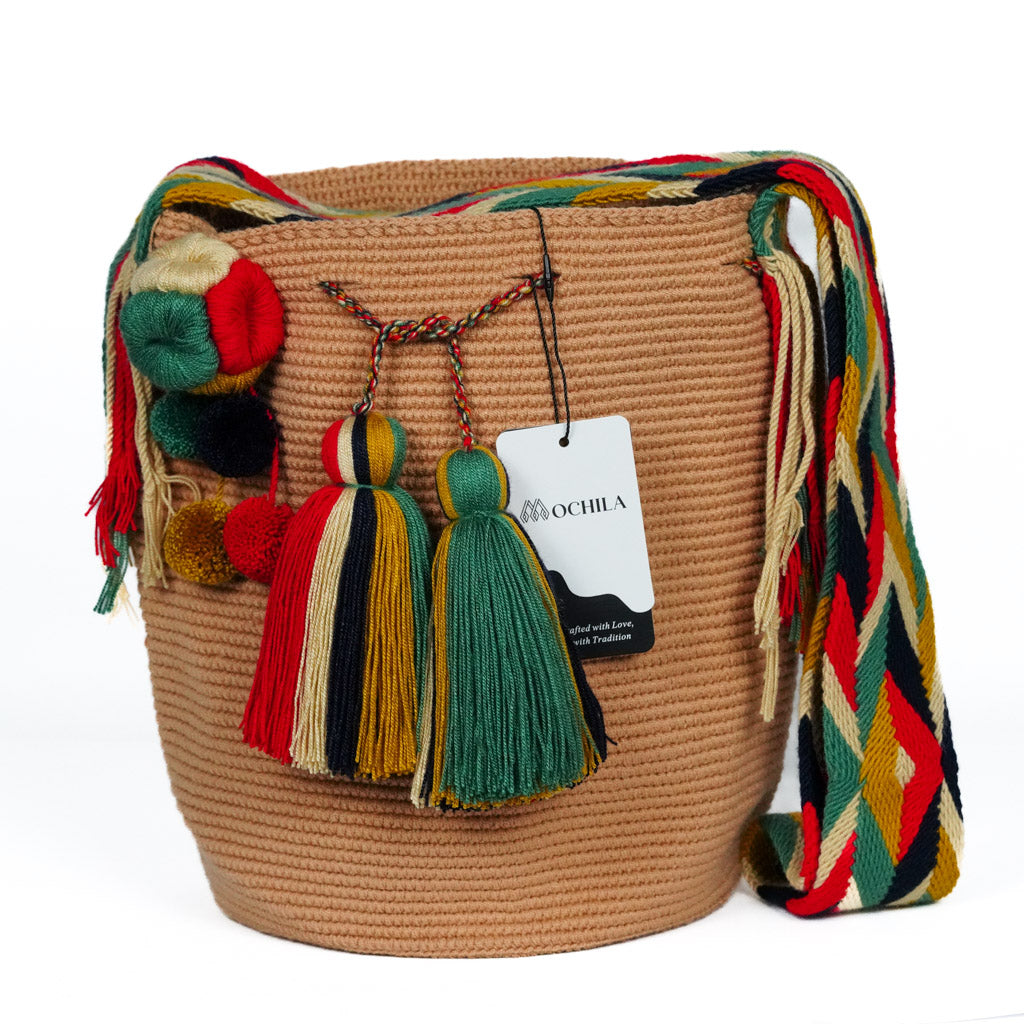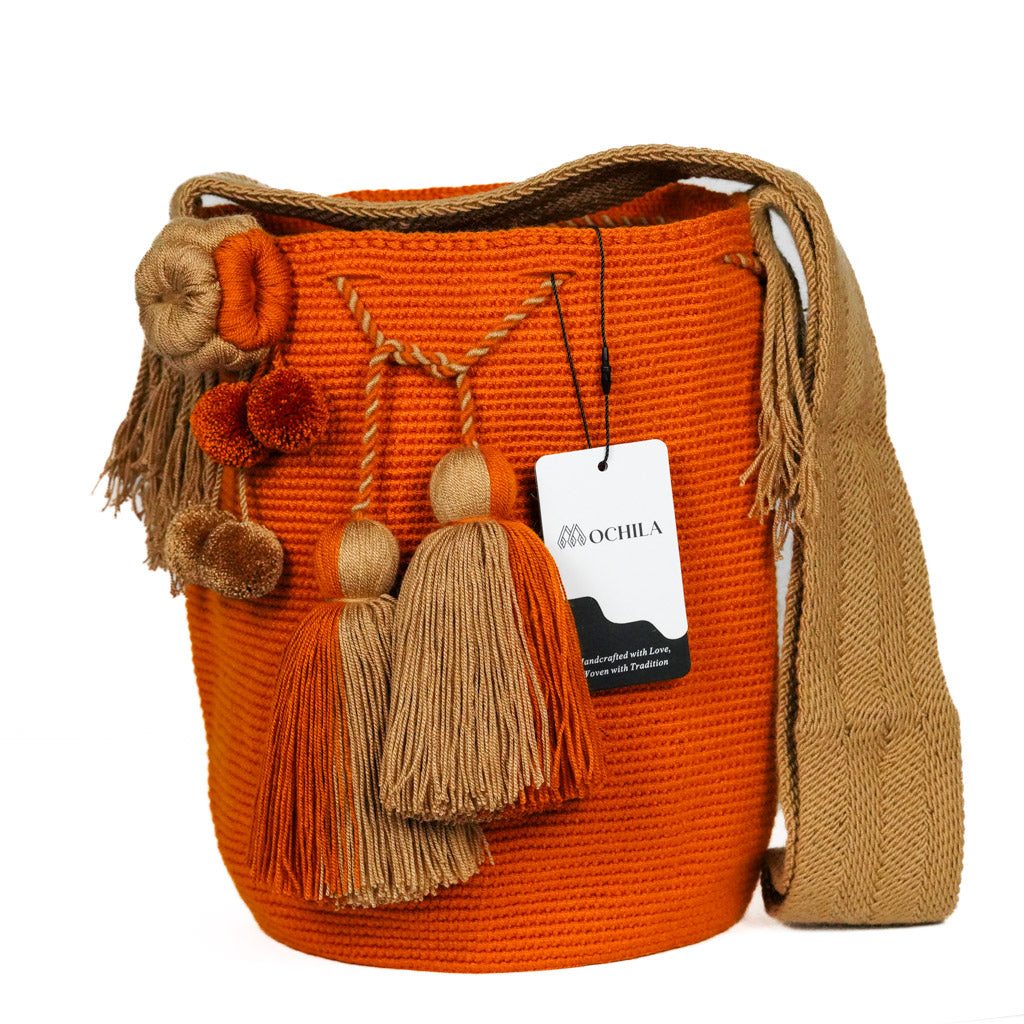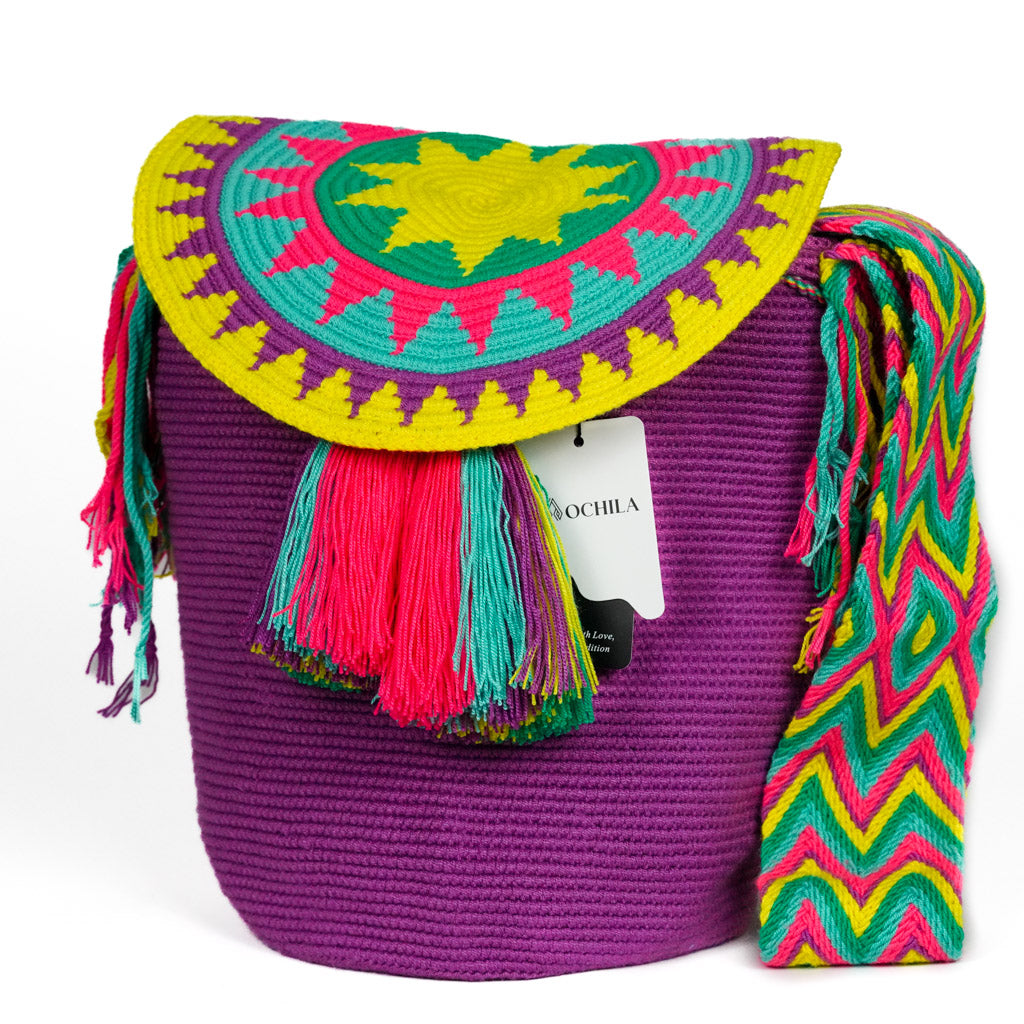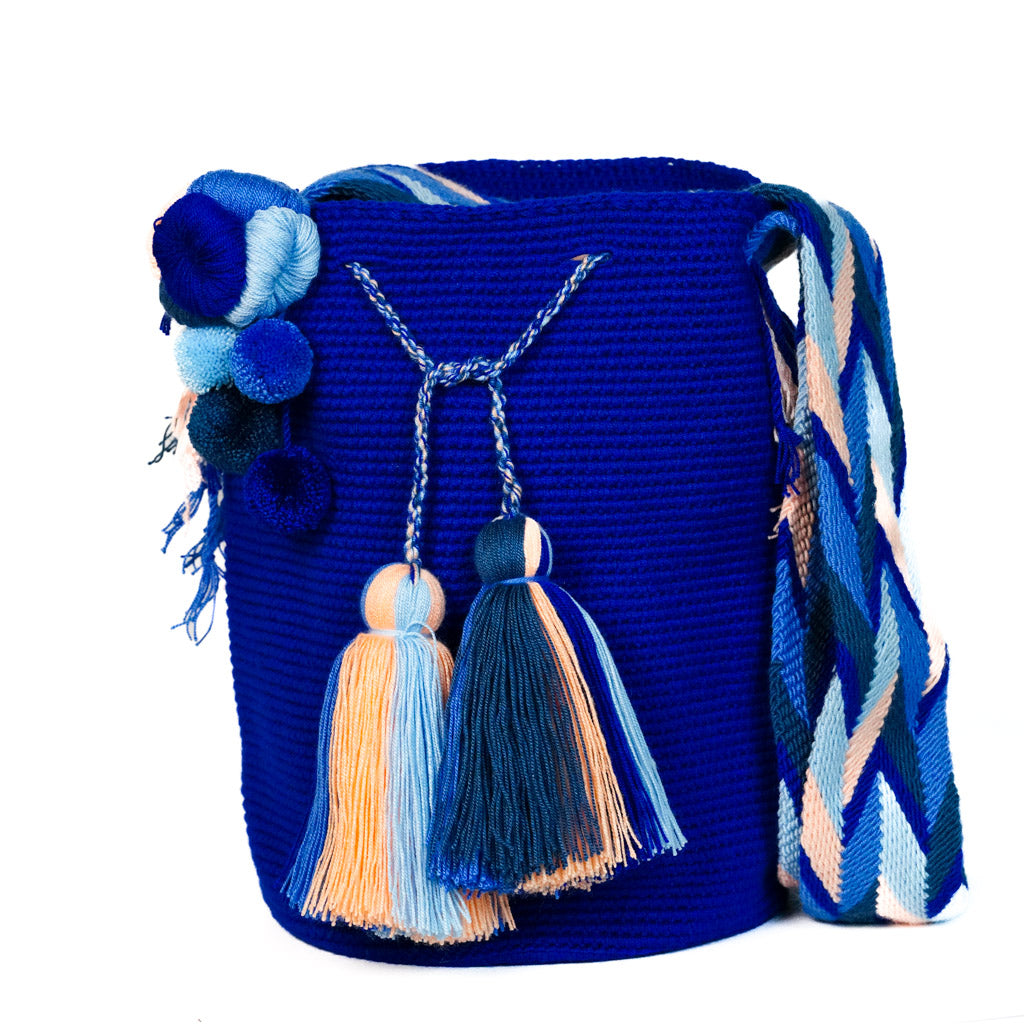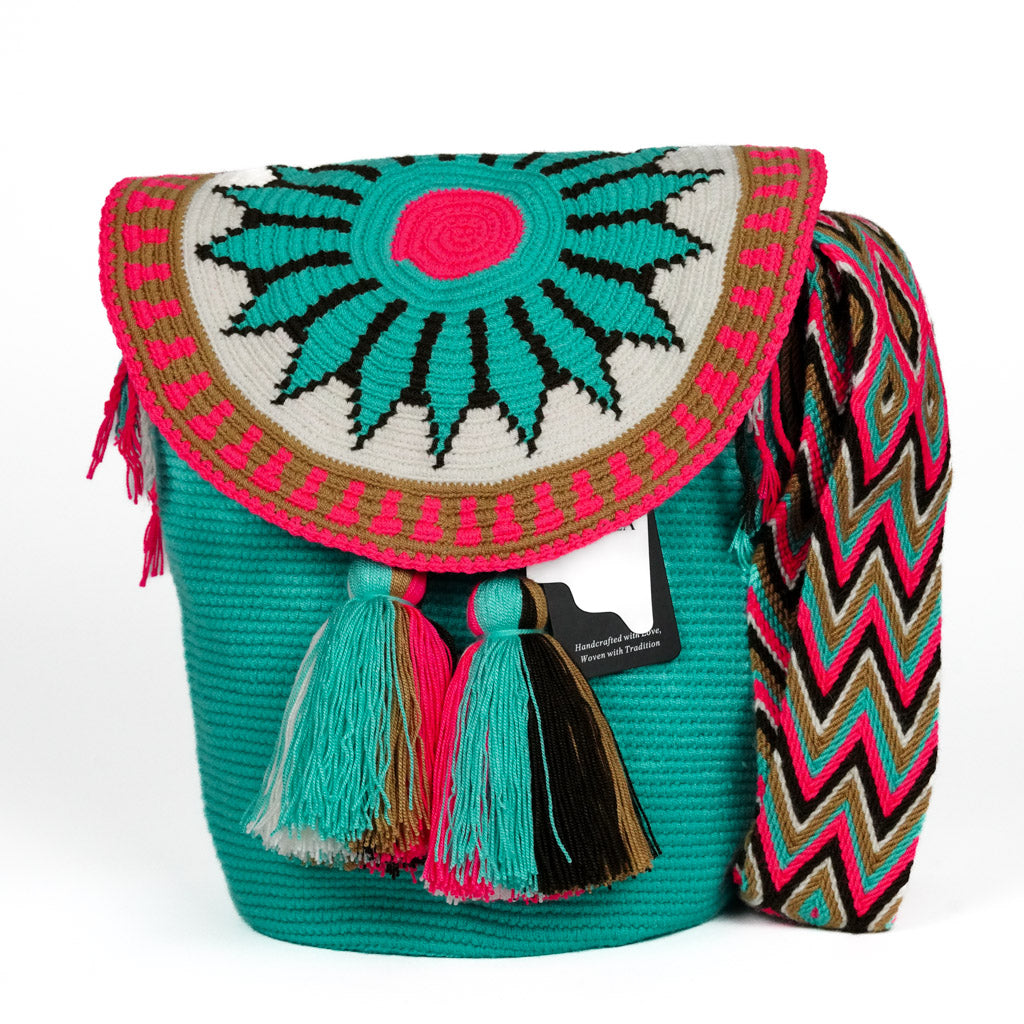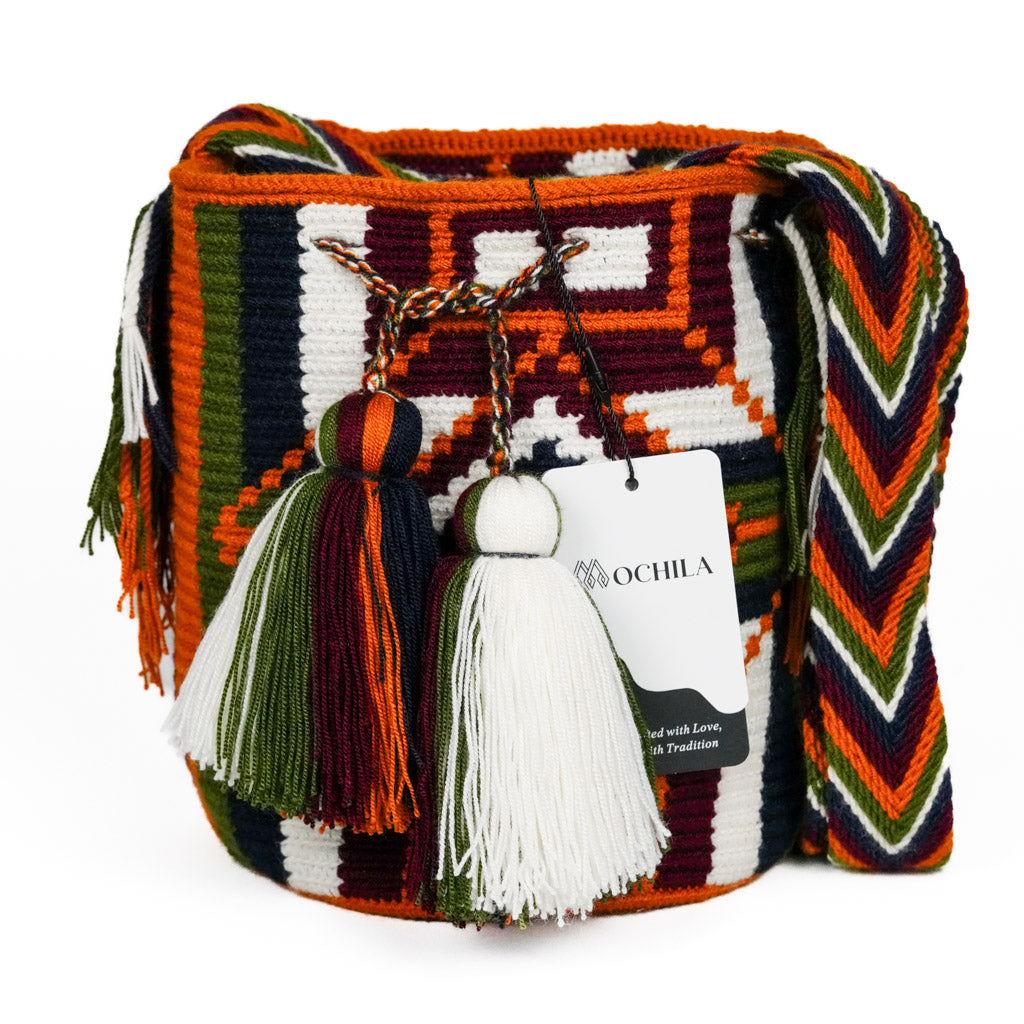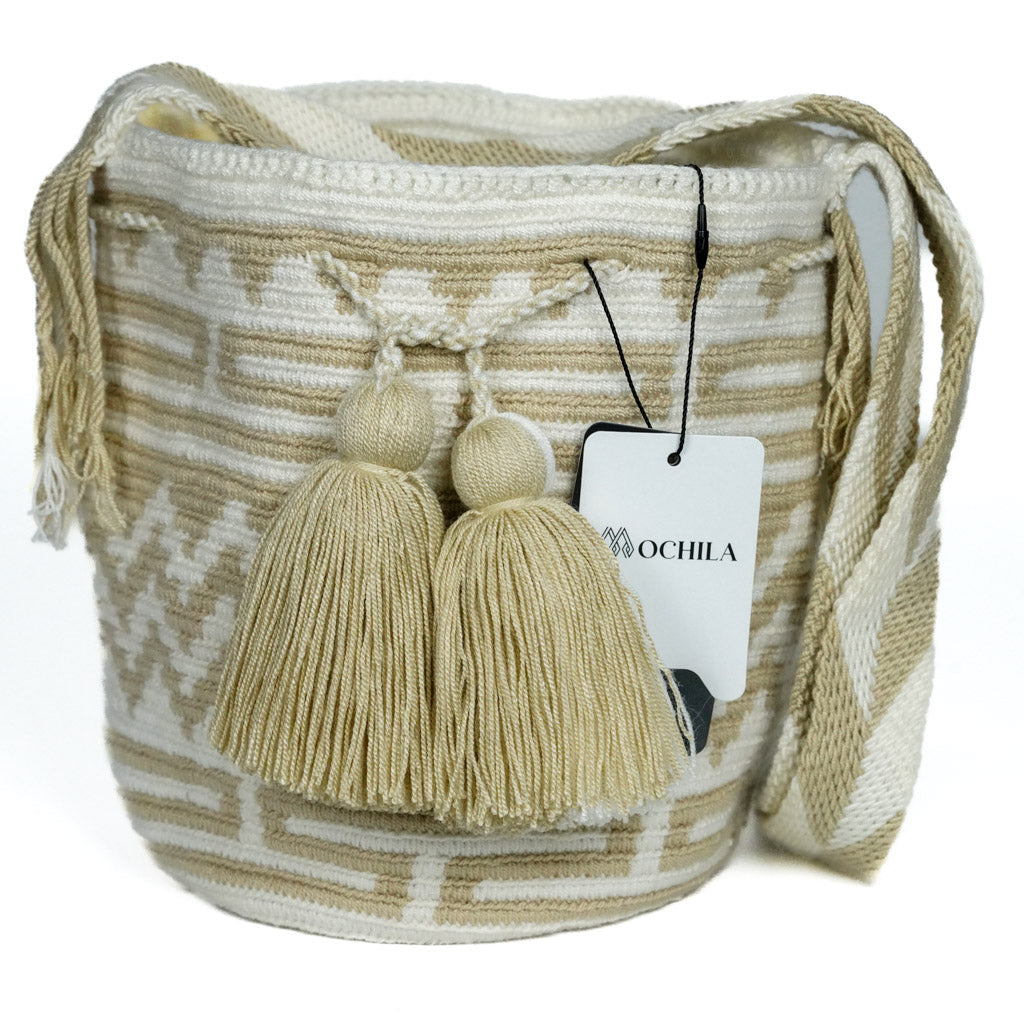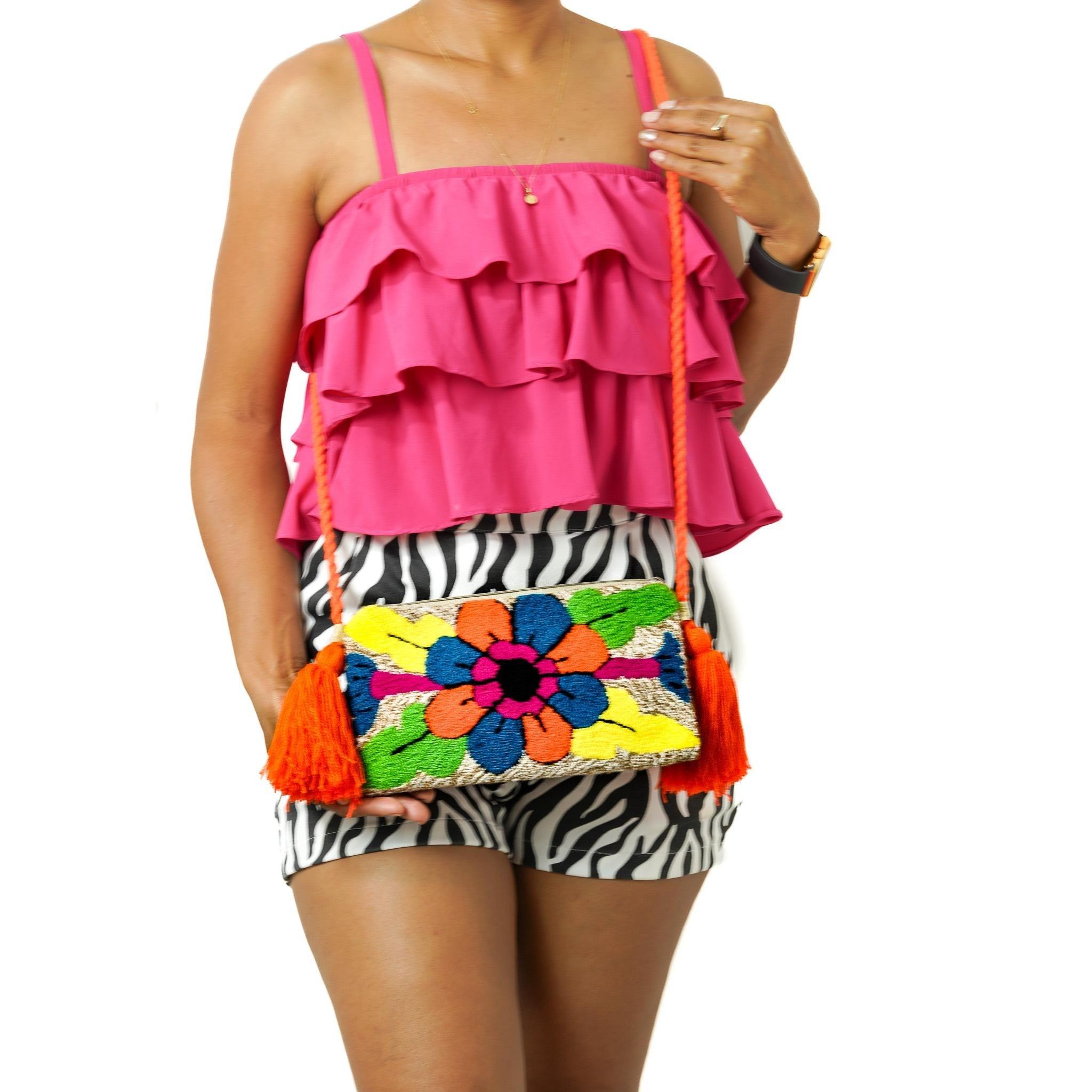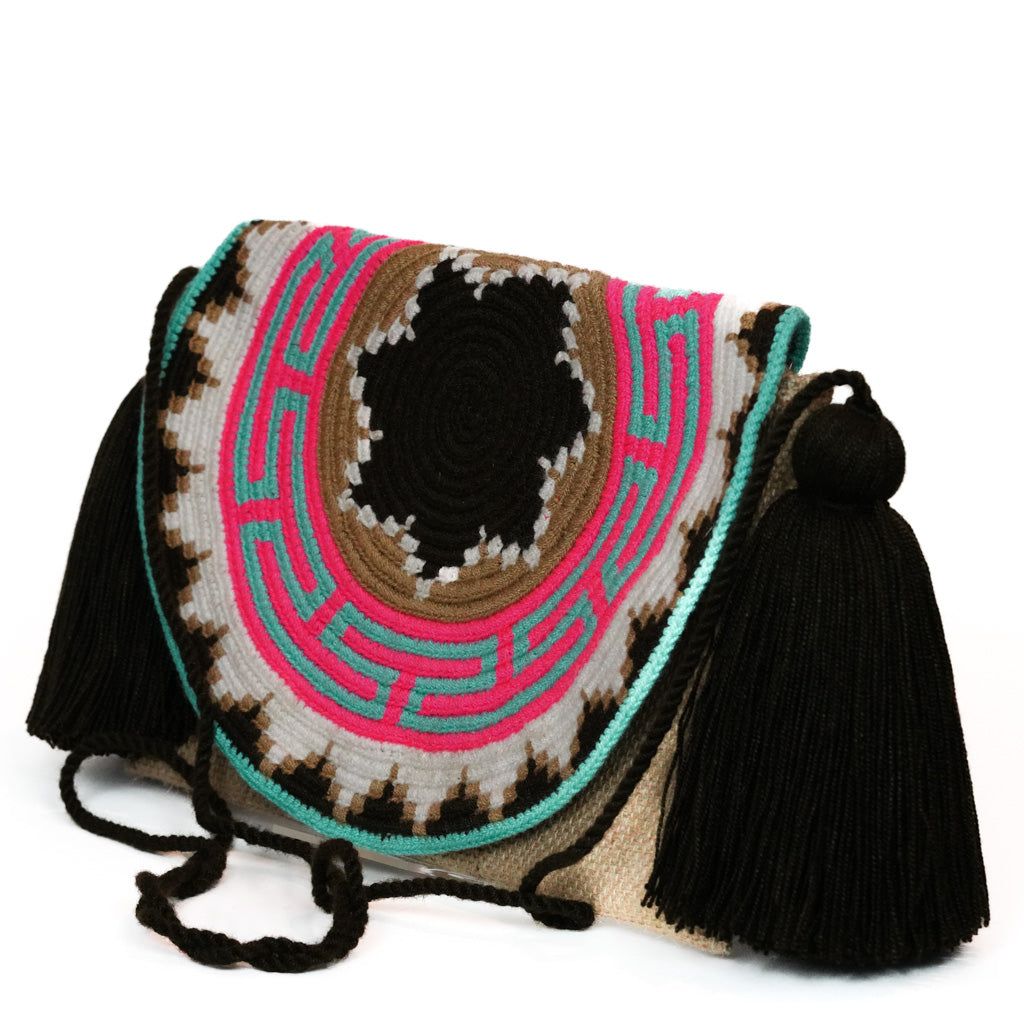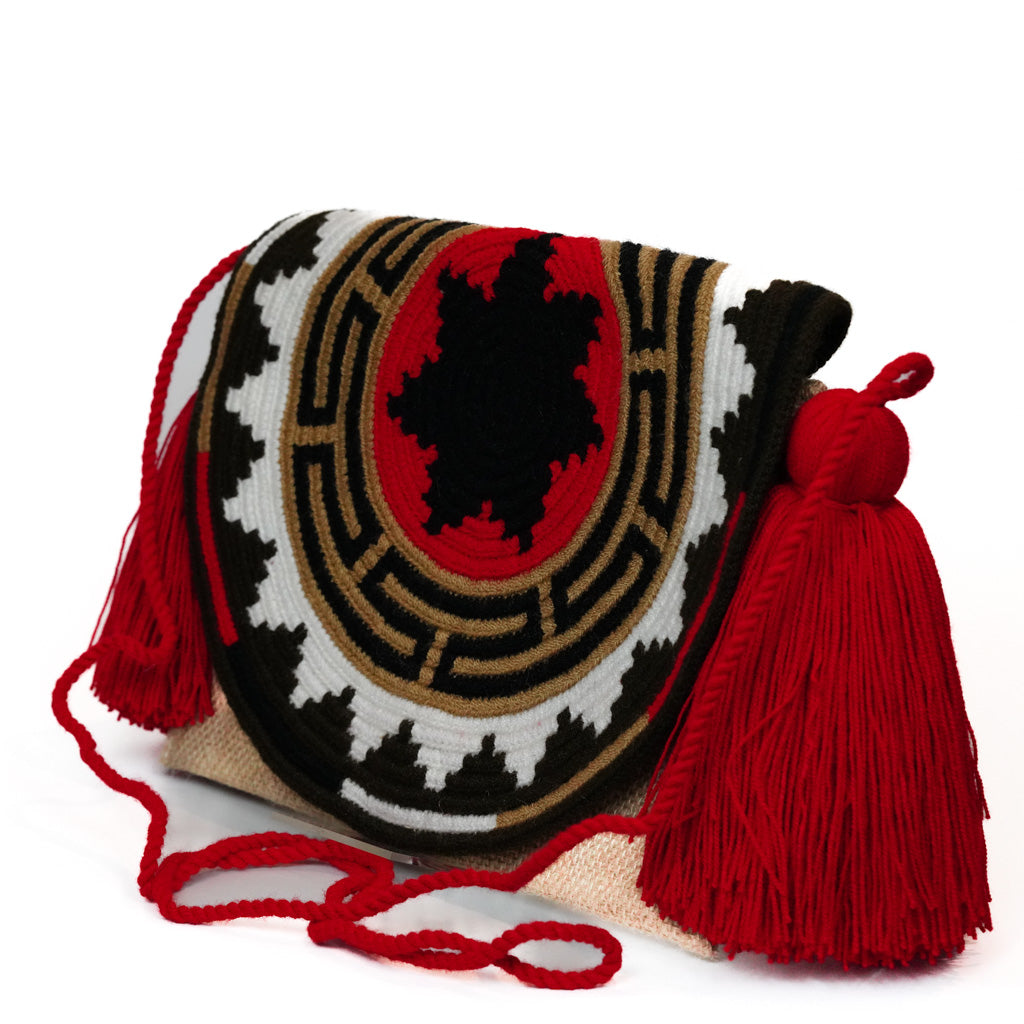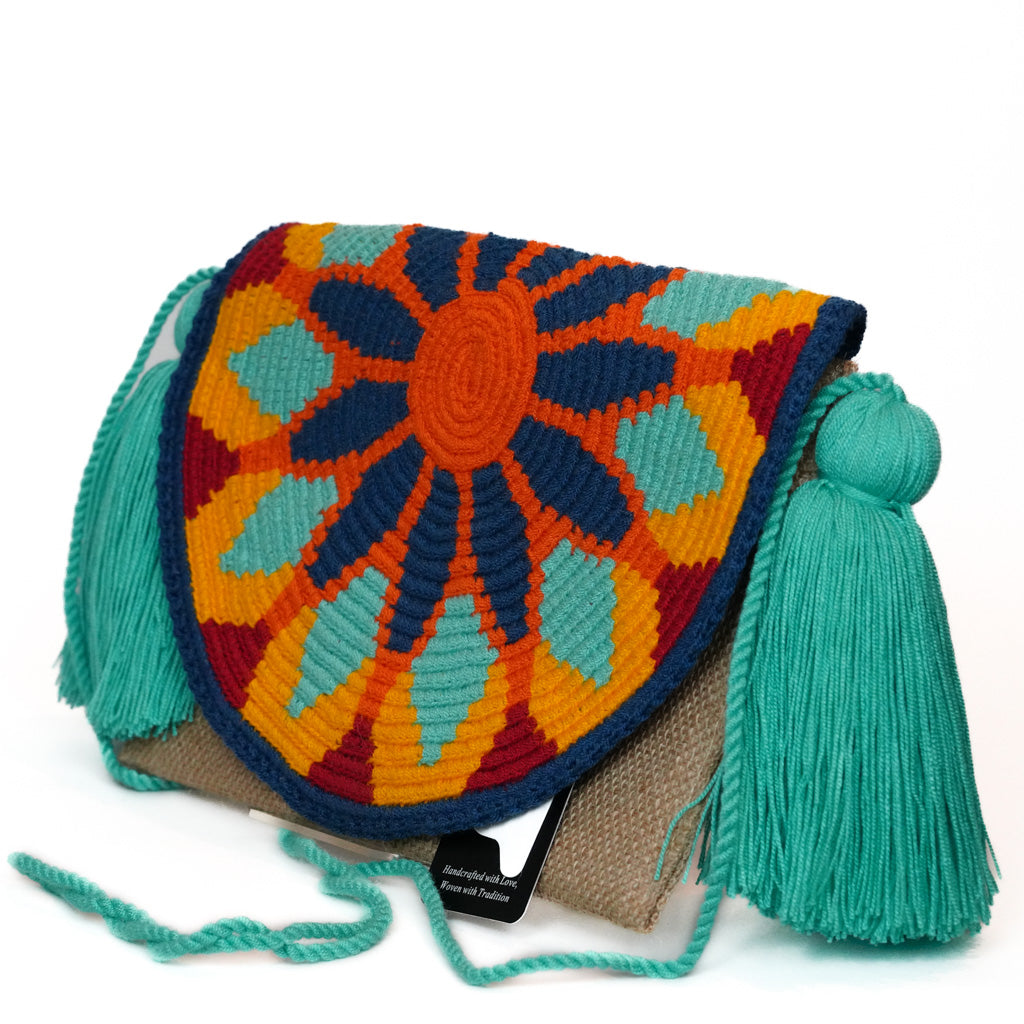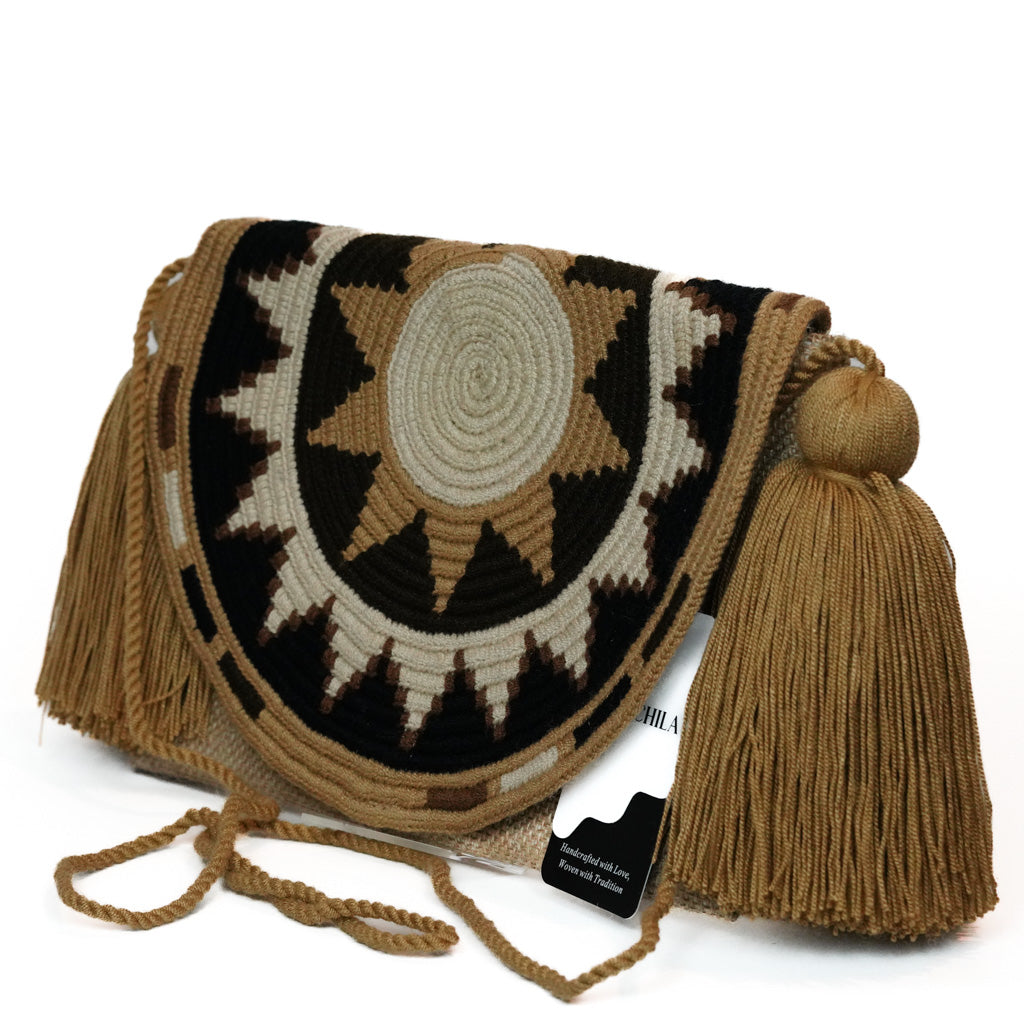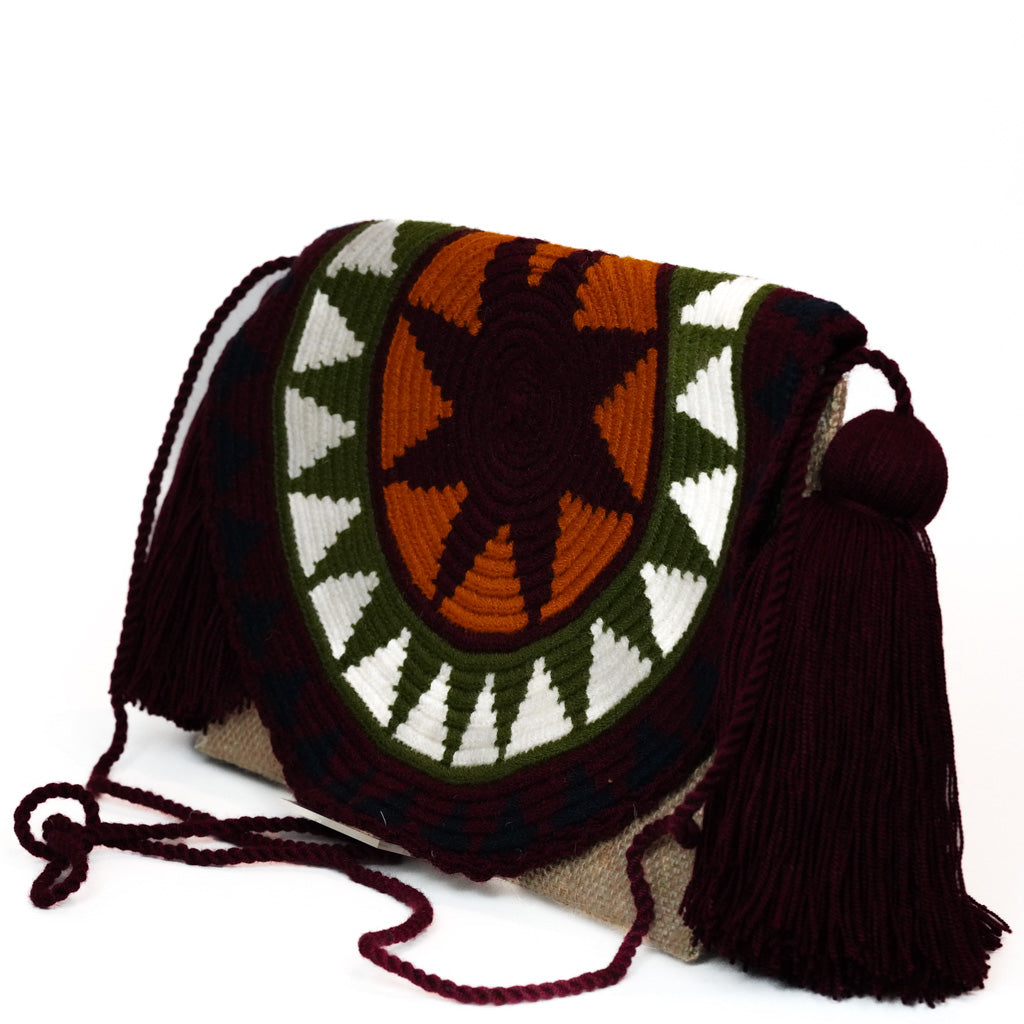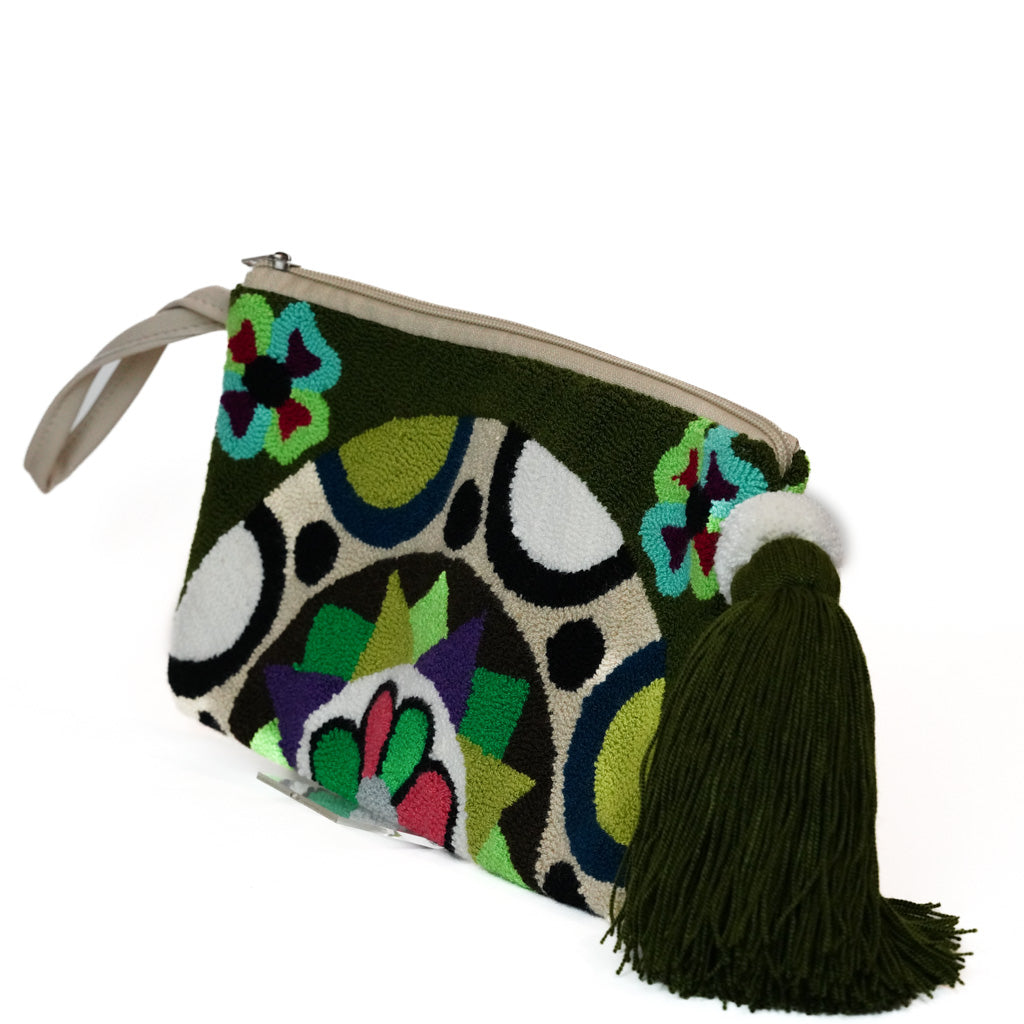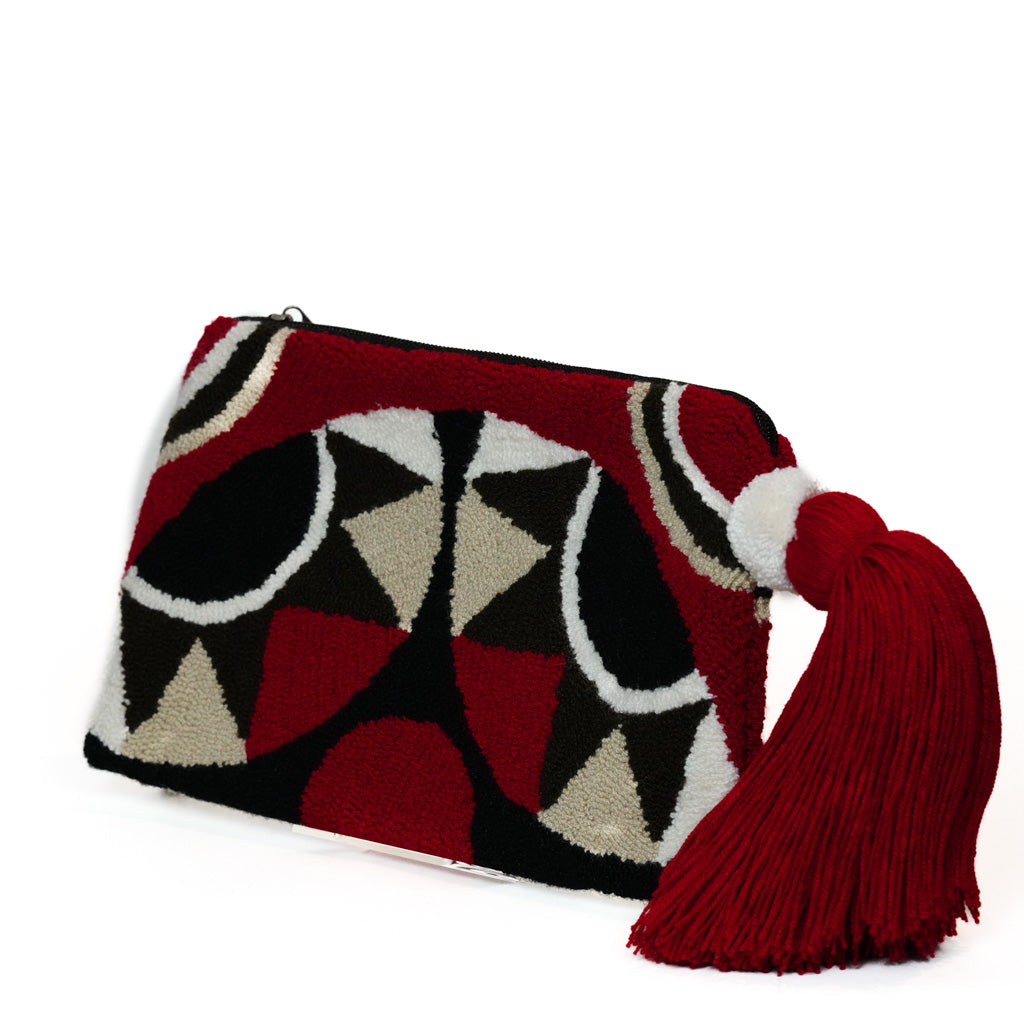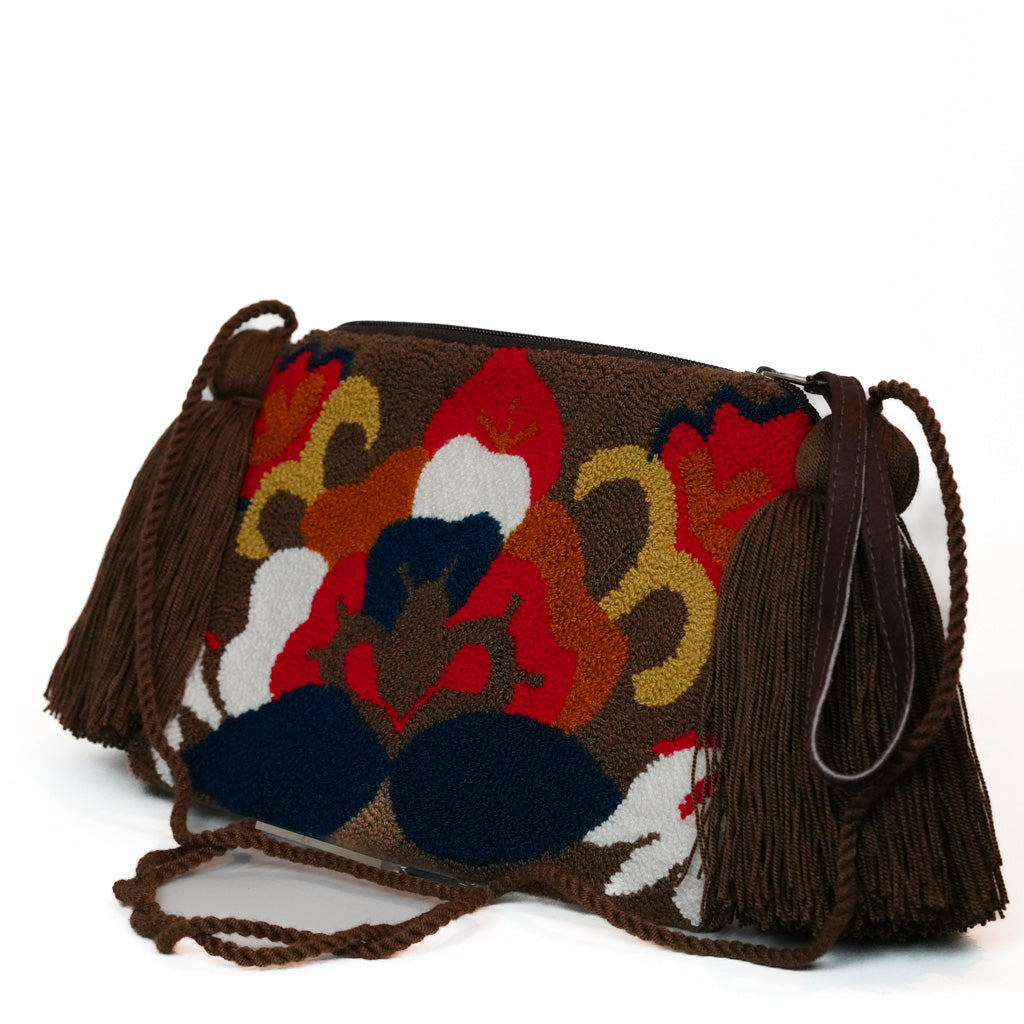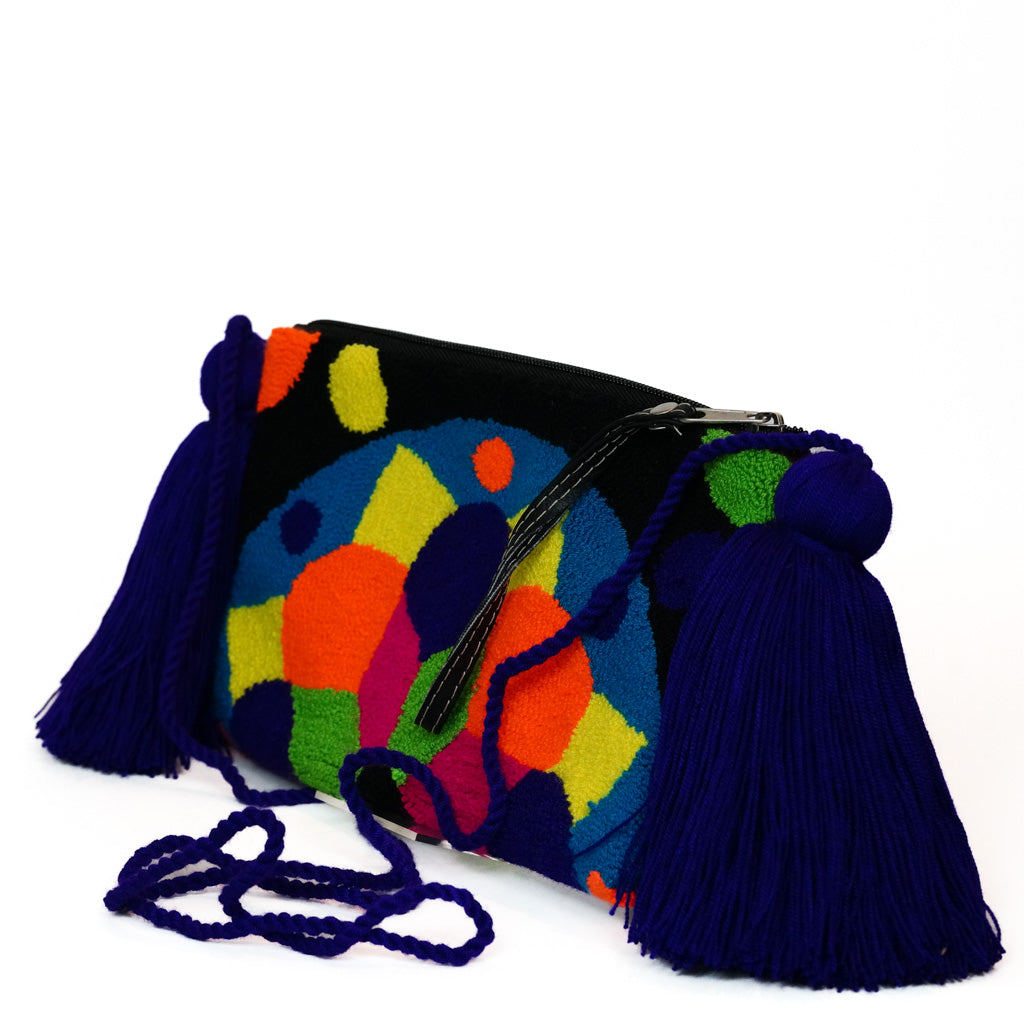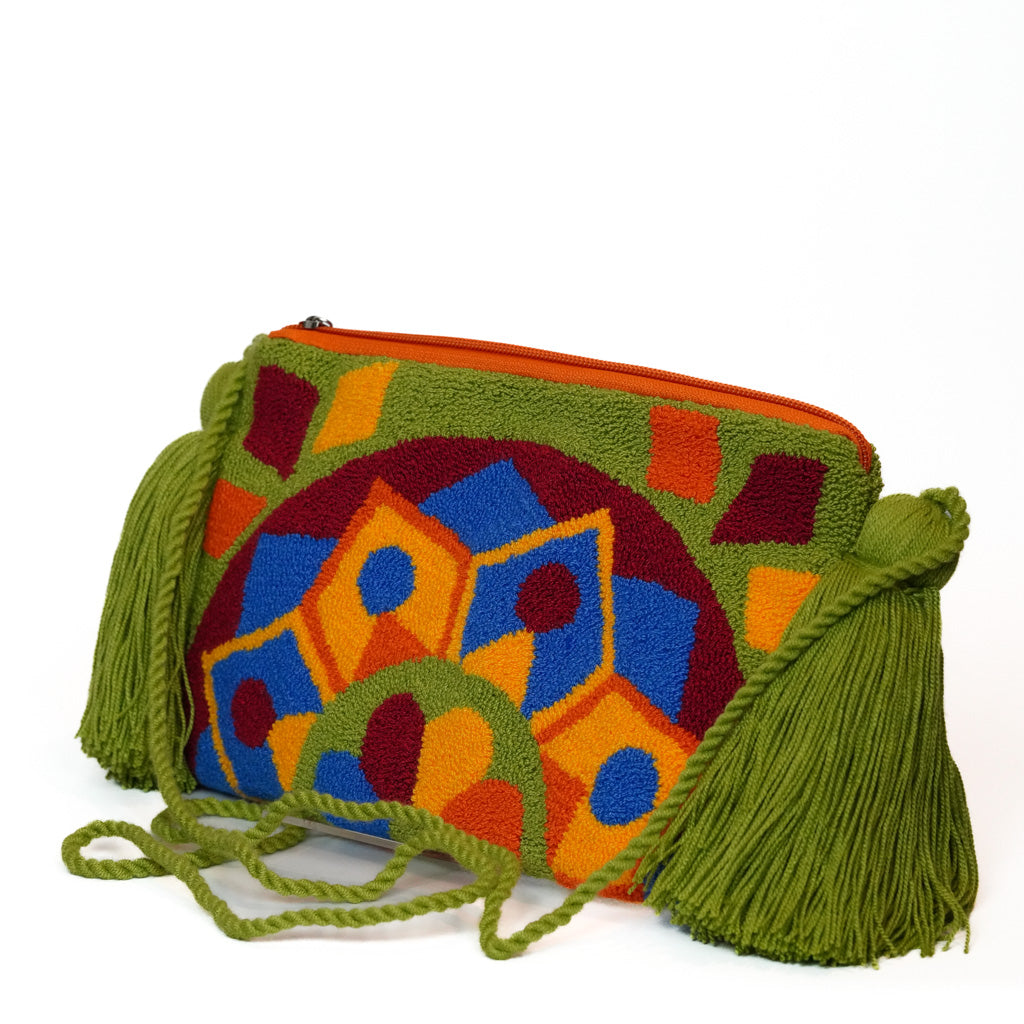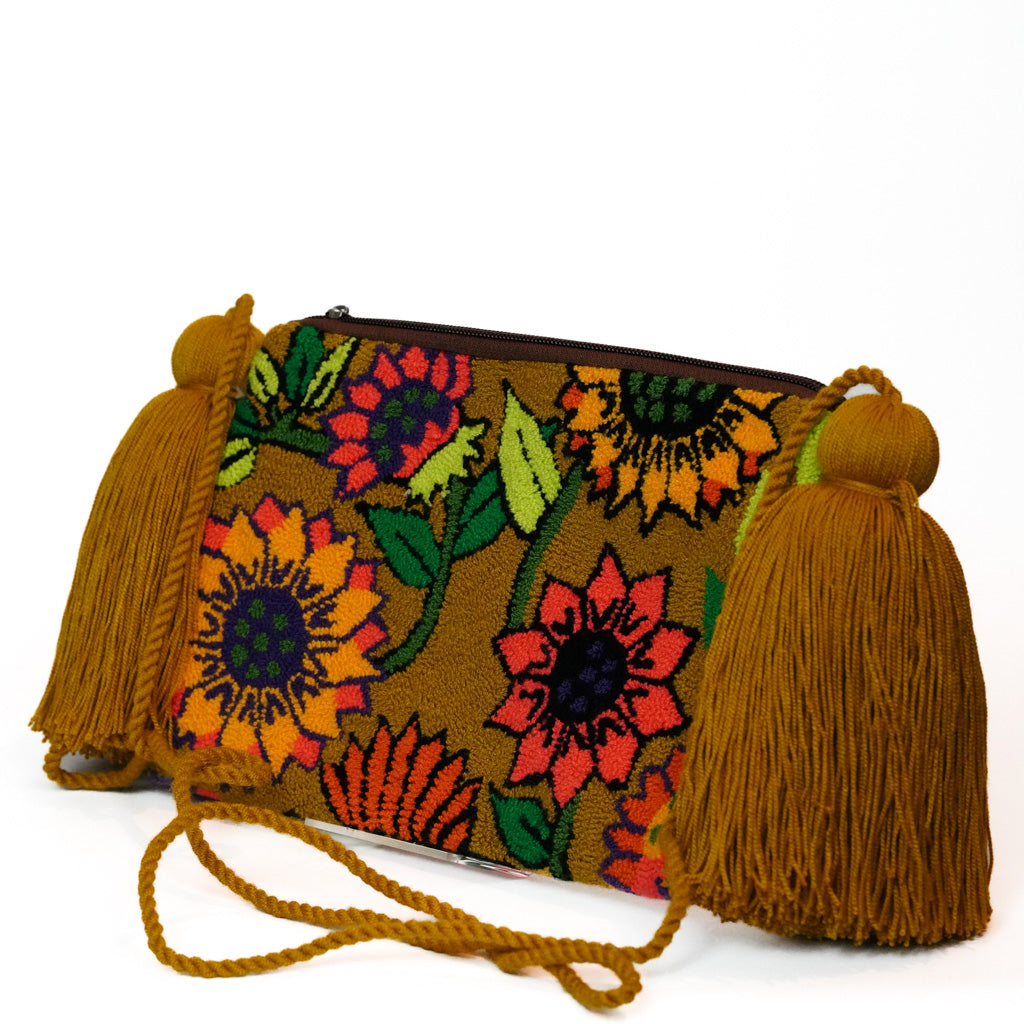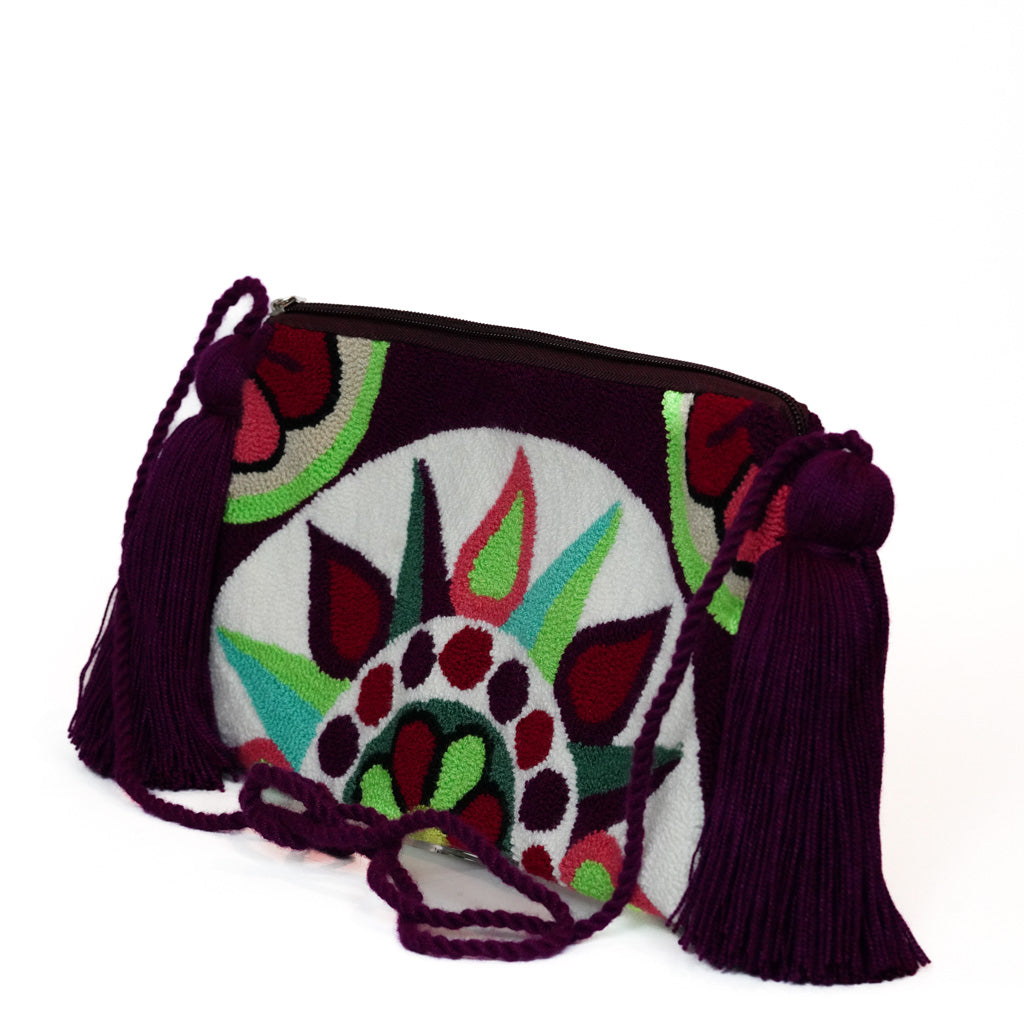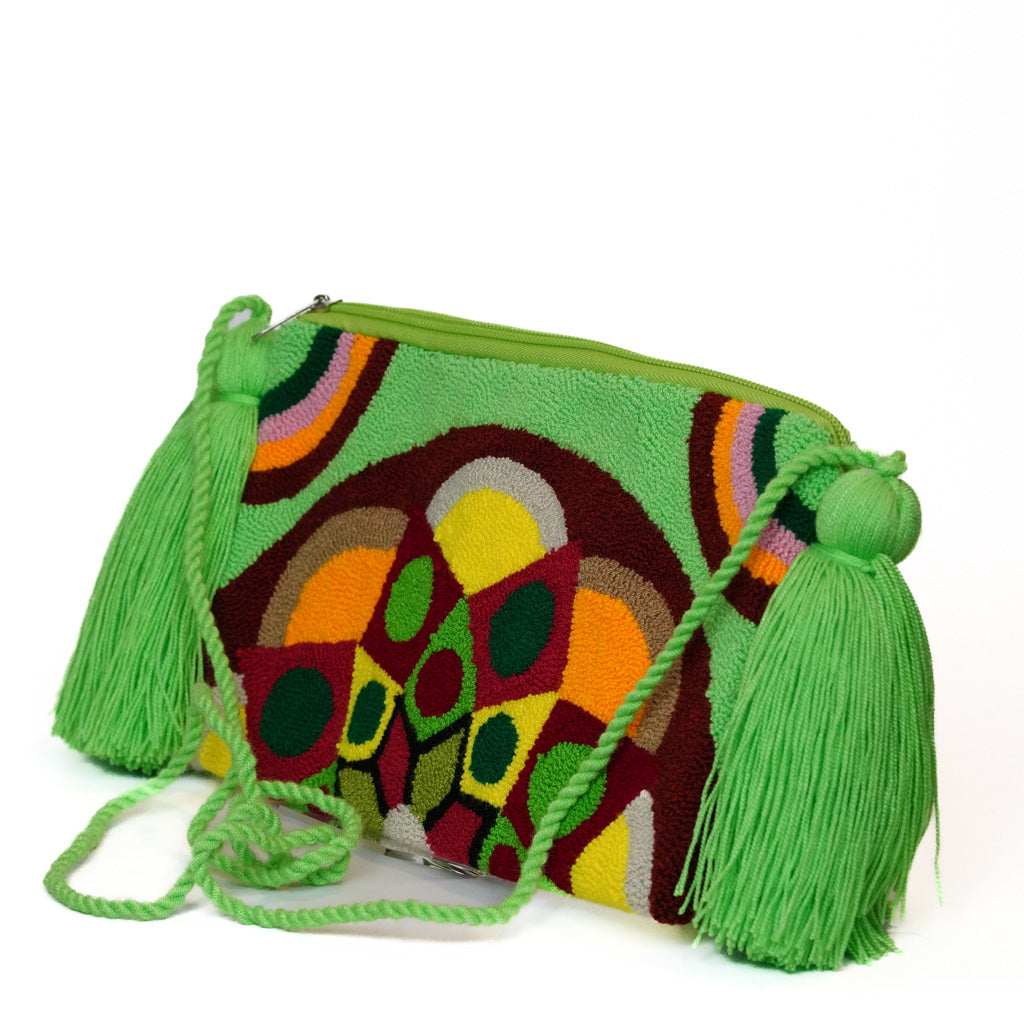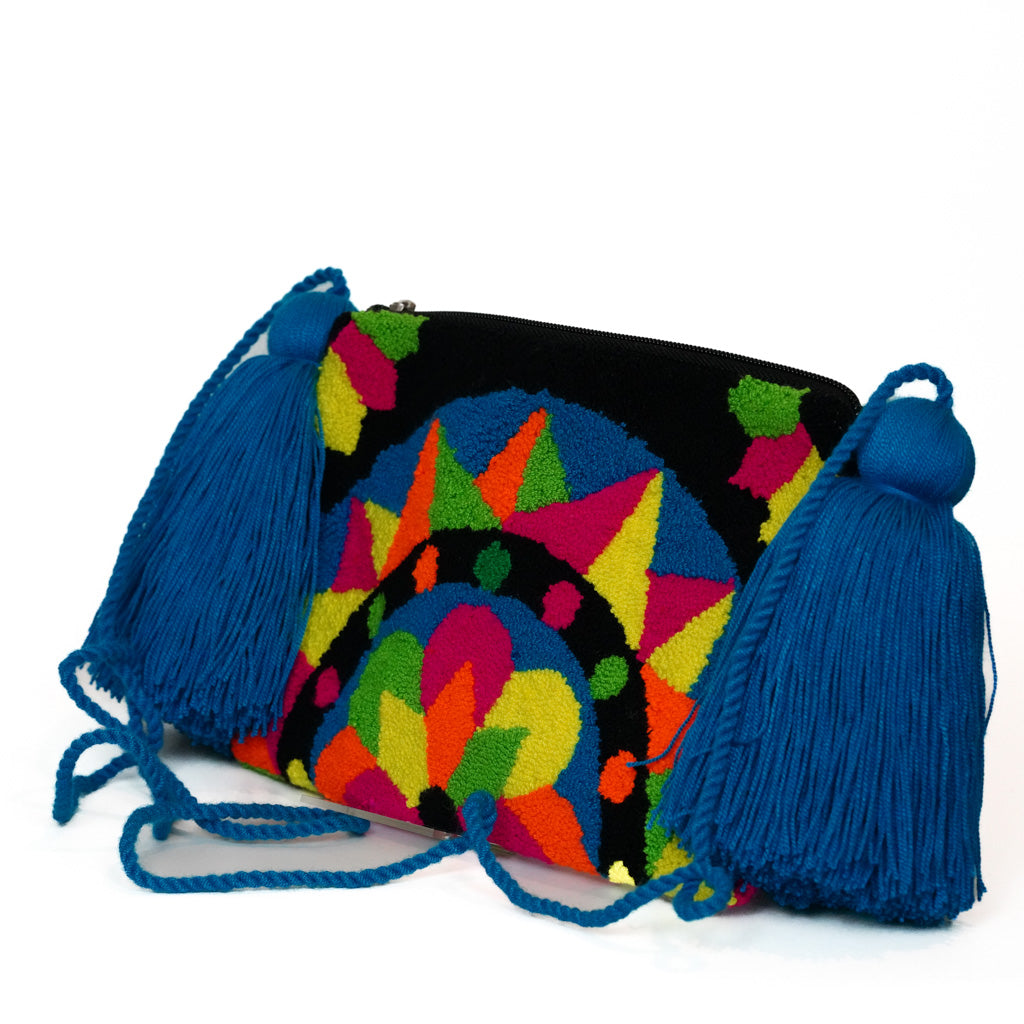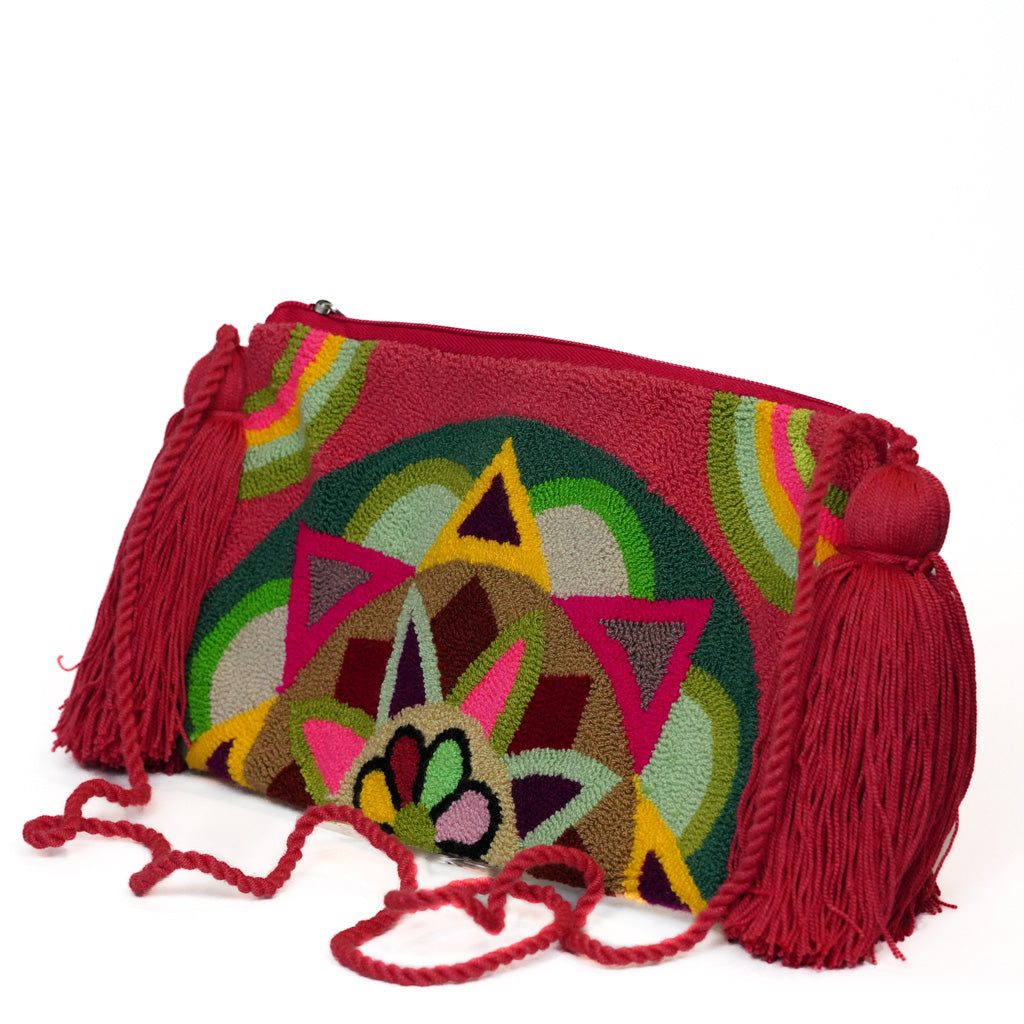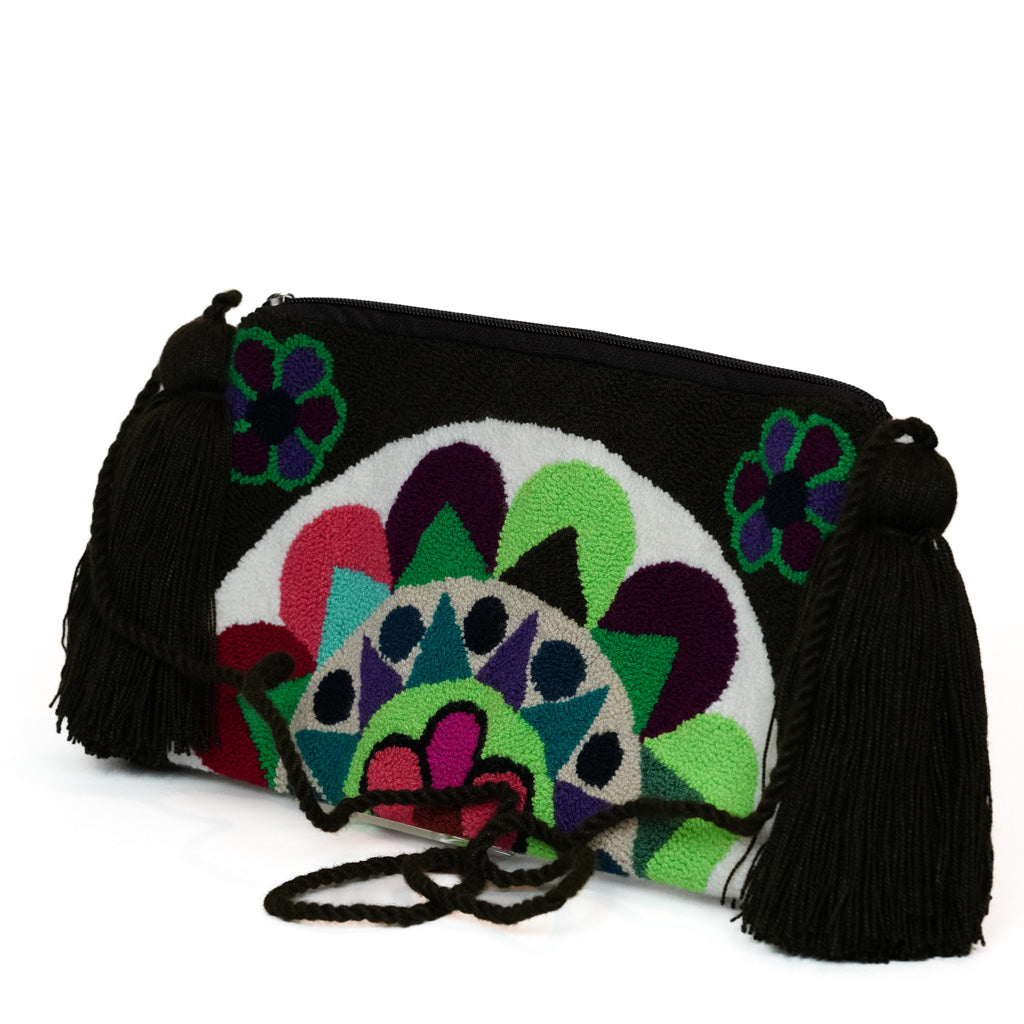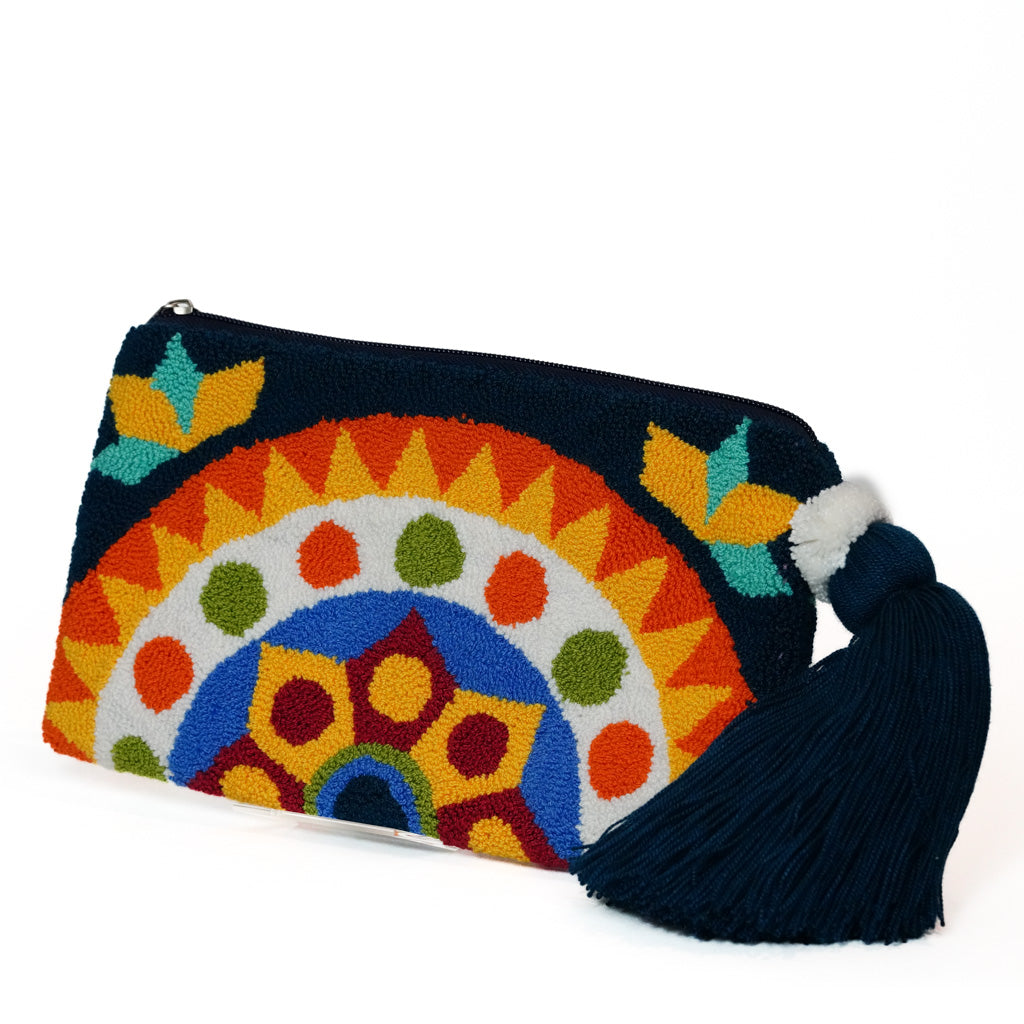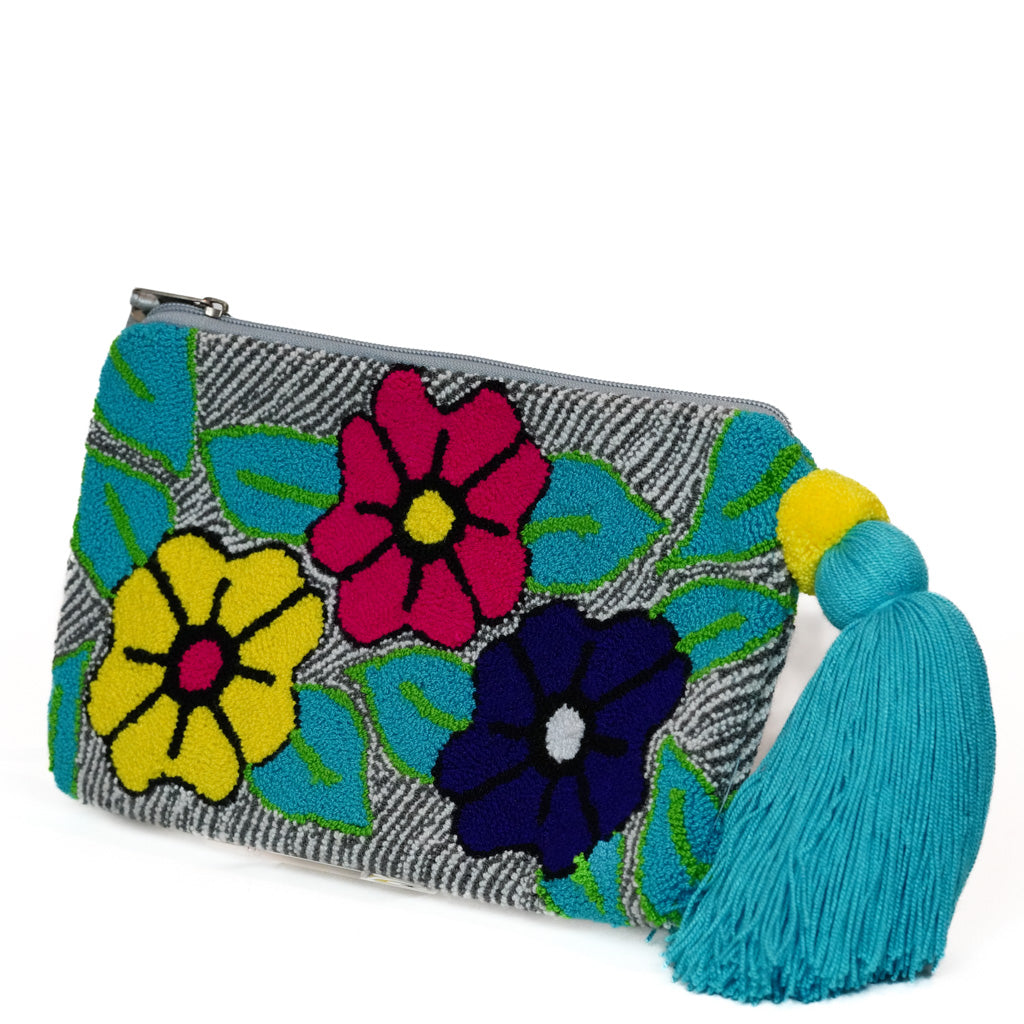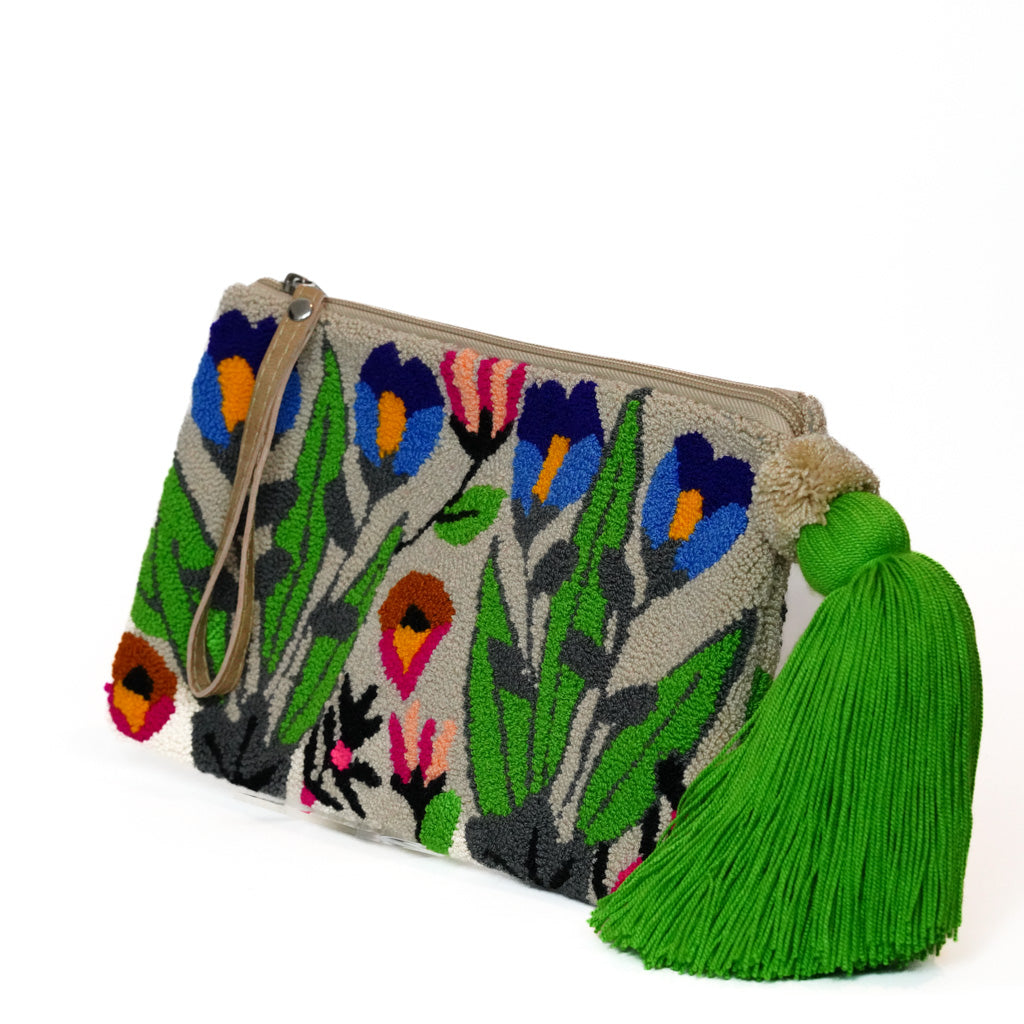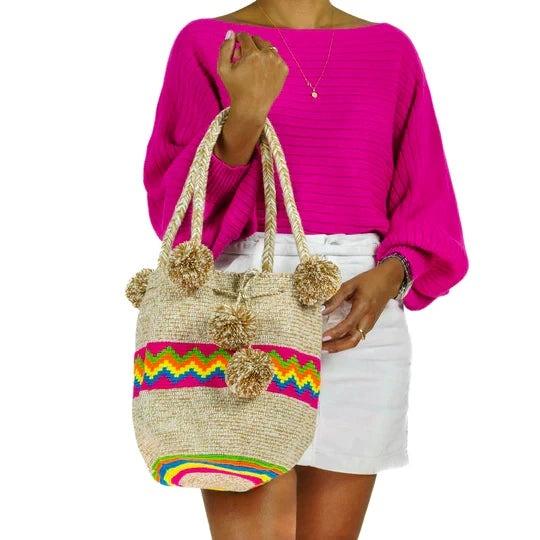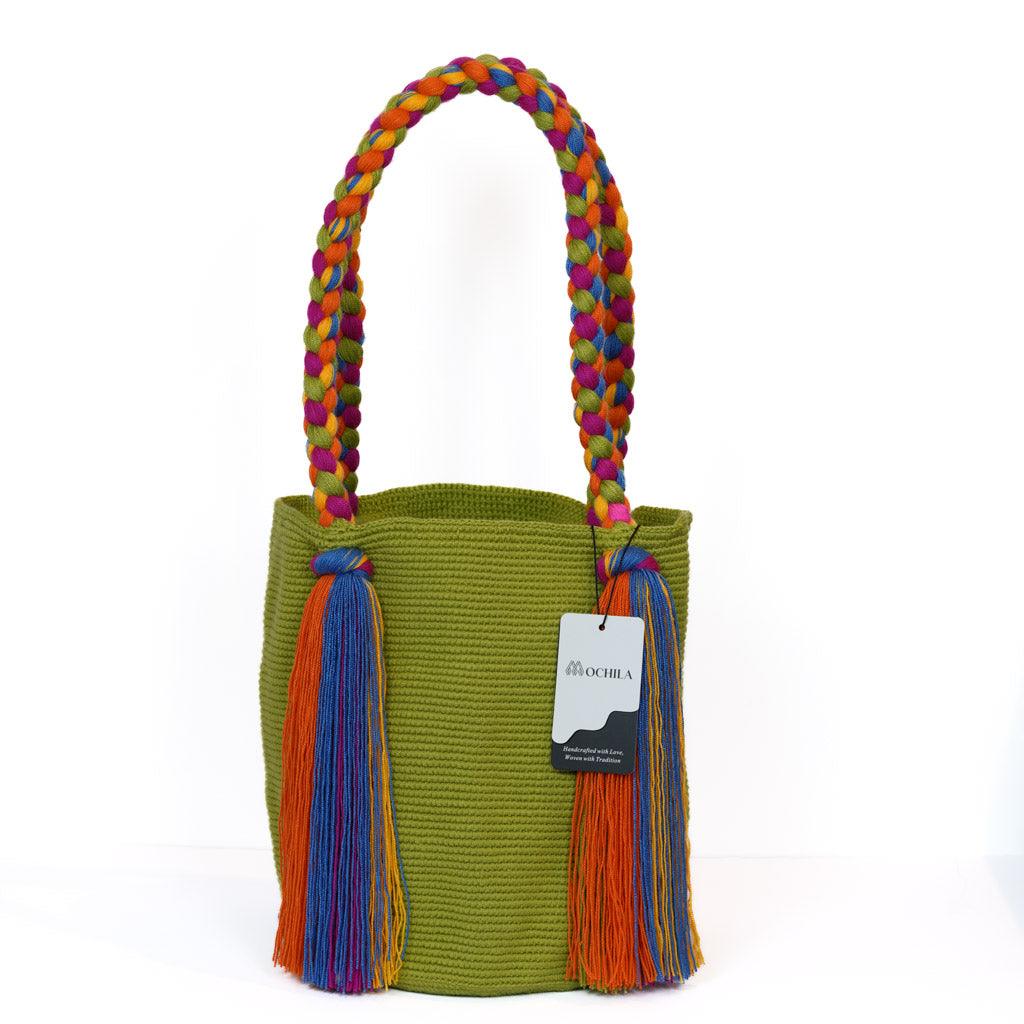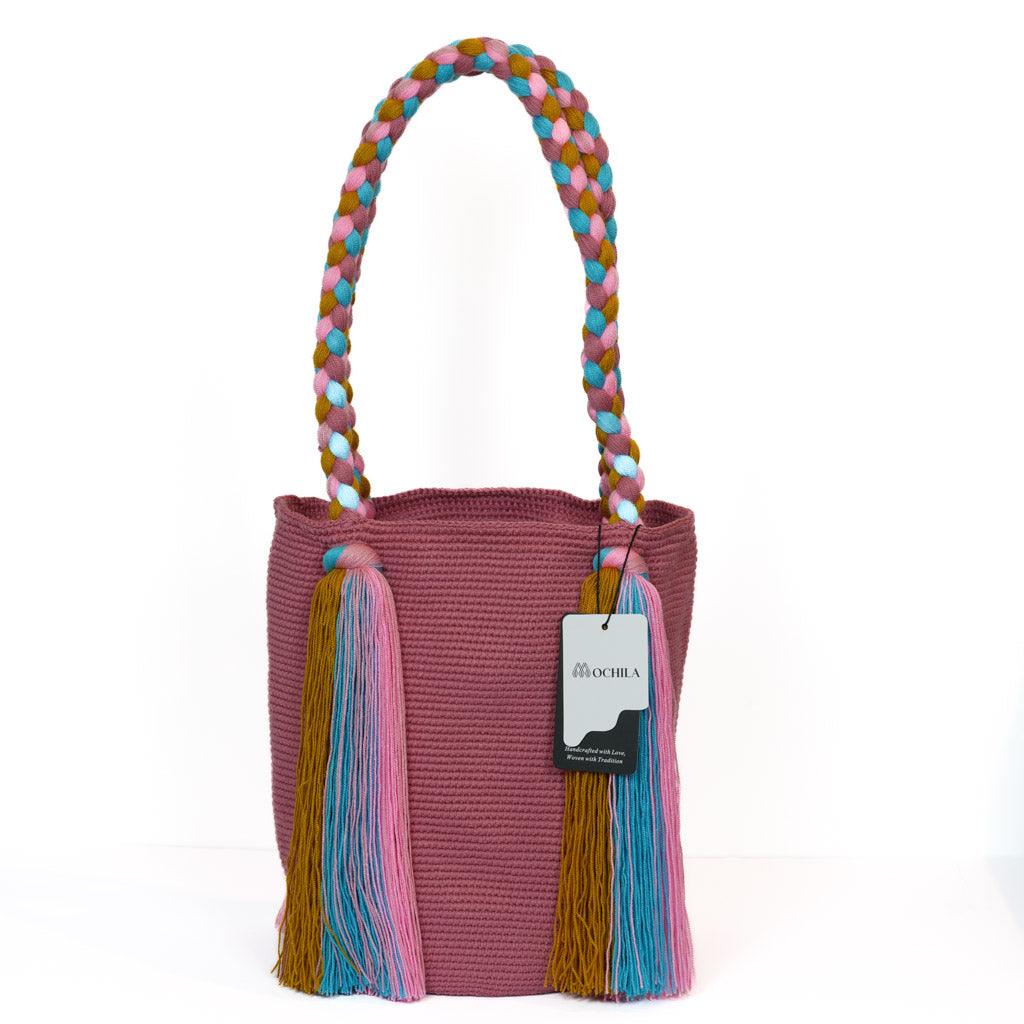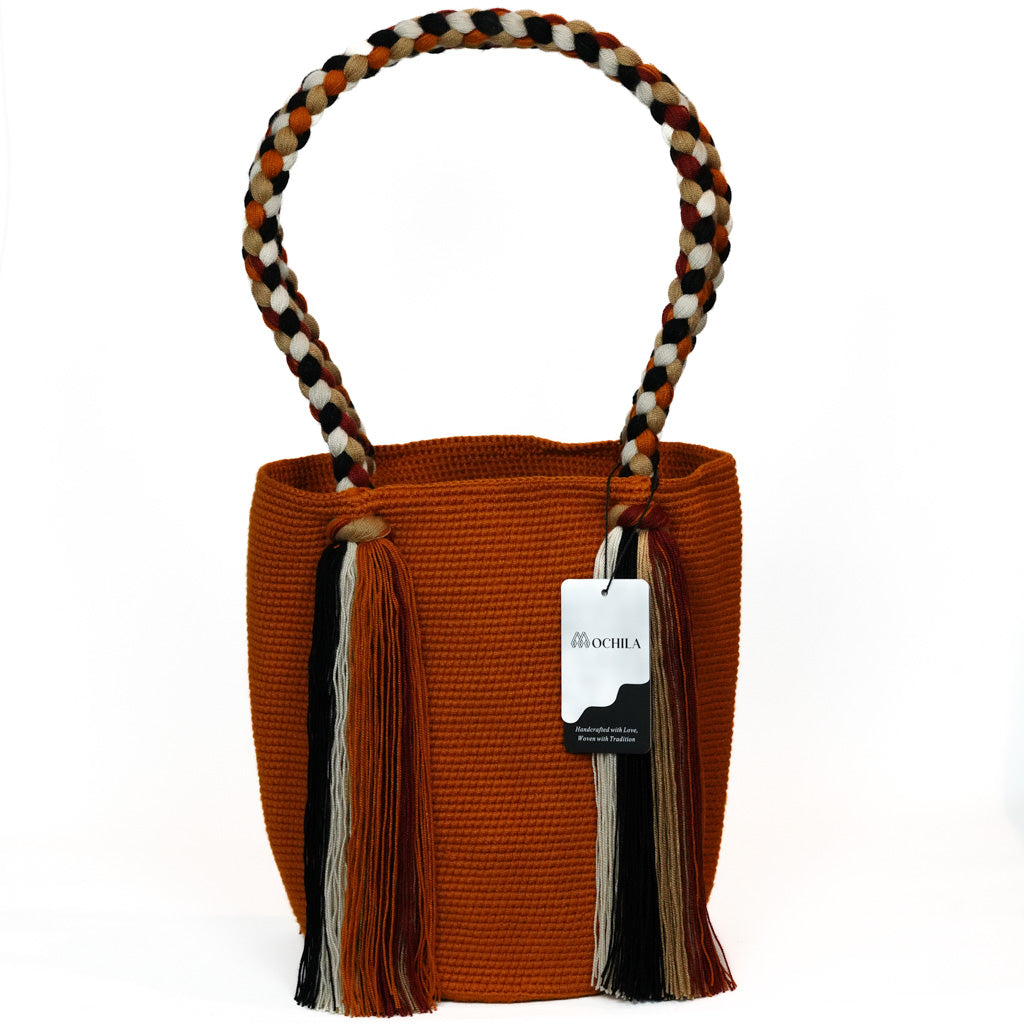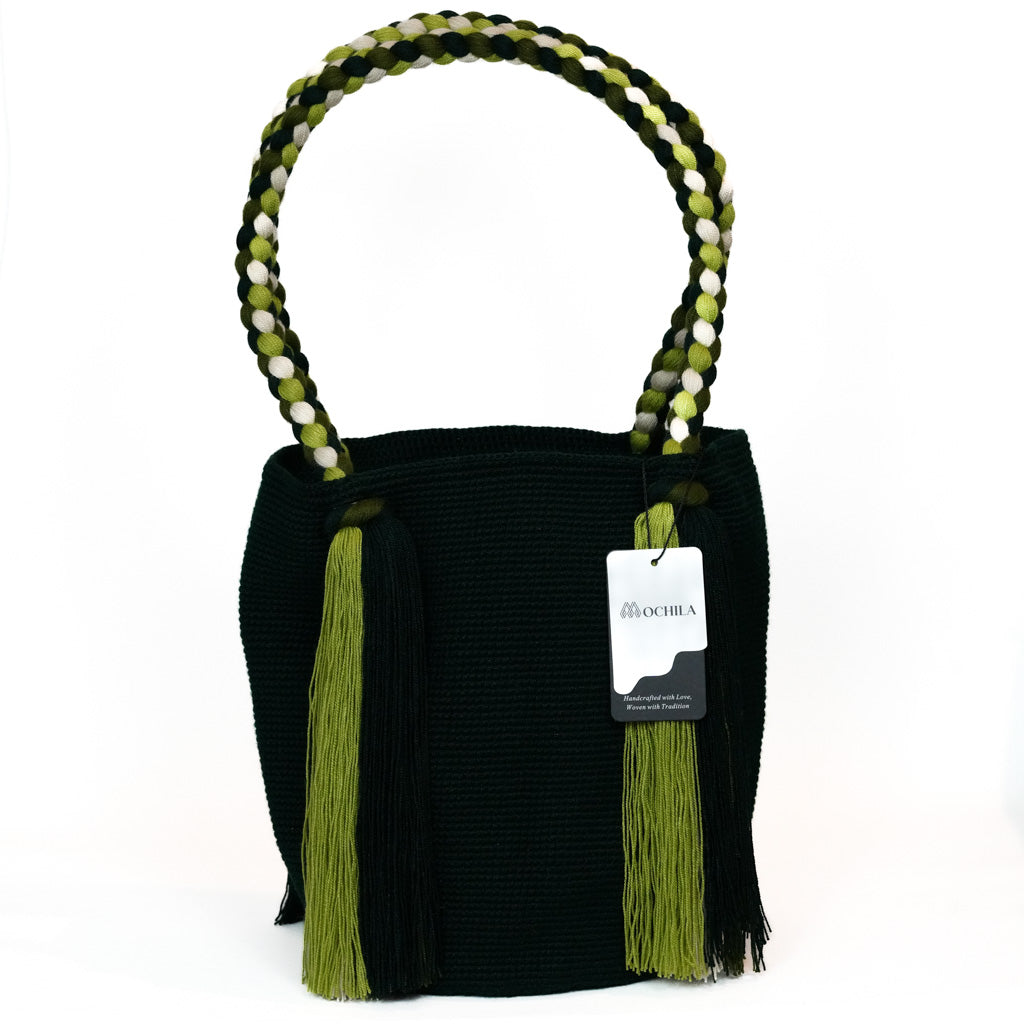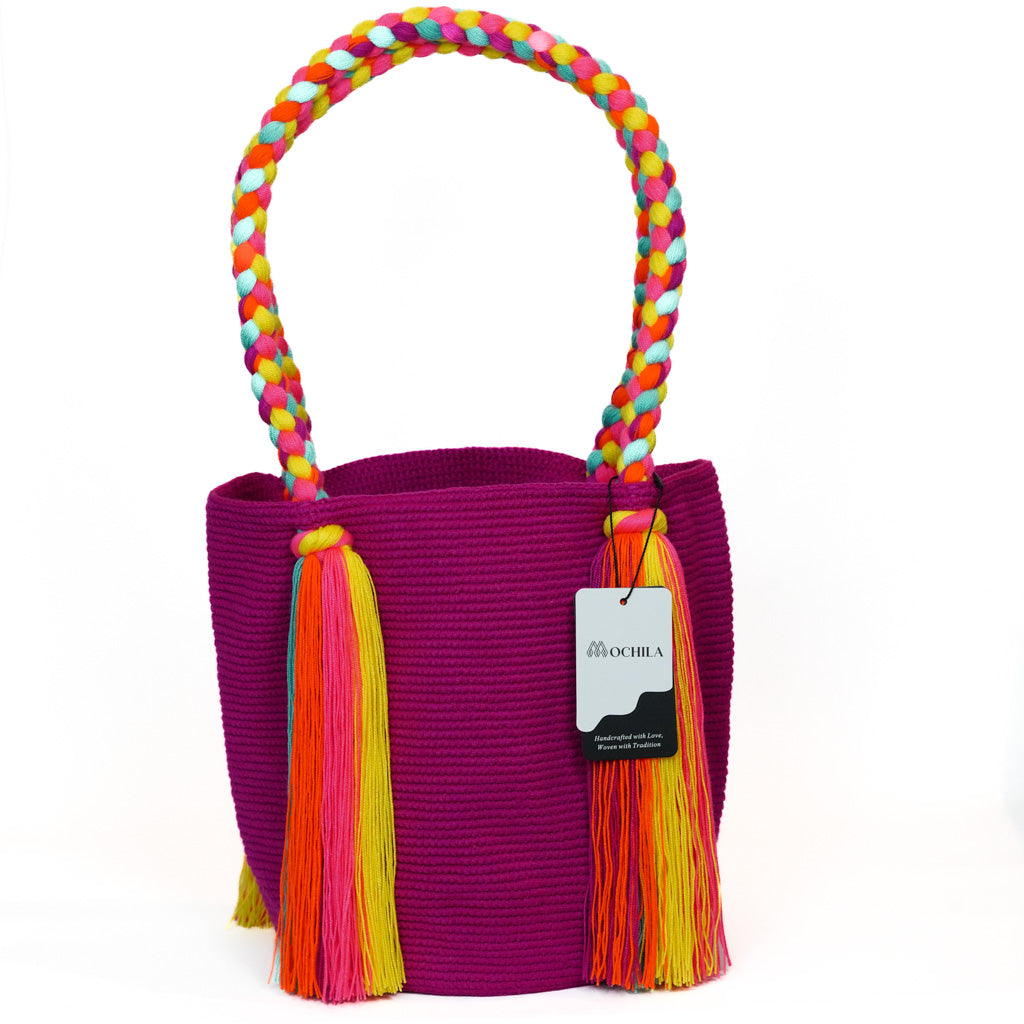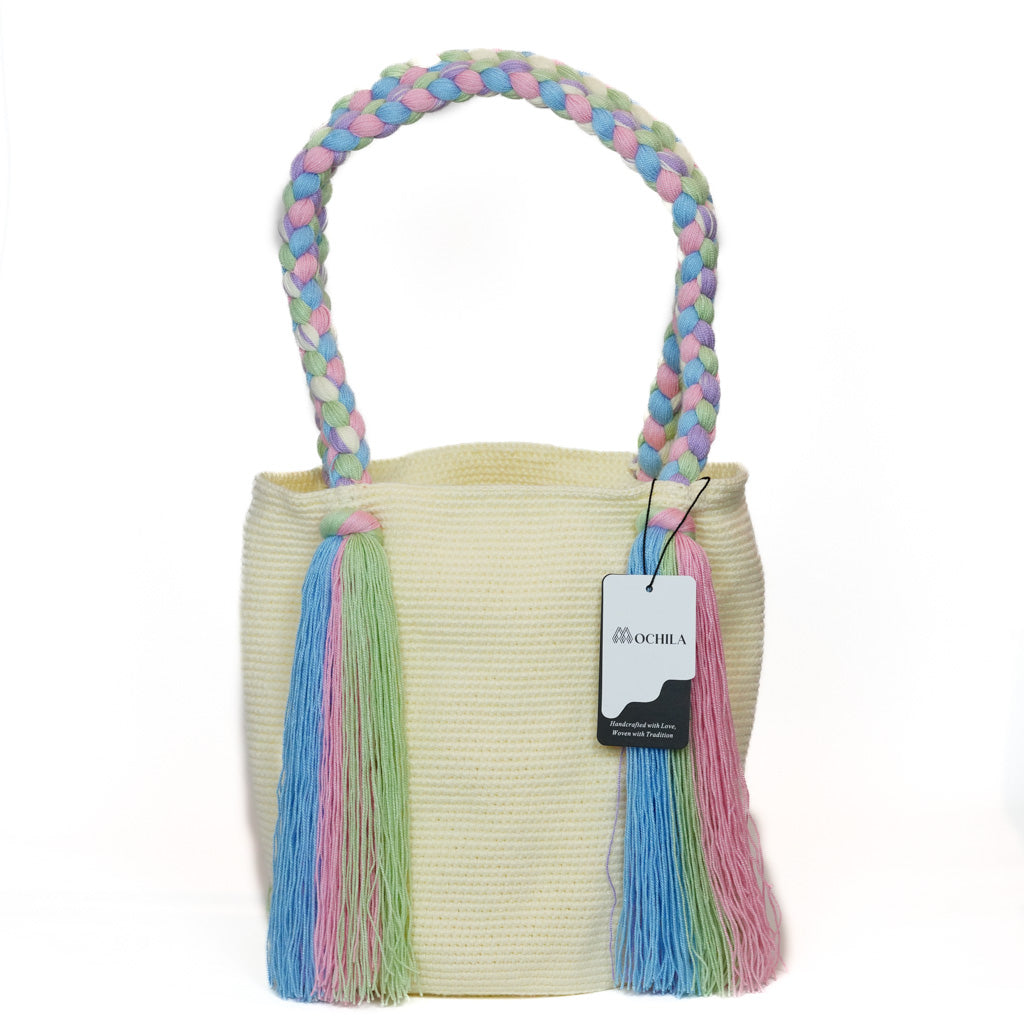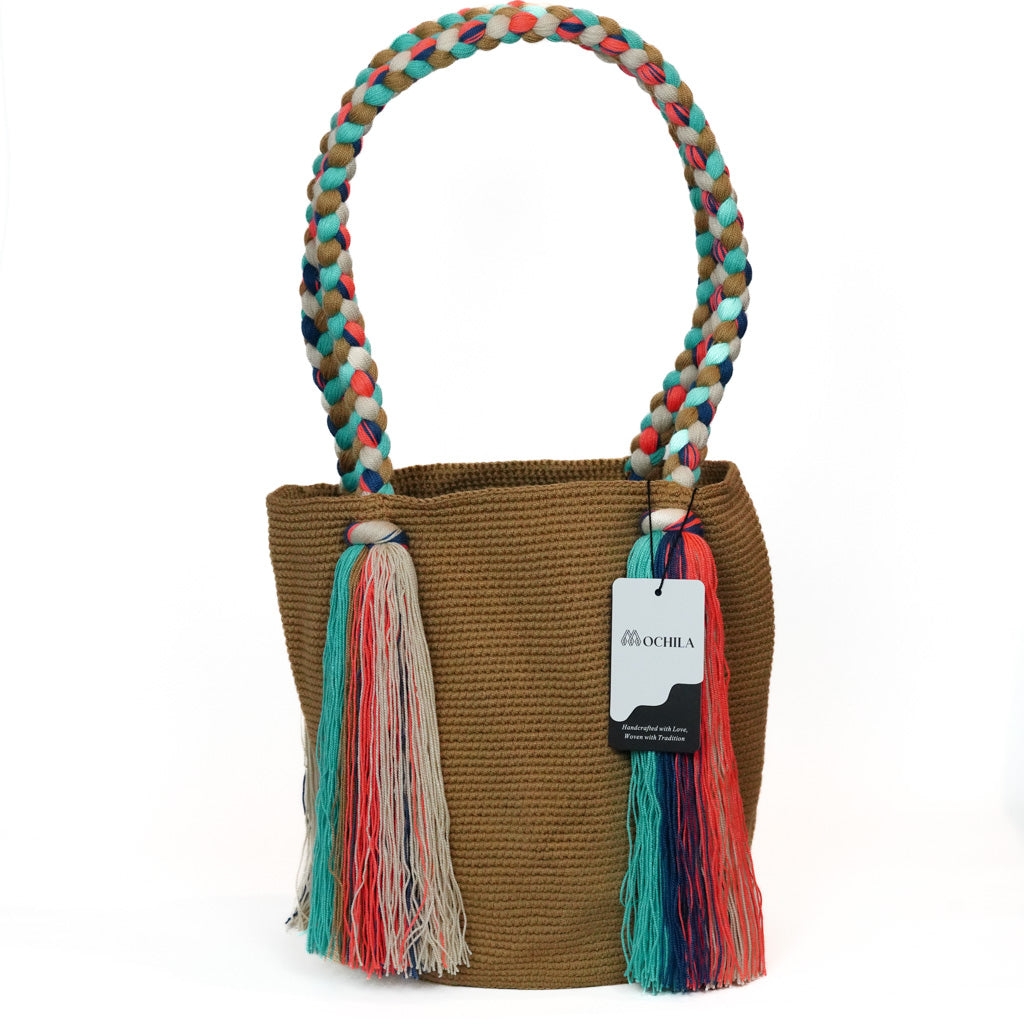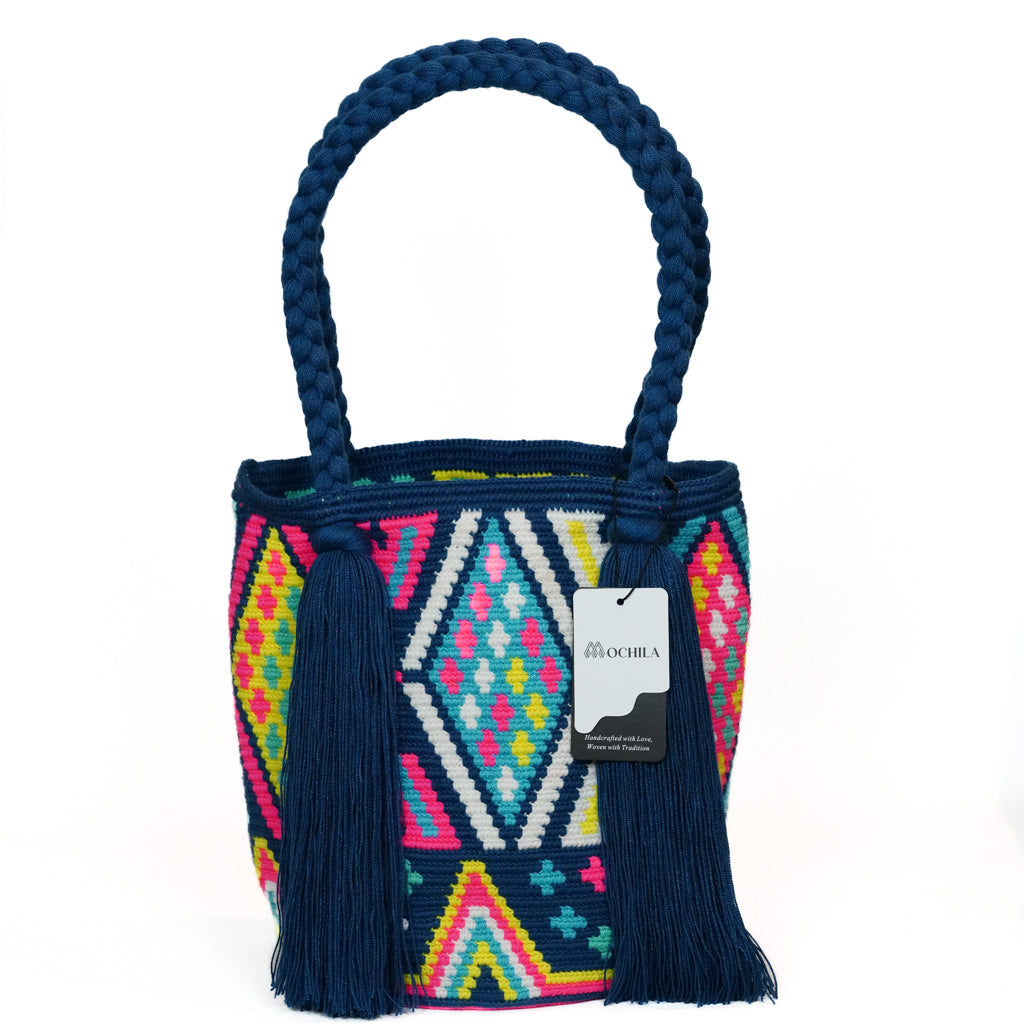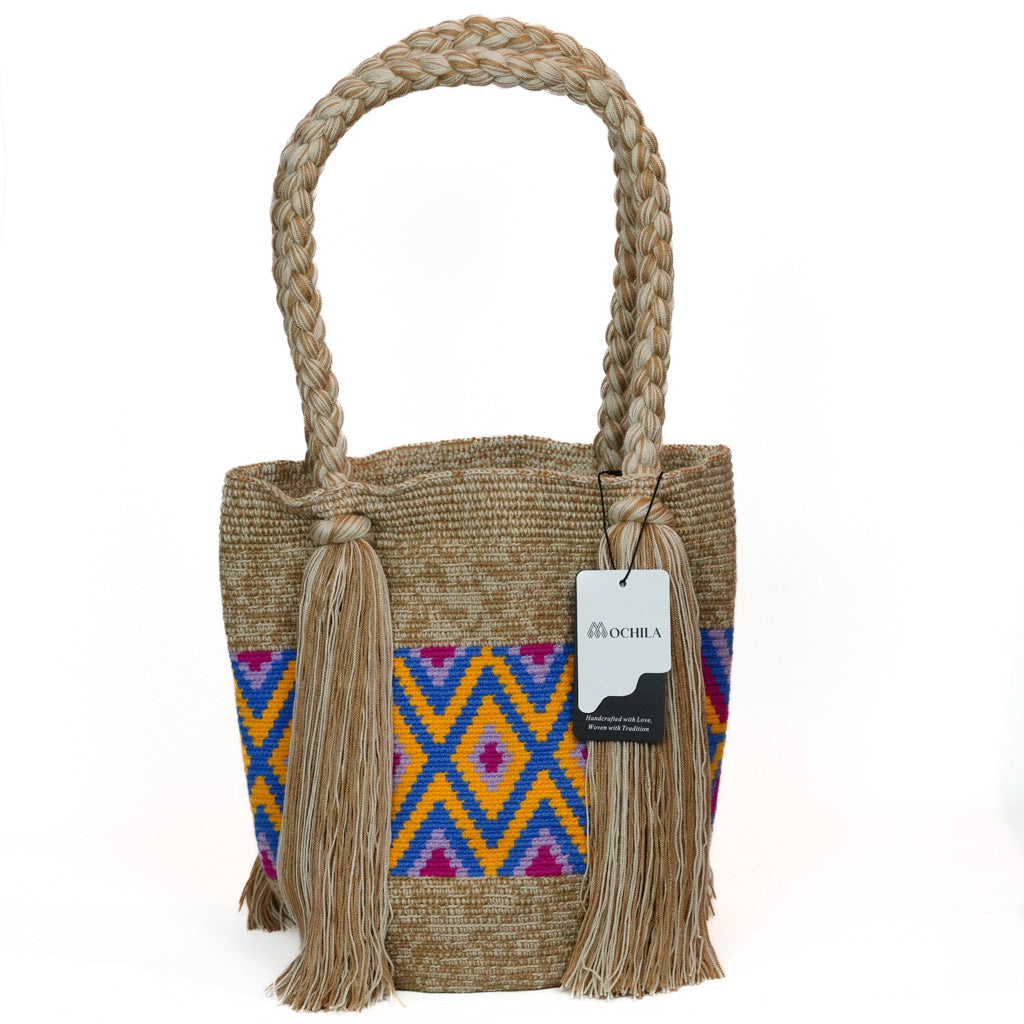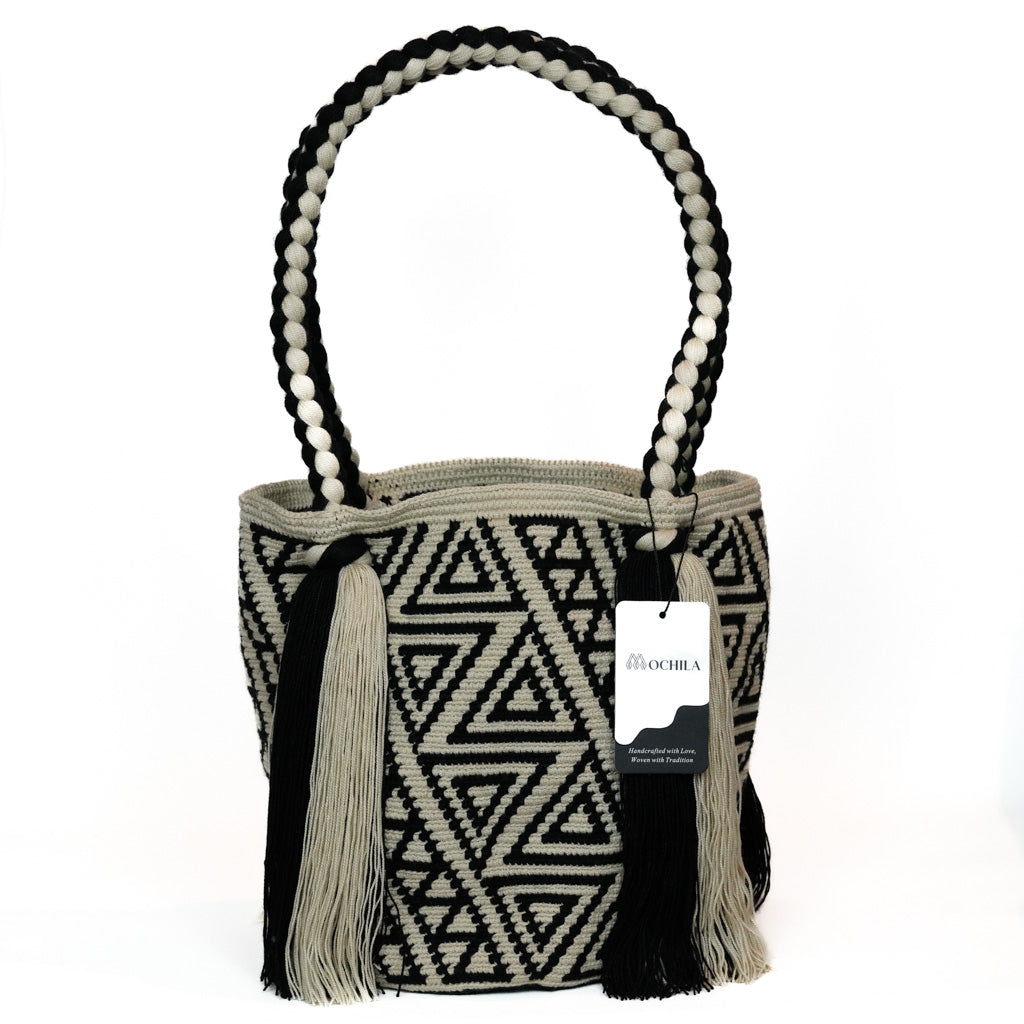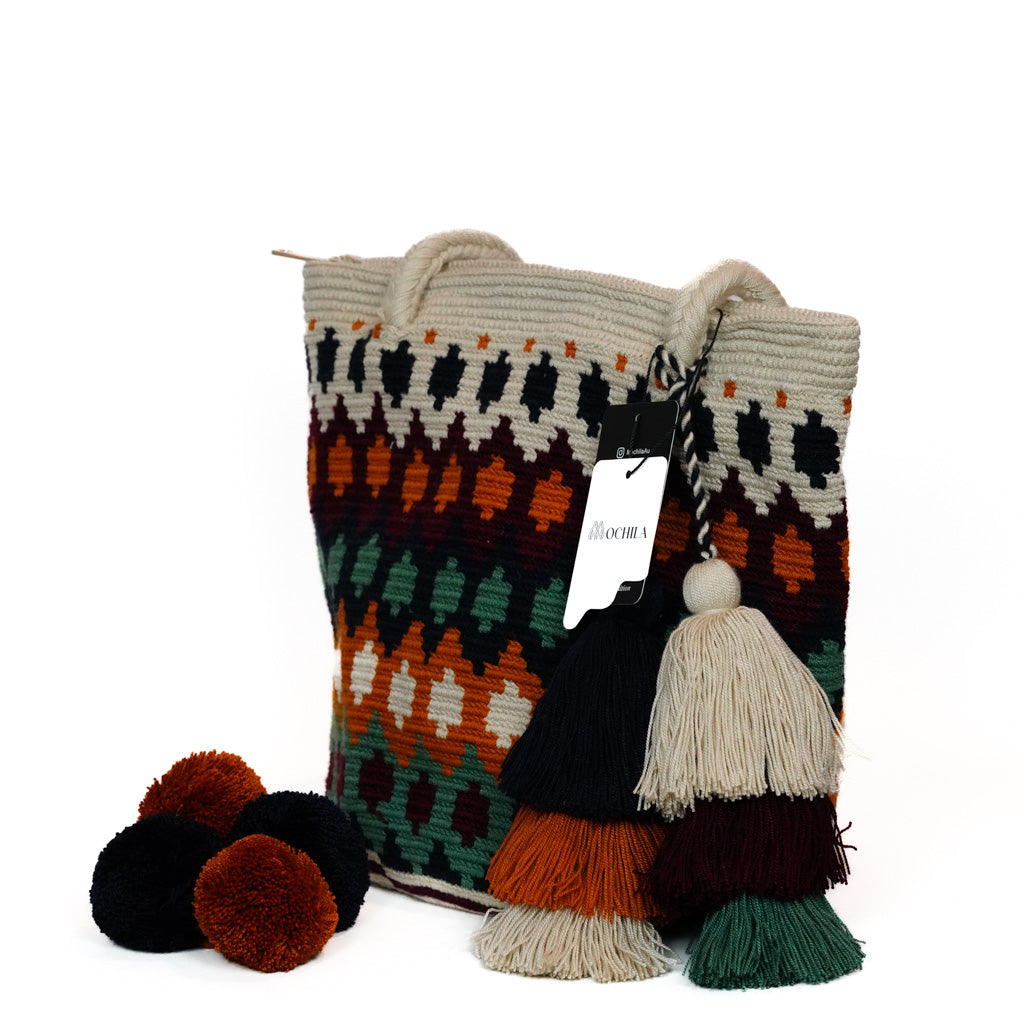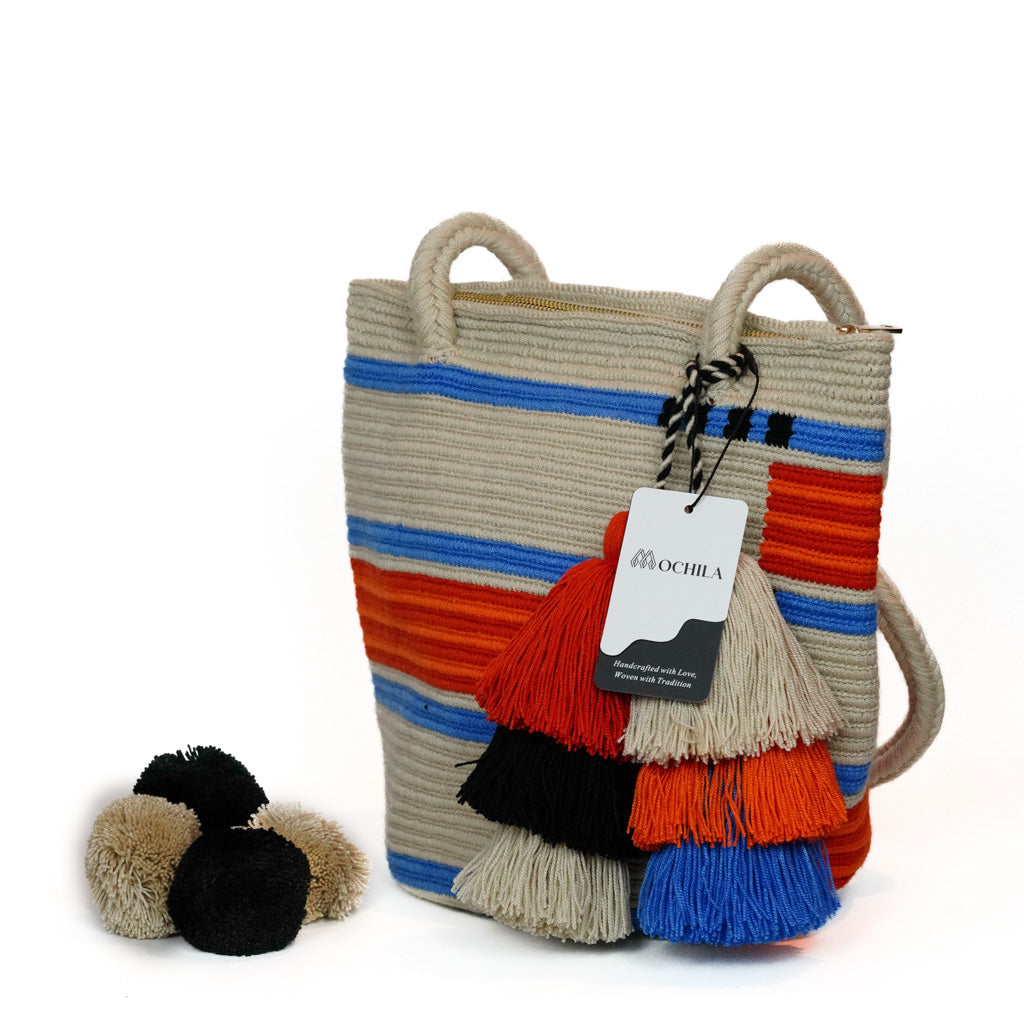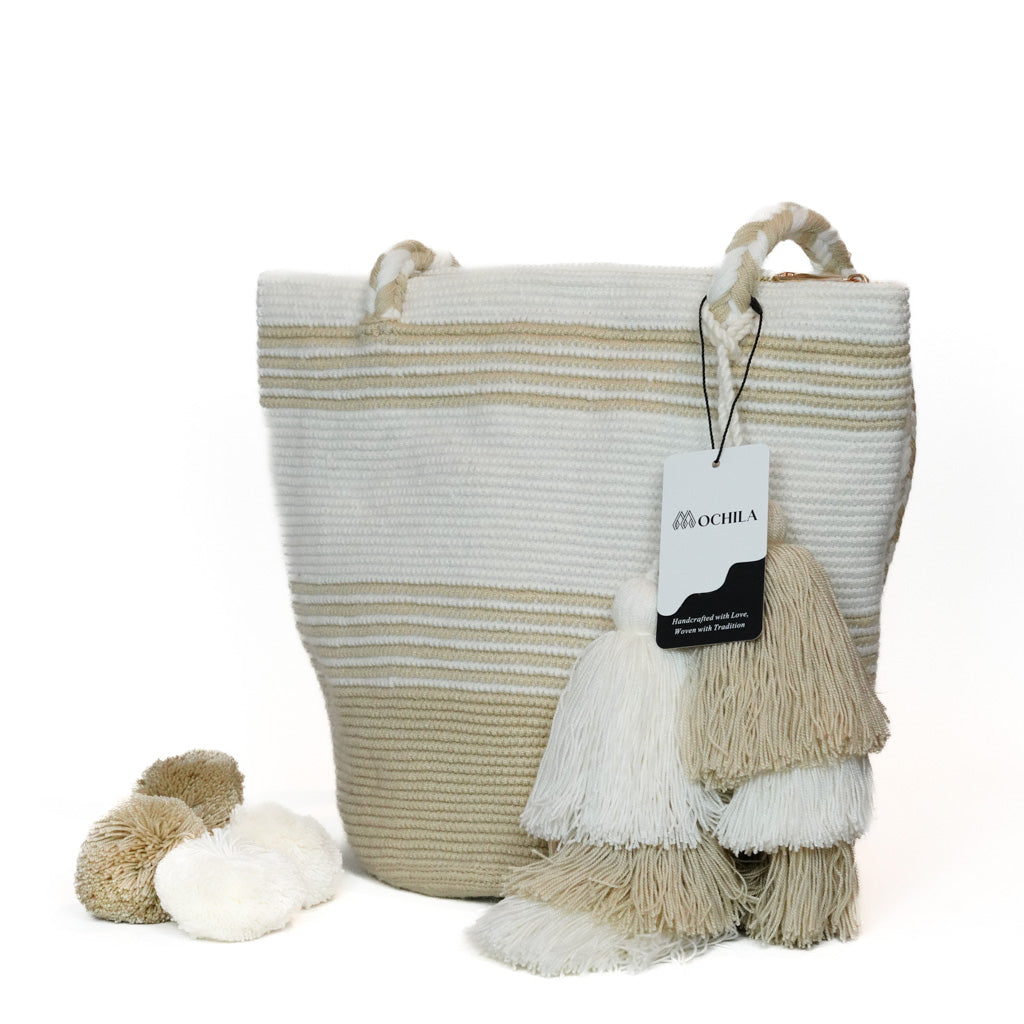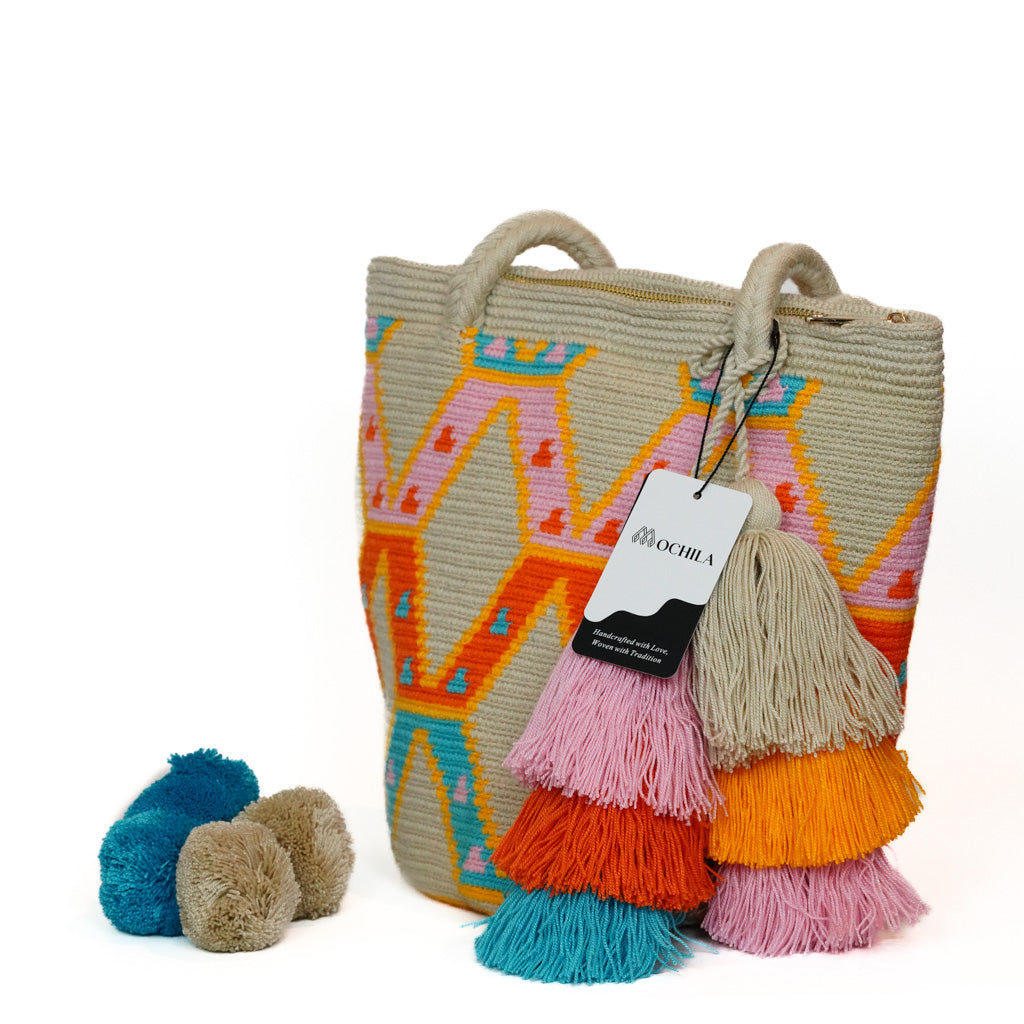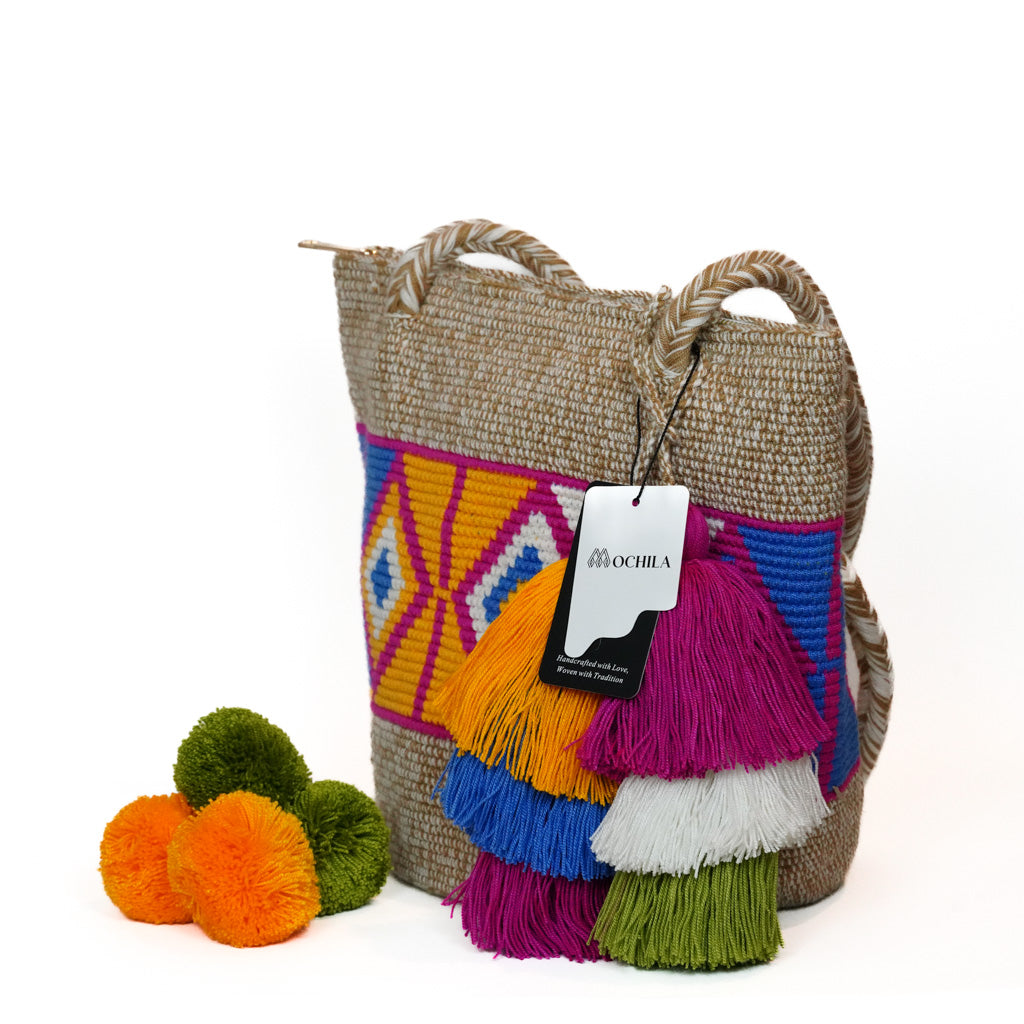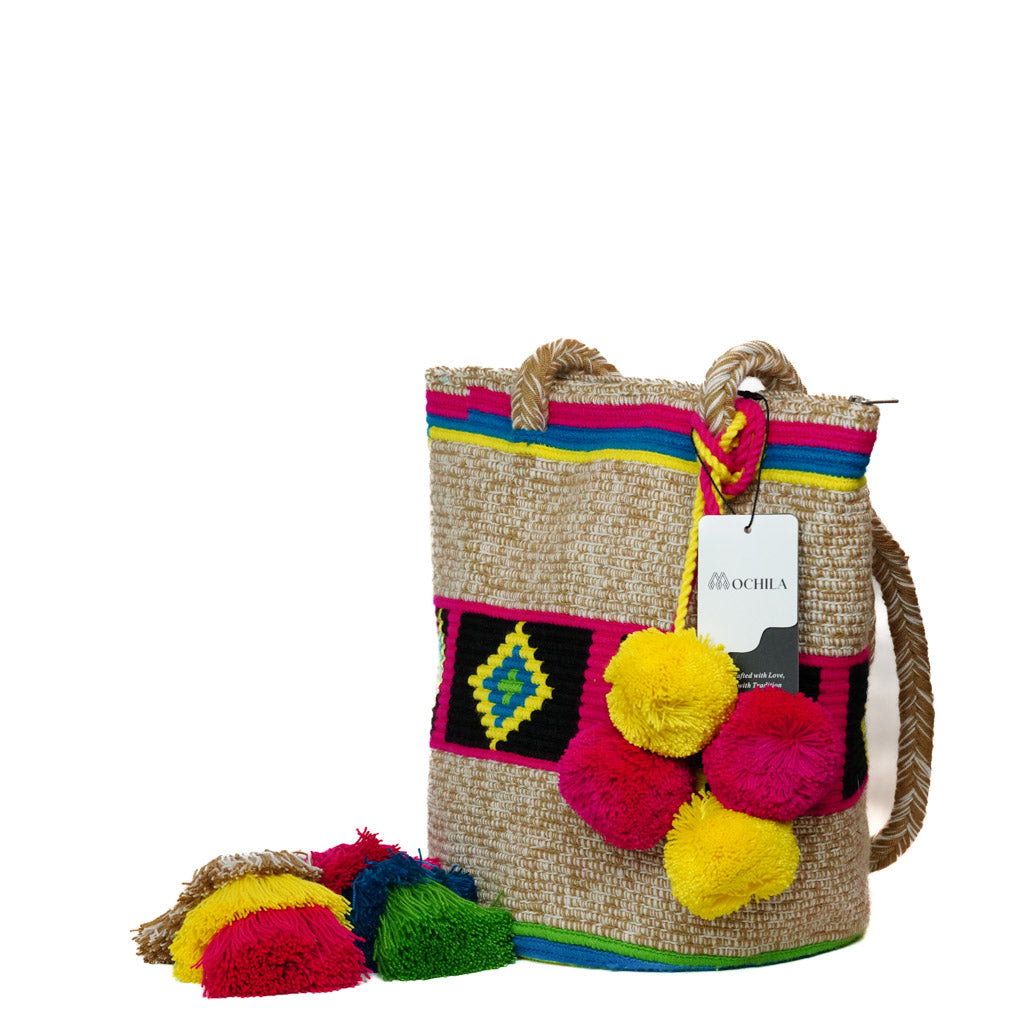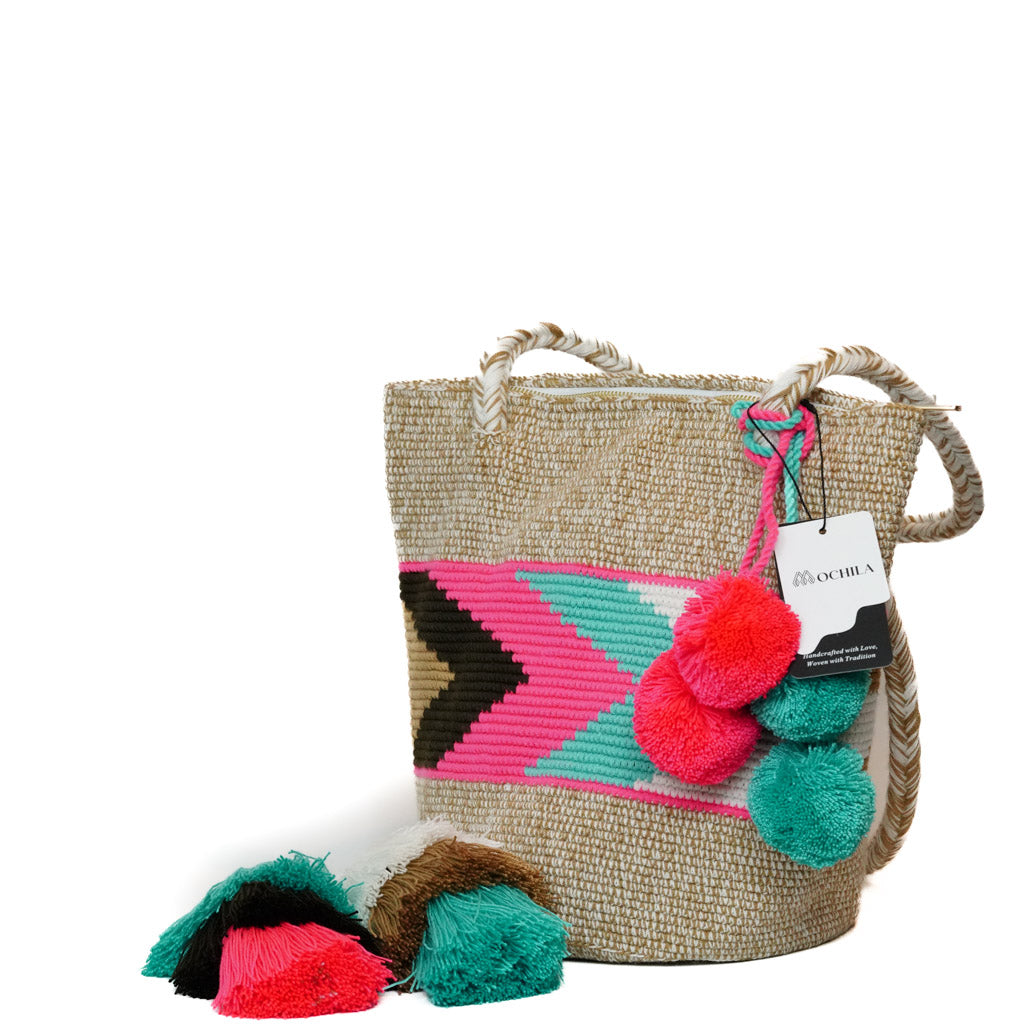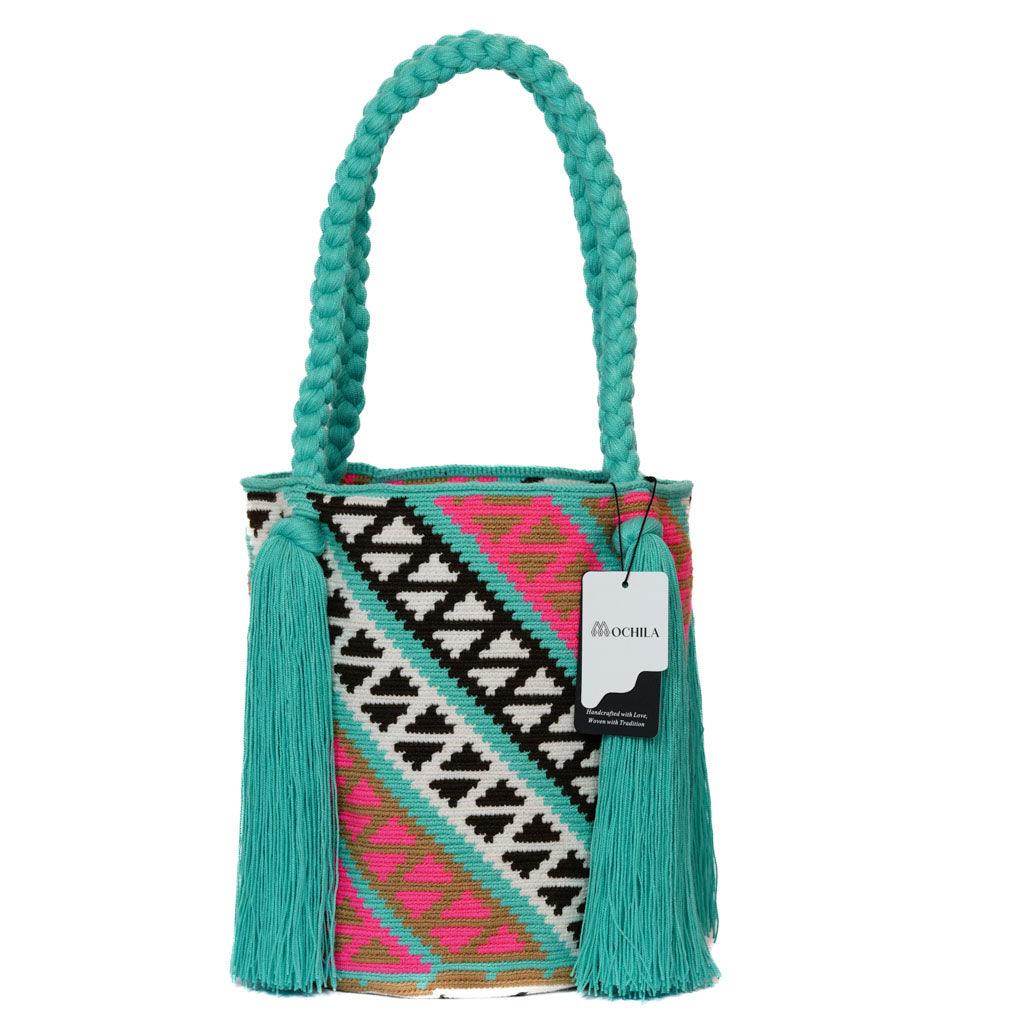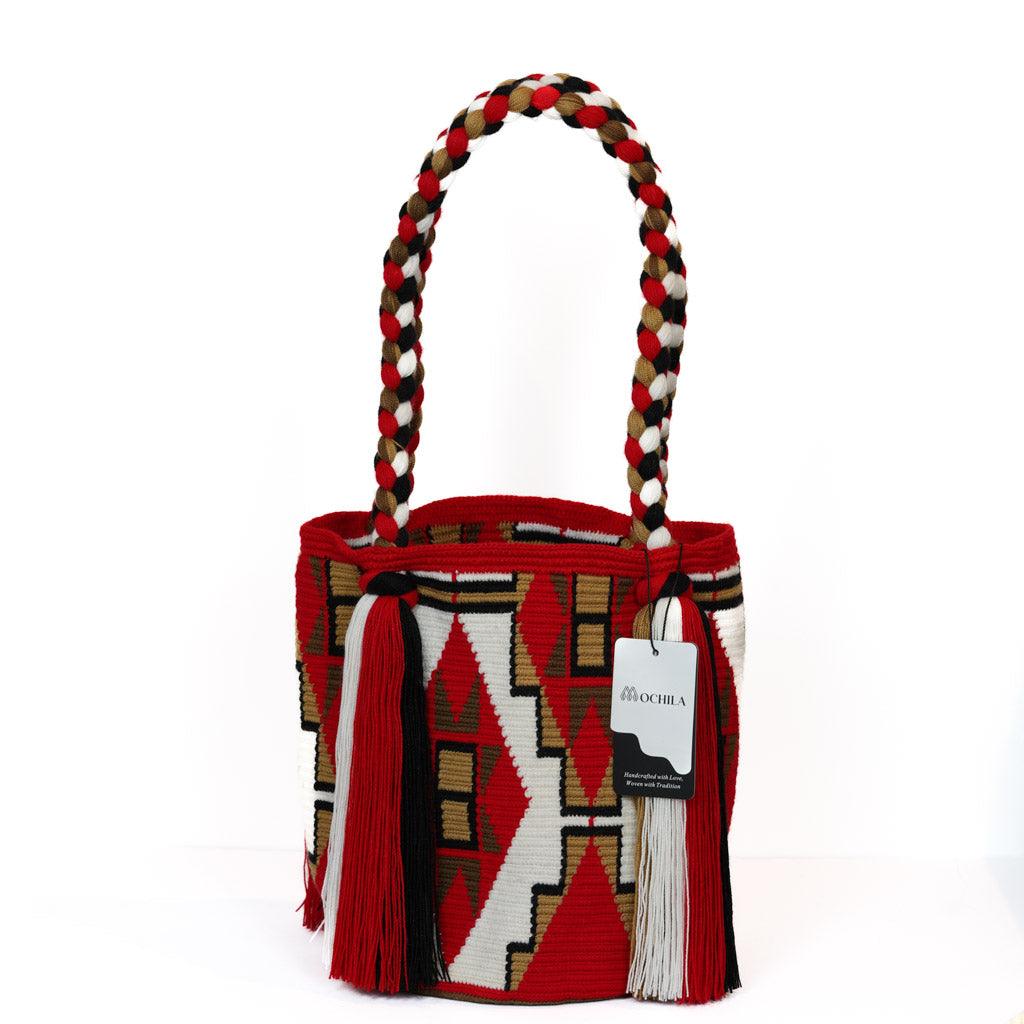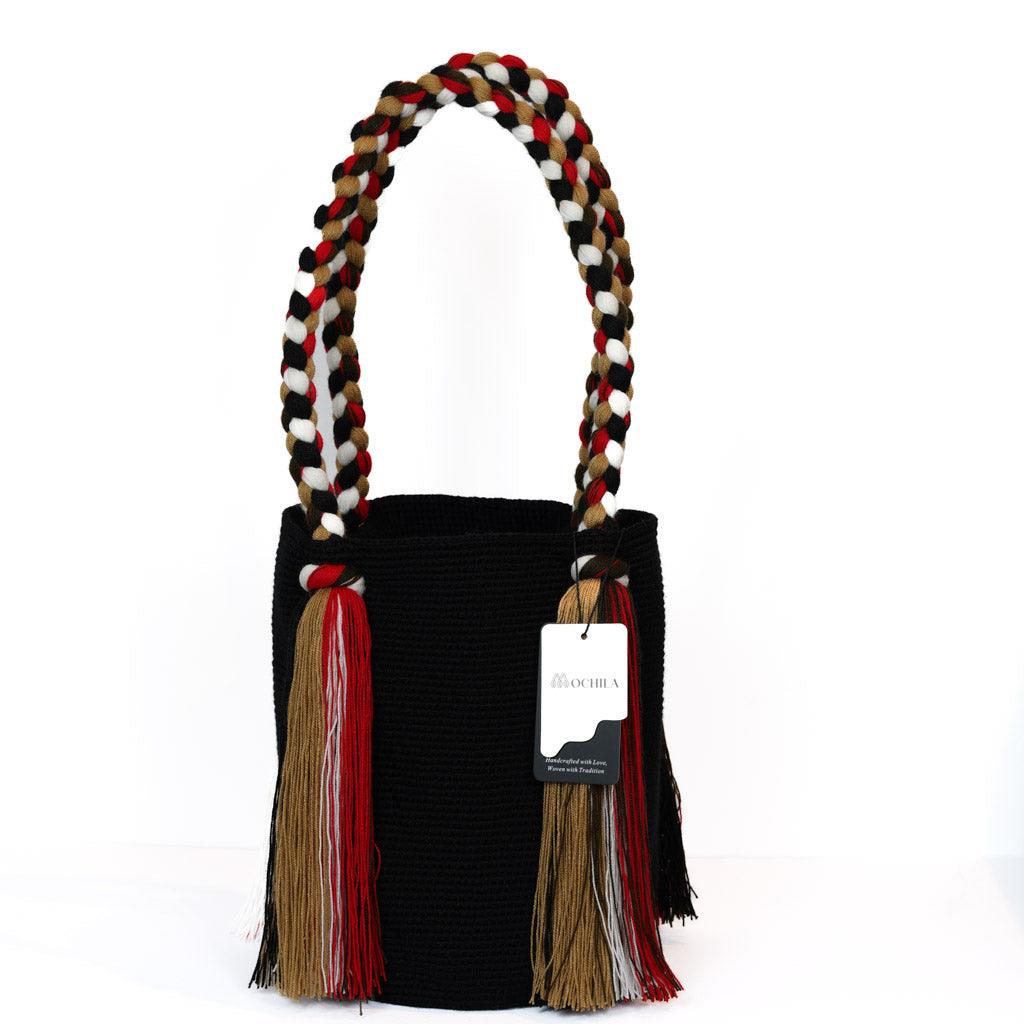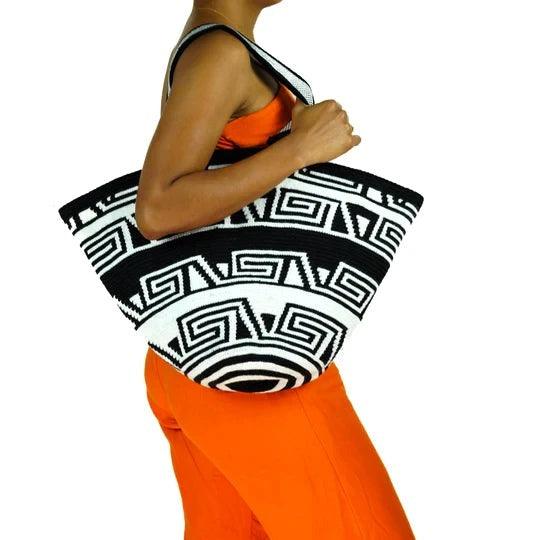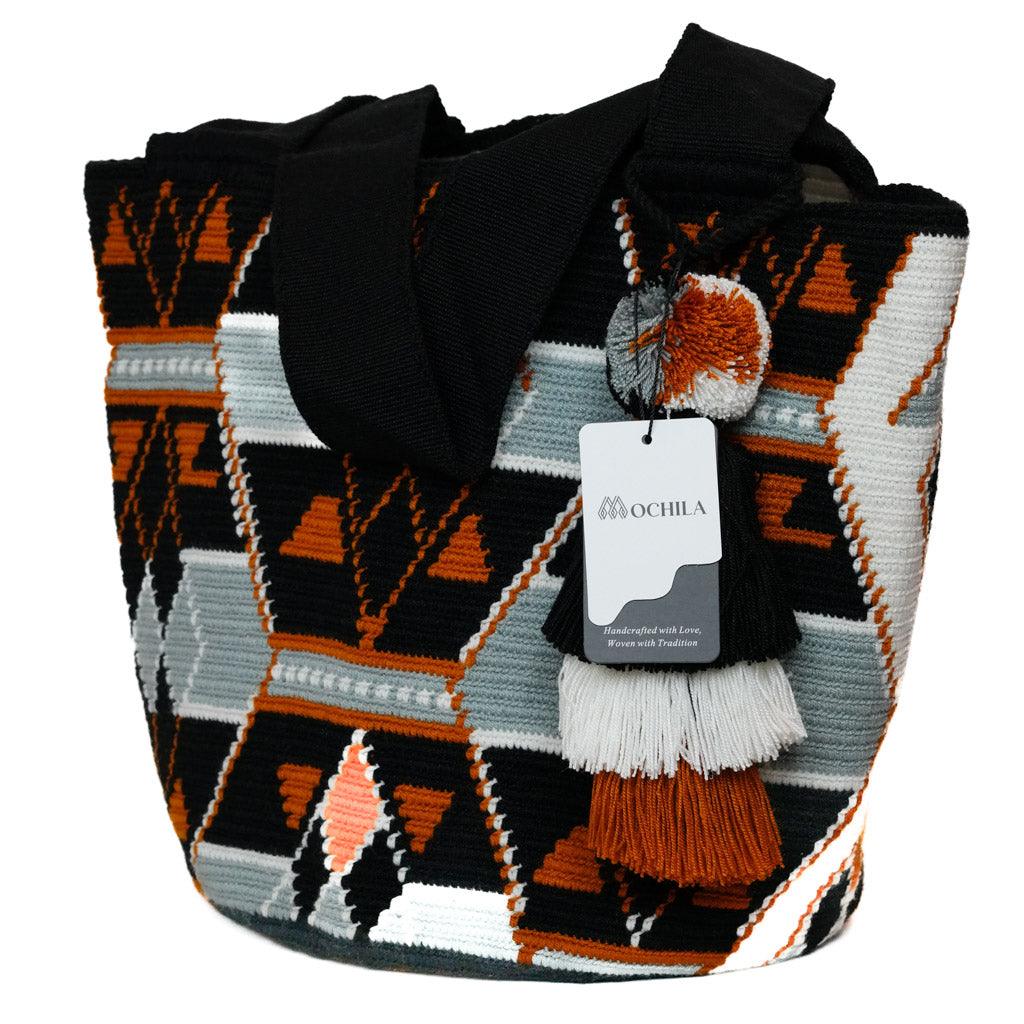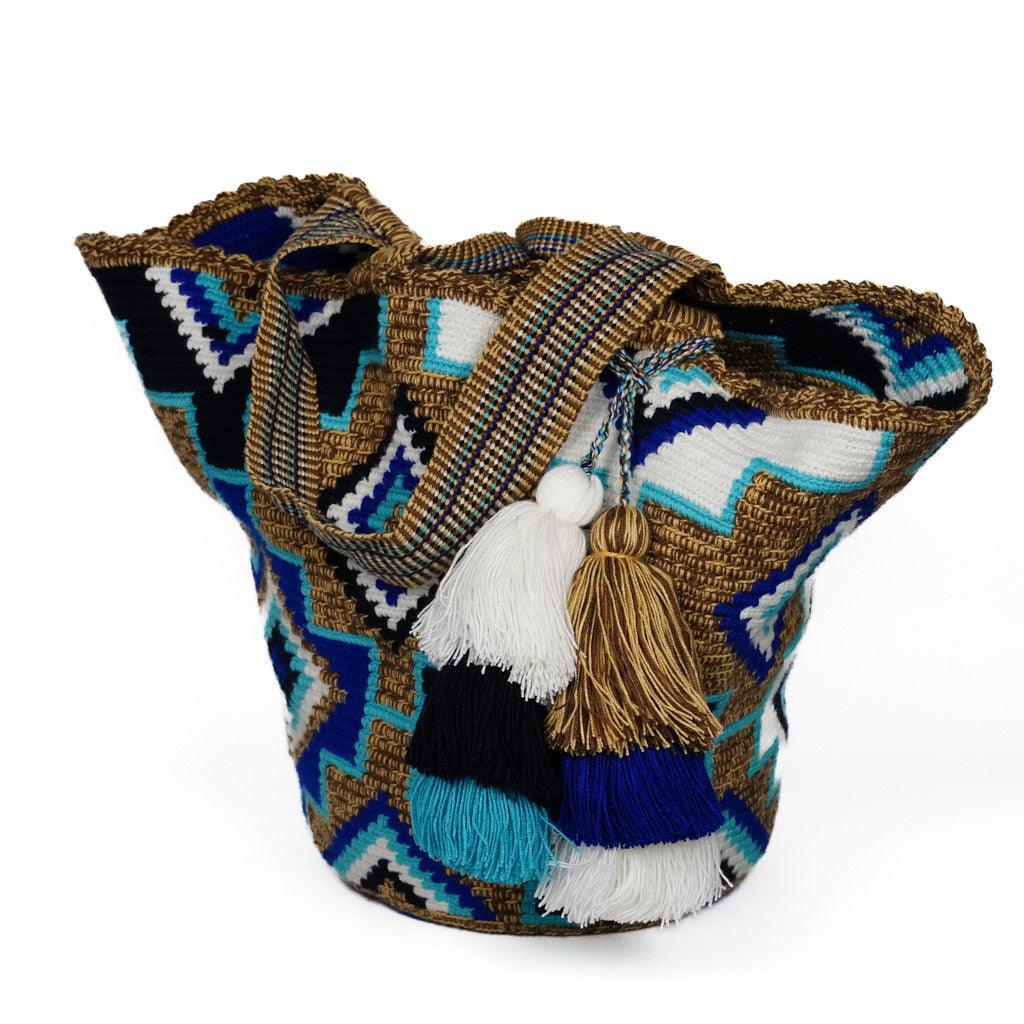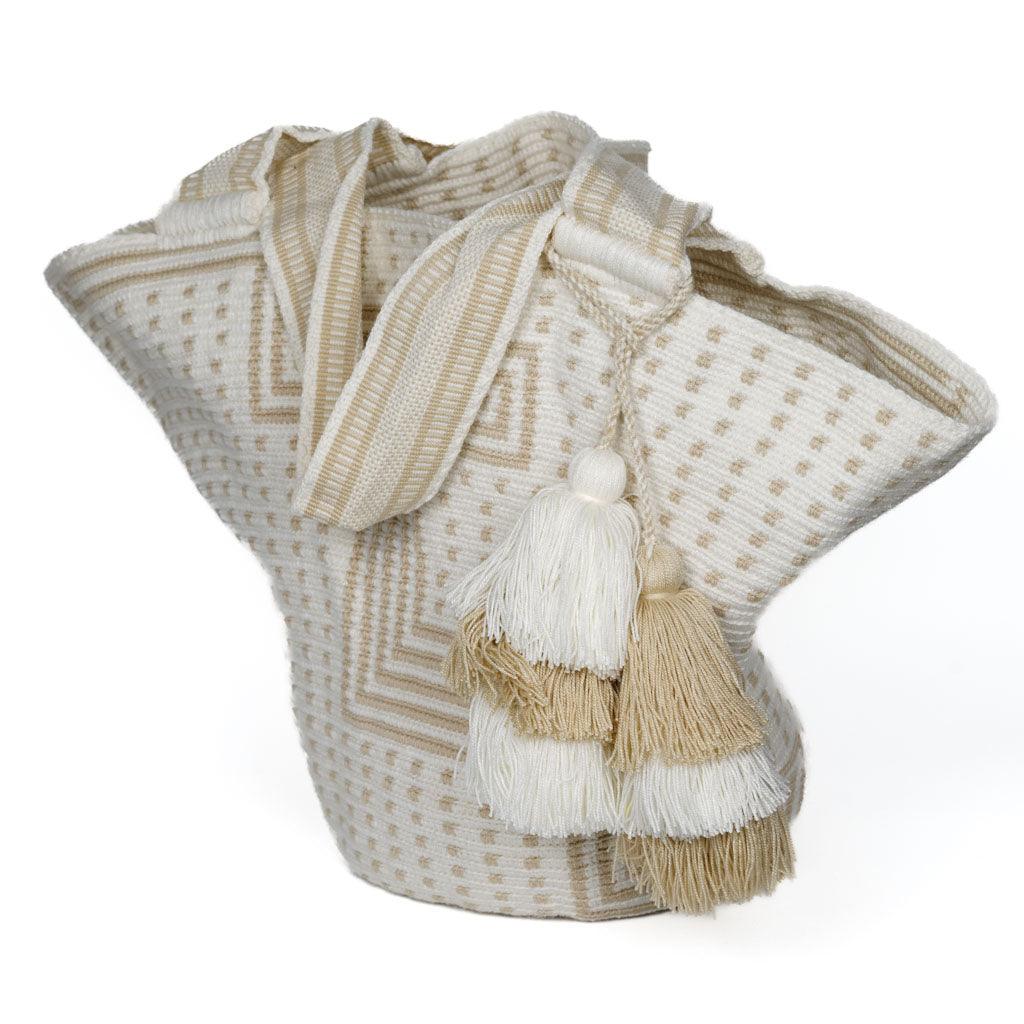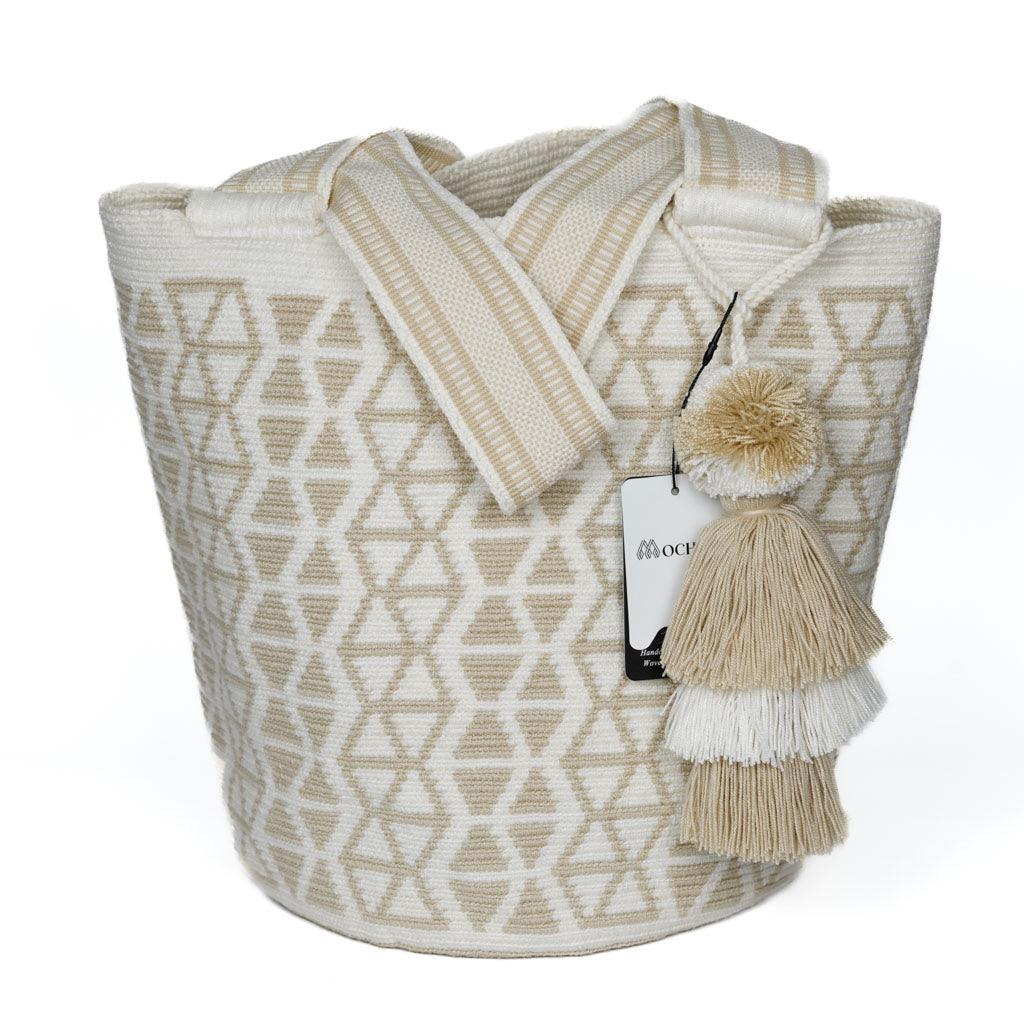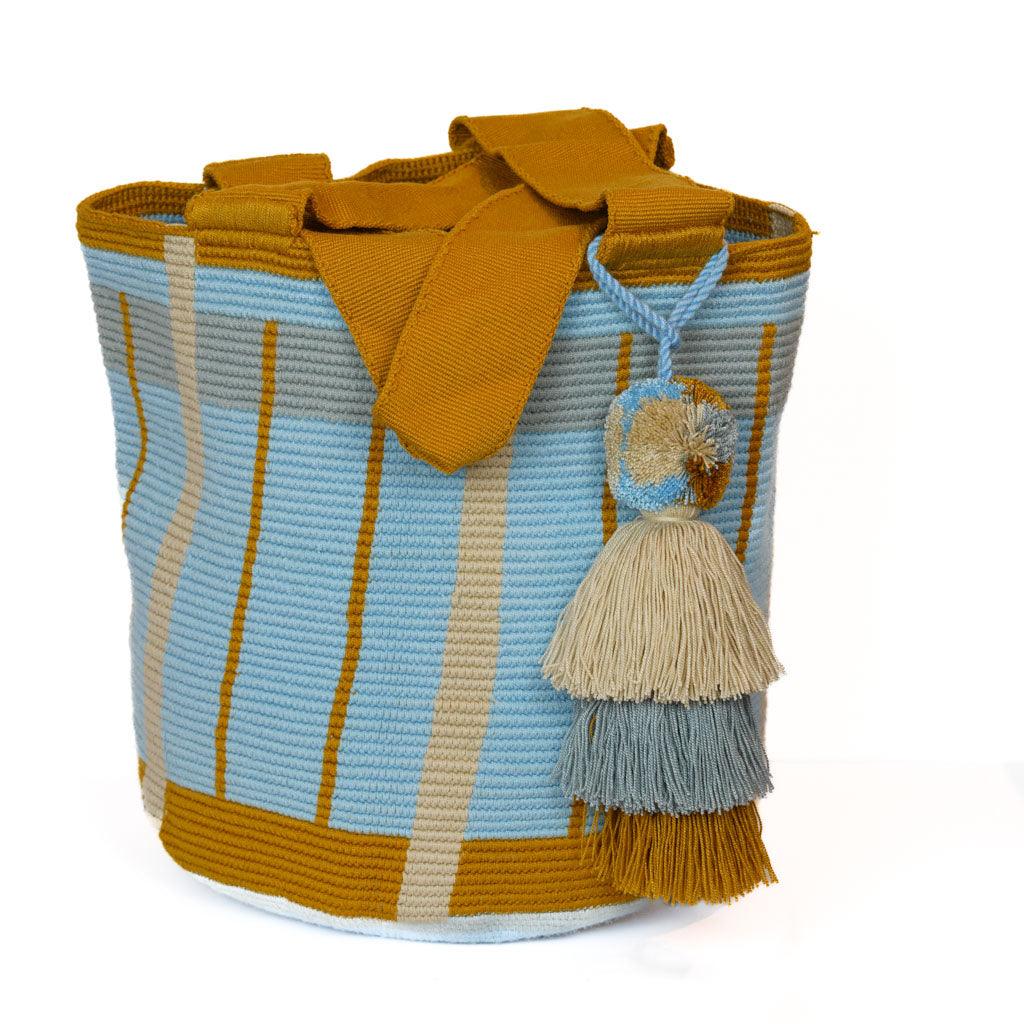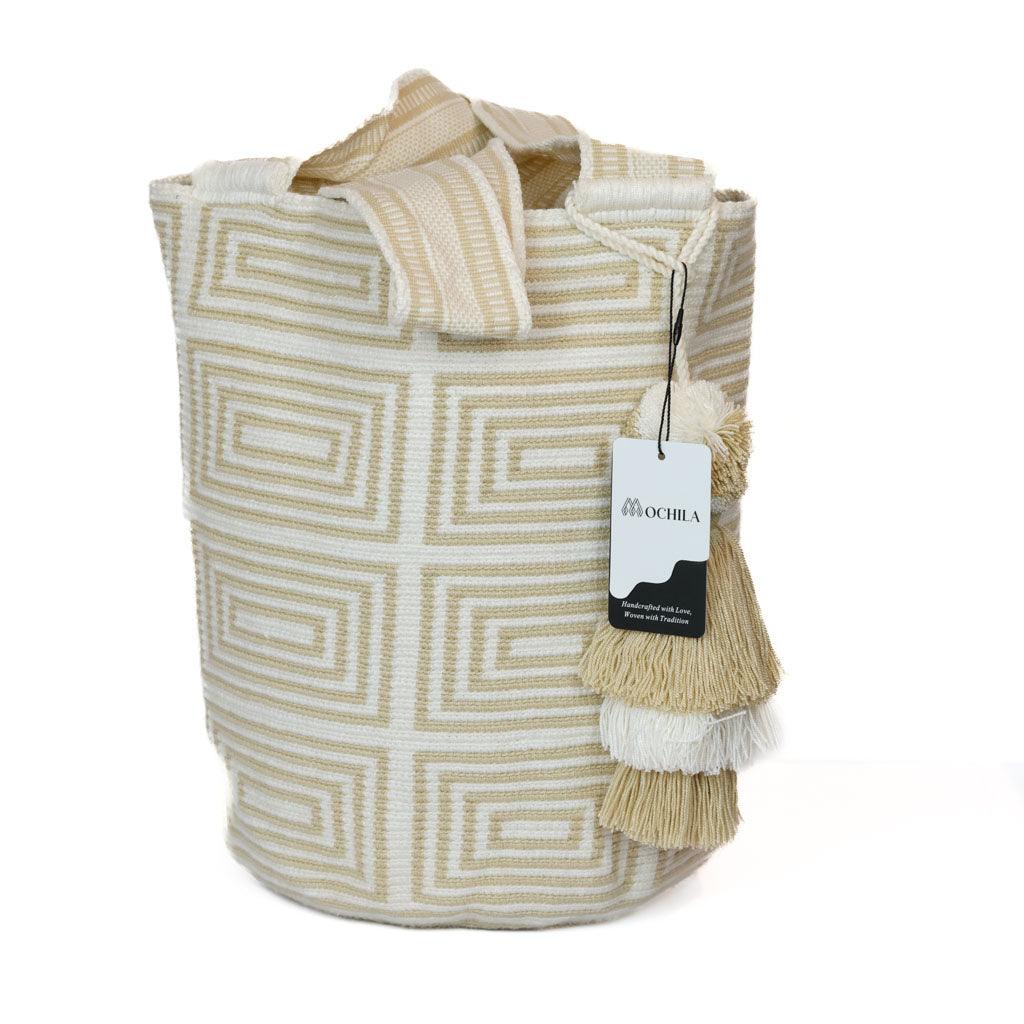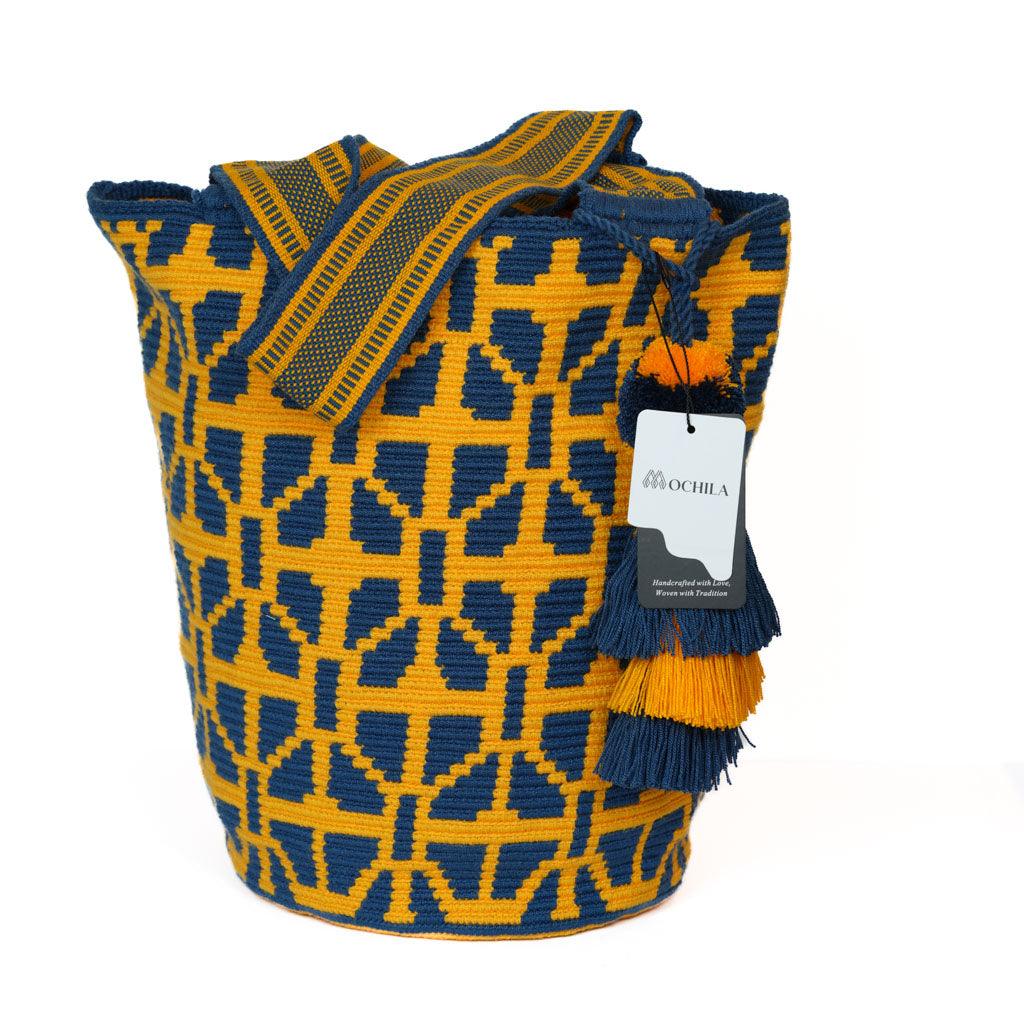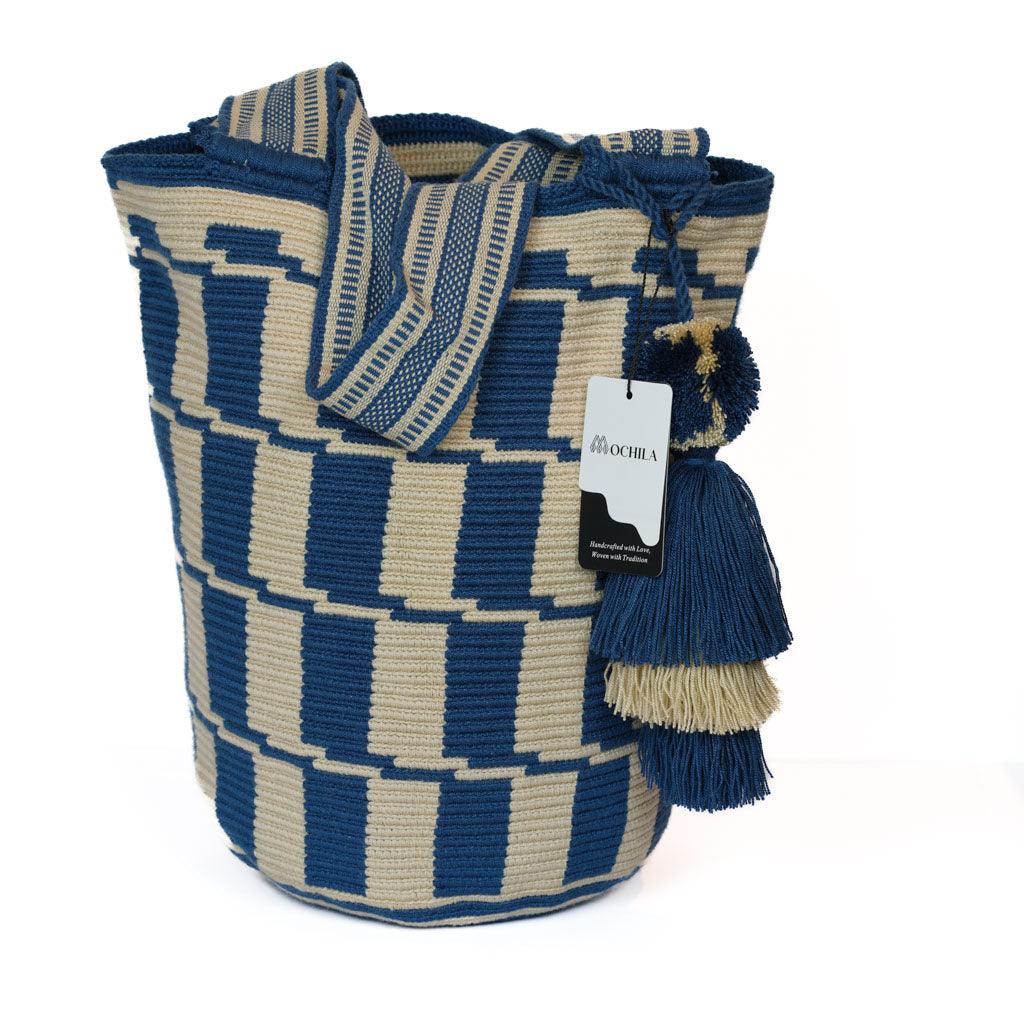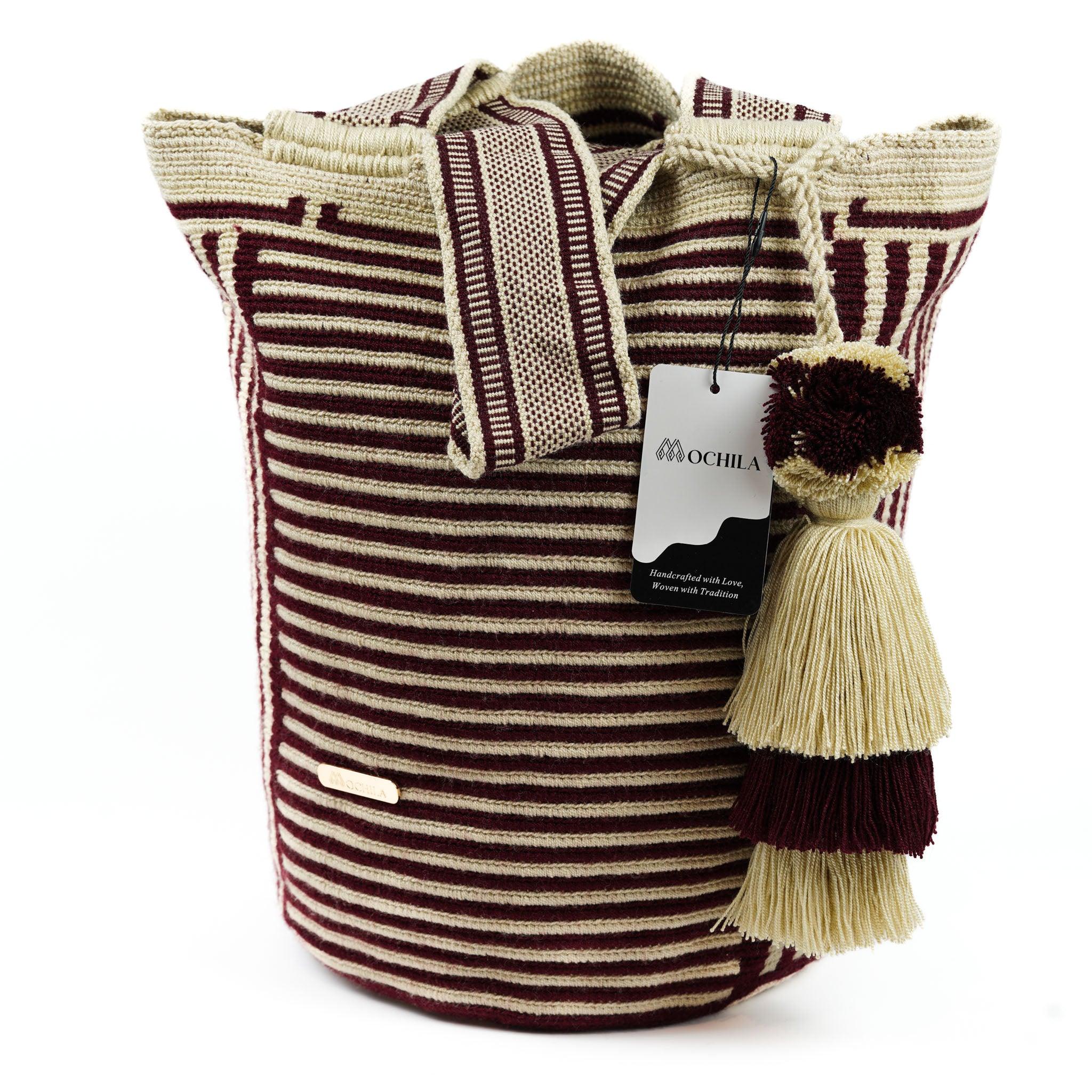Introduction to Crocheting Kitchen Accessories
As you journey into the world of crochet, one exciting venture can be learning how to crochet kitchen accessories. This activity not only enhances your crochet skills but also provides a practical and creative outlet. From dishcloths to pot holders, crocheted kitchen accessories add a personalized touch to your culinary space.
Why Crochet Kitchen Accessories?
Crocheting kitchen accessories is an excellent way to infuse your kitchen with a dash of handmade charm. These accessories can be customized to match your kitchen decor, making them a delightful addition to your space.
By learning to crochet kitchen accessories, you can create functional items that are also aesthetically appealing. Whether you want to make a colorful coaster set or a stylish pot holder, these projects allow you to apply and expand your crochet skills. For beginners who are not sure where to start, our article on how to crochet for beginners can provide helpful insights.
The Benefits of Handmade Kitchenware
Handmade kitchenware, such as crocheted accessories, offer several benefits. They are unique and can be customized to your preference, making them a reflection of your personal style. This is a wonderful way to express your creativity and personality.
Additionally, crocheting your own kitchen accessories can be a cost-effective alternative to store-bought items. With just some yarn and a crochet hook, you can create a variety of useful kitchen items. Plus, these handmade items often have a high-quality, durable feel that store-bought items sometimes lack.
Moreover, crocheting kitchen accessories can be a relaxing and rewarding hobby. It provides an opportunity to learn new stitches and techniques, which you can use to tackle more intricate projects later on. Check out our article on how to crochet stitches to learn more.
In conclusion, crocheting kitchen accessories is a practical and enjoyable way to enhance your crochet skills. Whether you are a beginner or an experienced crocheter, these projects offer an opportunity for creativity, customization, and cost savings. So, grab your crochet hook and start exploring the wonderful world of crocheting kitchen accessories!
Fundamental Crochet Techniques
It's important to note that the skill of crocheting kitchen accessories involves understanding and mastering several crochet techniques. These techniques form the basis of how to crochet kitchen accessories and other complex projects.
Understanding Basic Crochet Stitches
The foundation of any crochet project, including kitchen accessories, lies in mastering the basic crochet stitches. These include the chain stitch (ch), single crochet (sc), double crochet (dc), and half double crochet (hdc). Each stitch offers a unique texture and density that adds to the overall design of the project.
Here's a simple breakdown of these stitches:
| Stitch | Symbol | Description |
|---|---|---|
| Chain Stitch (ch) | o |
The most fundamental stitch, used to begin most crochet projects. |
| Single Crochet (sc) | x |
Short and dense stitch, perfect for creating firm, sturdy fabric. |
| Double Crochet (dc) | T |
Twice as tall as the single crochet, this stitch is great for creating a lighter, more airy fabric. |
| Half Double Crochet (hdc) | Y |
A stitch that's midway in height between single and double crochet. |
Mastering these basic stitches is crucial for any crochet enthusiast. For a detailed guide on these stitches, refer to our article on how to crochet stitches.
Mastering Crochet Techniques for Intricate Patterns
Beyond basic stitches, there are various techniques that crocheters can employ to create intricate and unique patterns. These techniques are especially useful when you want to add a decorative touch to your kitchen accessories.
Working in the Round: This technique involves creating a circular piece of fabric by joining the end of each round with a slip stitch. It's the foundation of creating coasters, pot holders and other circular kitchen accessories.
Creating Textured Stitches: Techniques like the bobble stitch, puff stitch, or popcorn stitch can add depth and texture to your crochet pieces.
Changing Colors: By skillfully changing yarn colors within a project, you can create beautiful multicolored patterns. This can add a vibrant touch to your kitchen accessories.
Crocheting Lace Patterns: Using a combination of basic stitches and chain spaces, you can create delicate lace patterns that add an elegant touch to your accessories.
By mastering these crochet techniques, you can create intricate patterns that bring your kitchen accessories to life. For an in-depth guide on these techniques, refer to our article on how to crochet. Remember, the key to mastering these techniques is practice and patience. Happy crocheting!
Crocheting Kitchen Accessories
Creating kitchen accessories is an excellent way to utilize your crochet skills. It provides an opportunity to create practical items that add a touch of personal style to your kitchen. Let's delve into how to crochet kitchen accessories such as dishcloths and towels, coasters and placemats, as well as pot holders and oven mitts.
Crocheting Dishcloths and Towels
Crocheted dishcloths and towels are a common kitchen accessory that can be both practical and decorative. It's important to choose a yarn that is durable and absorbs well, such as cotton.
When creating dishcloths or towels, you can use a variety of stitches depending on the desired texture and thickness. For beginners, it's recommended to start with simple stitches like the single crochet or double crochet stitch. As your skills improve, you can experiment with more complex stitches and patterns. For detailed instructions and patterns, check out our article on how to crochet dishcloths.
Creating Coasters and Placemats
Coasters and placemats are another popular kitchen accessory to crochet. They add a decorative touch to your tables and counters while also protecting them from heat and spills. Similar to dishcloths and towels, it's best to use durable and absorbent yarn.
Coasters and placemats can range from simple circular or square designs to intricate patterns that showcase your crocheting skills. For beginners looking to learn how to crochet coasters and placemats, check out our article on how to crochet coasters.
Crafting Pot Holders and Oven Mitts
Pot holders and oven mitts are practical kitchen accessories that protect your hands from hot pots and pans. They require a thicker stitch to provide adequate heat protection. Using double strands of yarn or a tightly woven stitch like the single crochet stitch can achieve this thickness.
When creating pot holders and oven mitts, it's important to use yarn that can withstand high temperatures, such as cotton or wool. Synthetic yarns are not recommended as they may melt when exposed to heat.
As you can see, crocheting kitchen accessories provides a great opportunity to practice different stitches and techniques while creating useful items for your home. It's a perfect project for beginner and intermediate crocheters looking to expand their skills. For further assistance in mastering these and other crochet projects, refer to our comprehensive guide on how to crochet.
Tips to Enhance Your Crochet Skills
Mastering the art of crocheting kitchen accessories requires practice, patience, and the right tools. Here are some tips to help you enhance your crochet skills and create stunning handmade items for your kitchen.
Choosing the Right Yarn and Hooks
The quality of your finished crochet project begins with the selection of the right yarn and hooks. The choice of yarn can significantly impact the texture, appearance, and durability of your kitchen accessories. For kitchen items, consider choosing cotton yarn as it is durable, absorbent, and can withstand high heat.
Selecting the right crochet hook is equally important. The size of the hook should correspond with the weight of the yarn used. A larger hook size will create loose and airy stitches, while a smaller hook size will create tight and firm stitches. For more information on how to determine crochet hook sizes, consider visiting our guide on how to determine crochet hook sizes.
Understanding Patterns and Diagrams
Reading and interpreting crochet patterns and diagrams is a valuable skill when learning how to crochet kitchen accessories. Patterns provide step-by-step instructions, while diagrams give a visual representation of the stitches and their sequence. This can help you understand how the finished product should look.
When starting a new project, take the time to read through the entire pattern or diagram first. This will ensure you understand all the steps and techniques involved. For more guidance on how to read crochet patterns and diagrams, our how to crochet guide can be a good starting point.
Practicing Regularly to Improve
As with any craft, practice is the key to improvement. Regularly practicing your crochet skills will help you become more comfortable with different stitches and techniques. Start with simple projects like dishcloths or coasters and gradually move on to more complex projects as you gain confidence.
Try to set aside a regular time for practice, even if it's just a few minutes each day. Over time, you'll find that your speed, precision, and ability to follow patterns improve significantly. Remember, every crochet artist was once a beginner, and with time and patience, you too can master the art of crocheting kitchen accessories.
Caring for Your Crocheted Kitchen Accessories
Once you've mastered the art of how to crochet kitchen accessories, it's crucial to know how to properly care for these handmade items. This includes understanding the best practices for cleaning and maintenance, as well as tips for ensuring the longevity of your creations.
Cleaning and Maintenance Tips
The first step in caring for your crocheted kitchen accessories is knowing how to clean them properly. Most crocheted items can be washed by hand or in a washing machine on a gentle cycle. However, it's always a good idea to check the care instructions for the specific type of yarn used in your project.
When washing by hand, use lukewarm water and a mild detergent. Gently agitate the items in the water, being careful not to stretch or pull them out of shape. Rinse thoroughly and press out the excess water, then lay flat to dry. Avoid wringing out your crocheted items, as this can cause them to become misshapen.
If machine washing, place the items in a mesh laundry bag to protect them from snagging or tangling. Use a gentle cycle and cold water. Again, lay flat to dry.
For stubborn stains, spot clean with a mild detergent, being careful not to rub too hard and damage the yarn.
Ensuring Durability and Longevity of Your Creations
In addition to proper cleaning and maintenance, there are other steps you can take to ensure the durability and longevity of your crocheted kitchen accessories.
First, choose a high-quality, durable yarn for your projects. Cotton is a popular choice for kitchen items due to its durability and absorbency. However, other types of yarn may also be suitable, depending on the specific project.
Second, ensure that your stitches are tight and even. Loose or uneven stitches can lead to weak spots in your items, which can wear out more quickly over time.
Third, avoid using bleach or harsh detergents when washing your crocheted items. These can break down the fibers in the yarn and cause your items to wear out more quickly.
Finally, store your crocheted kitchen accessories properly when not in use. Keep them in a cool, dry place out of direct sunlight to prevent fading and damage from moisture.
By following these tips for cleaning and maintenance, your handmade kitchen accessories can provide you with many years of use. Whether you're making dishcloths, pot holders, or other kitchen items, proper care can help ensure that your creations remain beautiful and functional for a long time. For more tips and tutorials on how to crochet various items, visit our how to crochet section.

